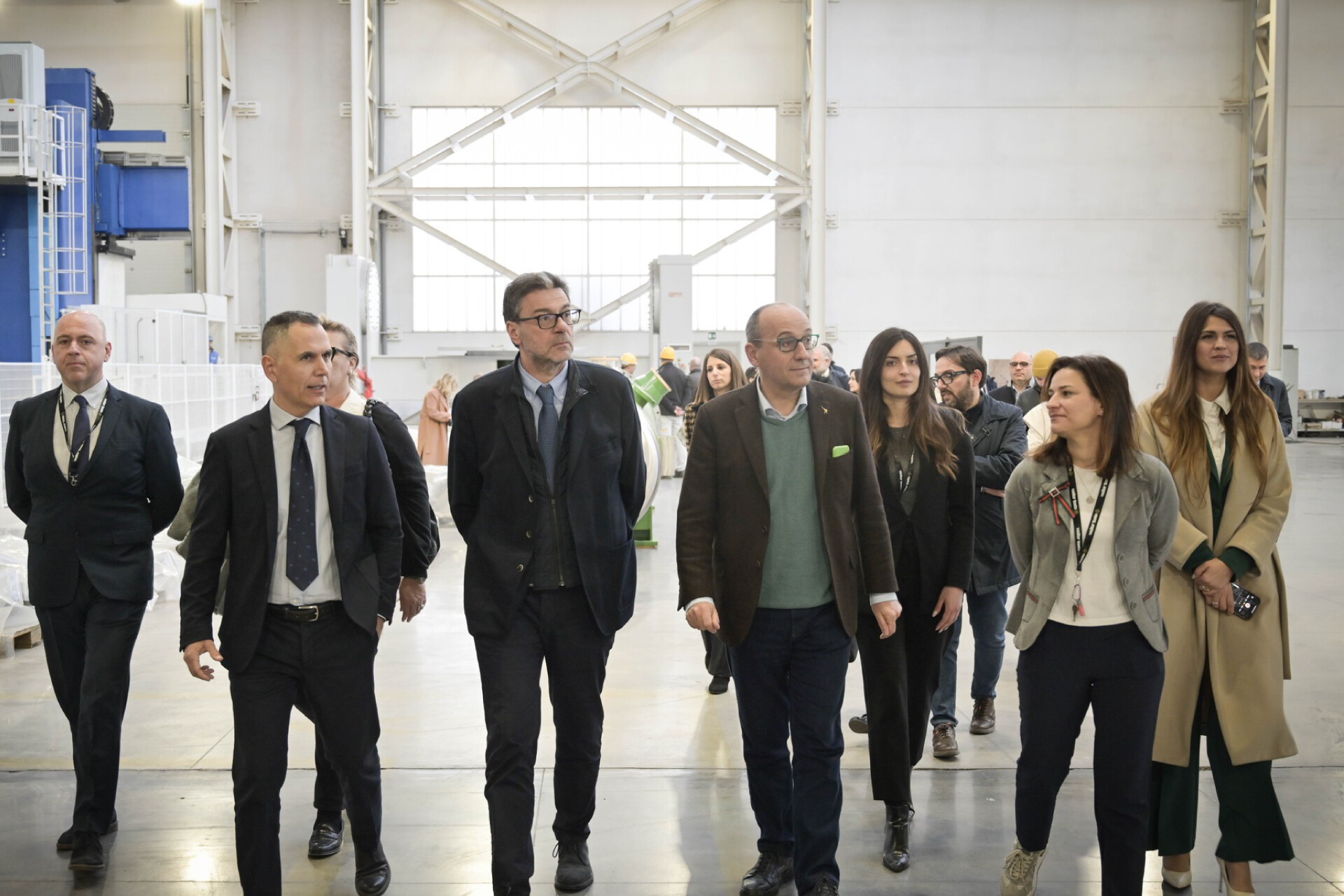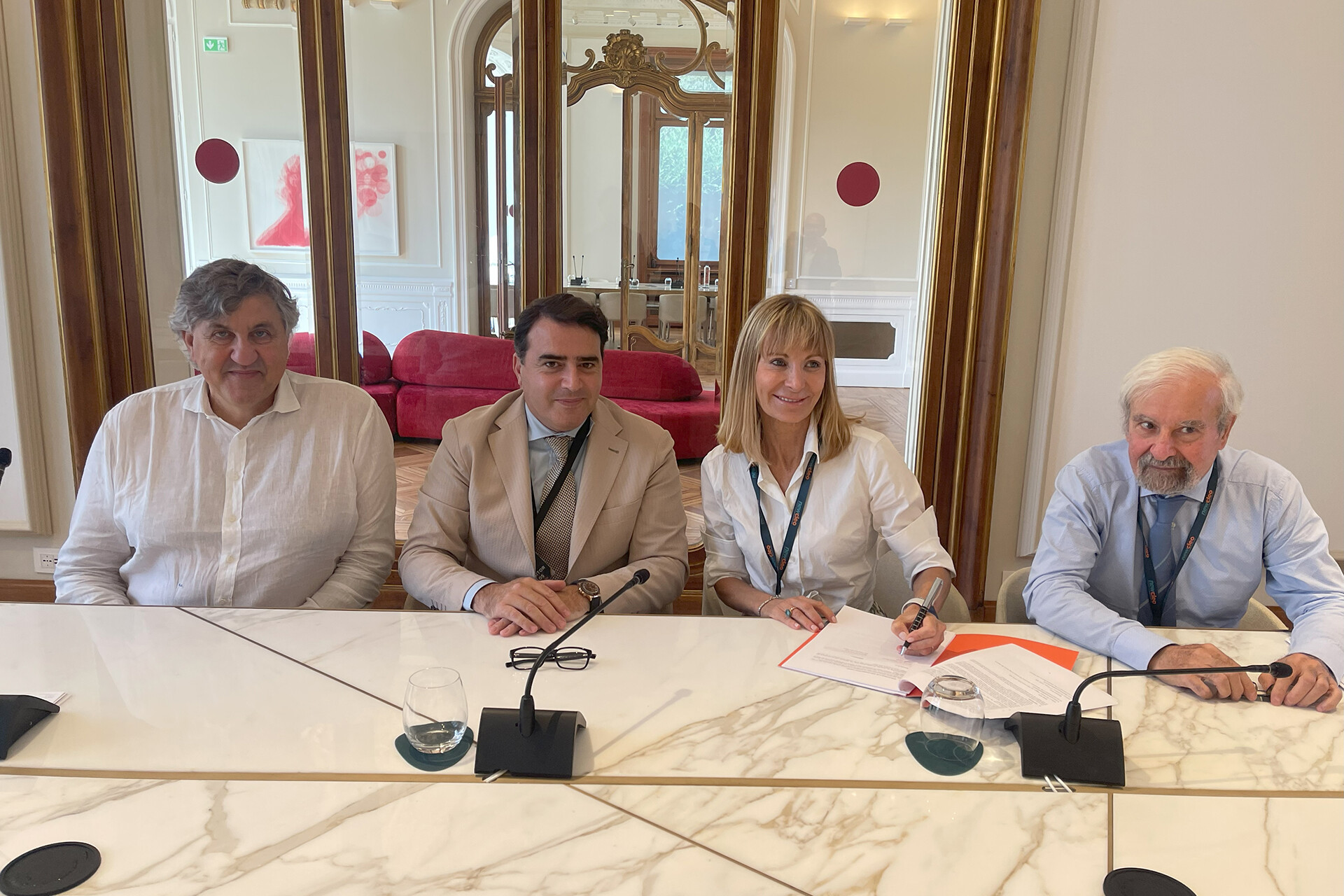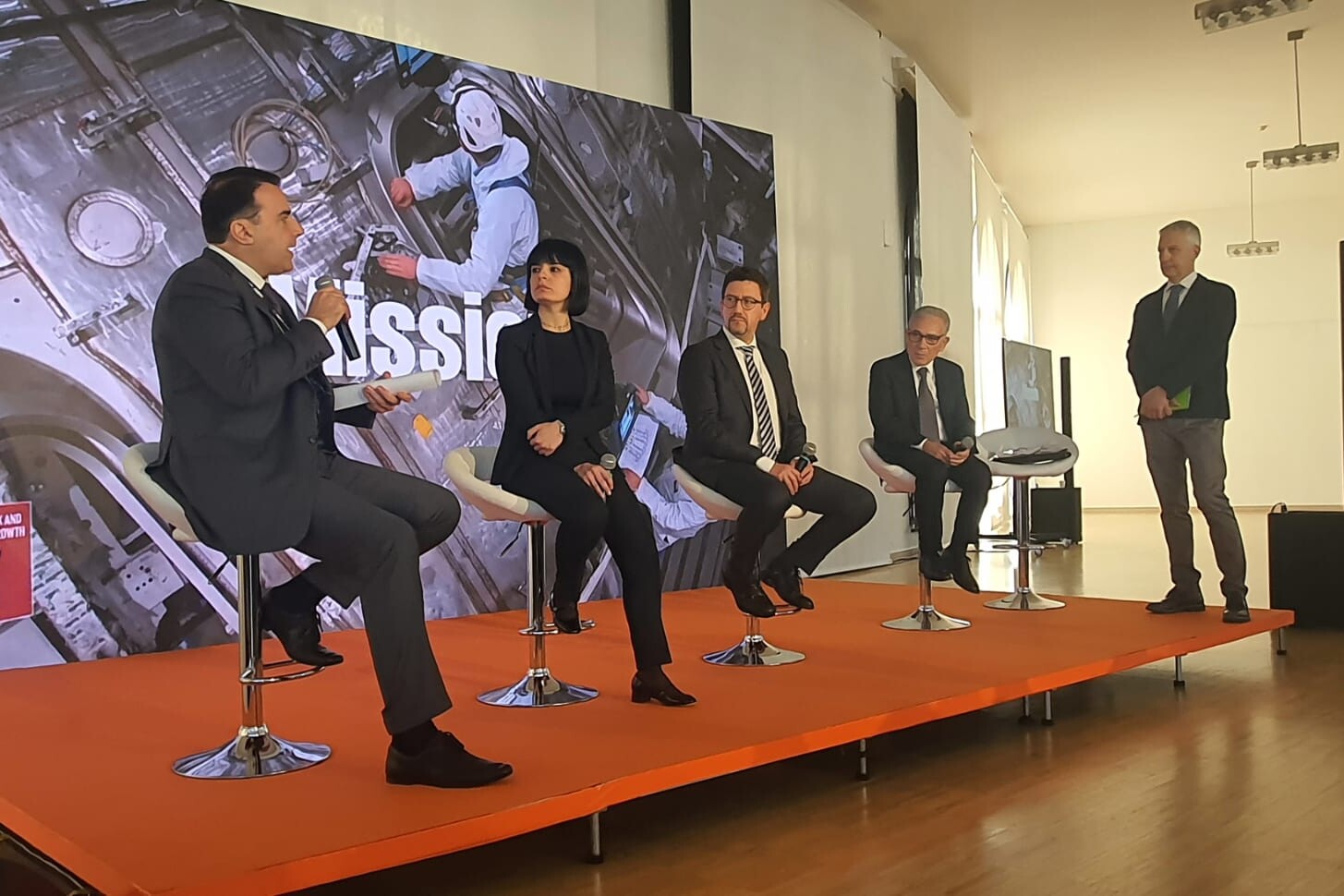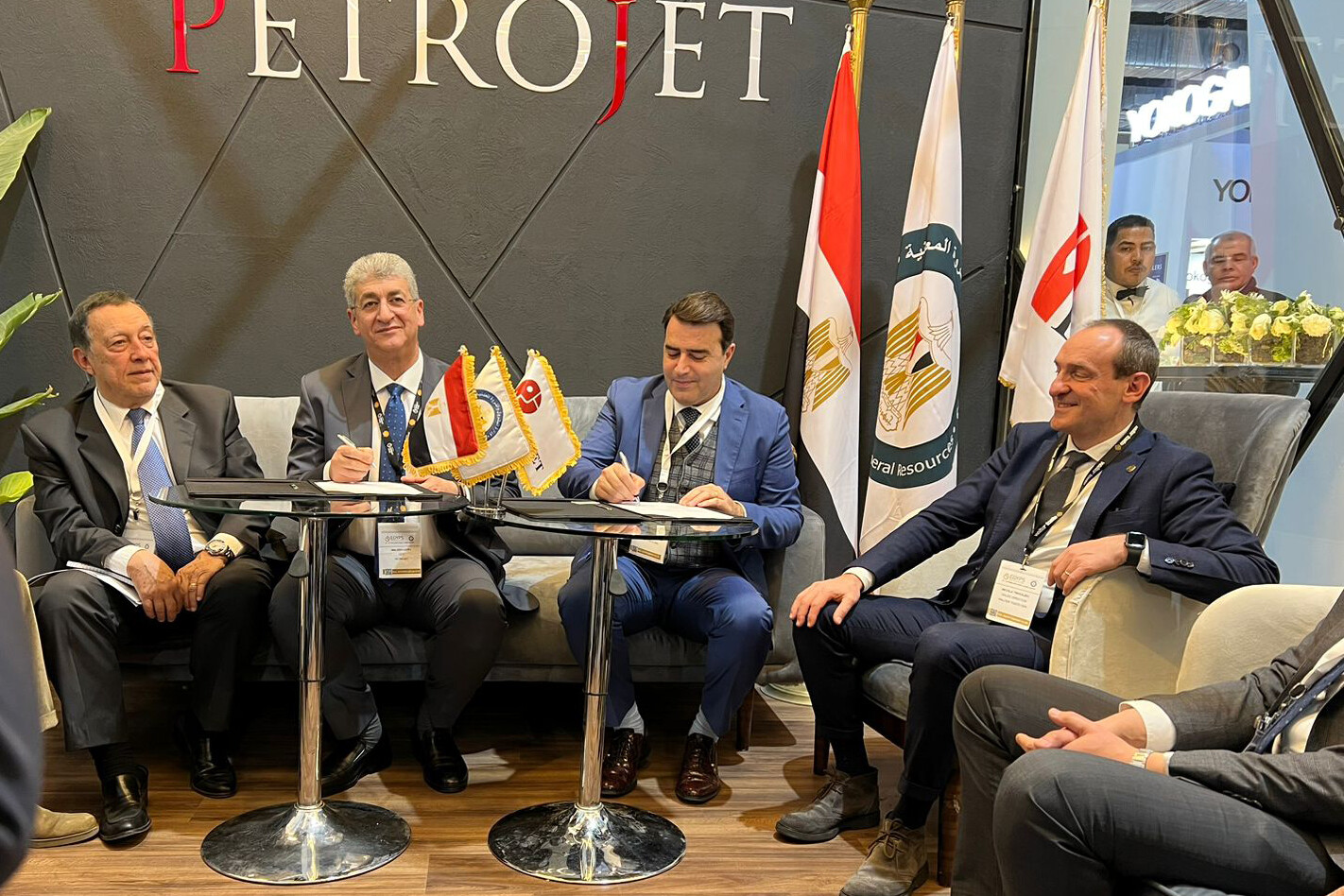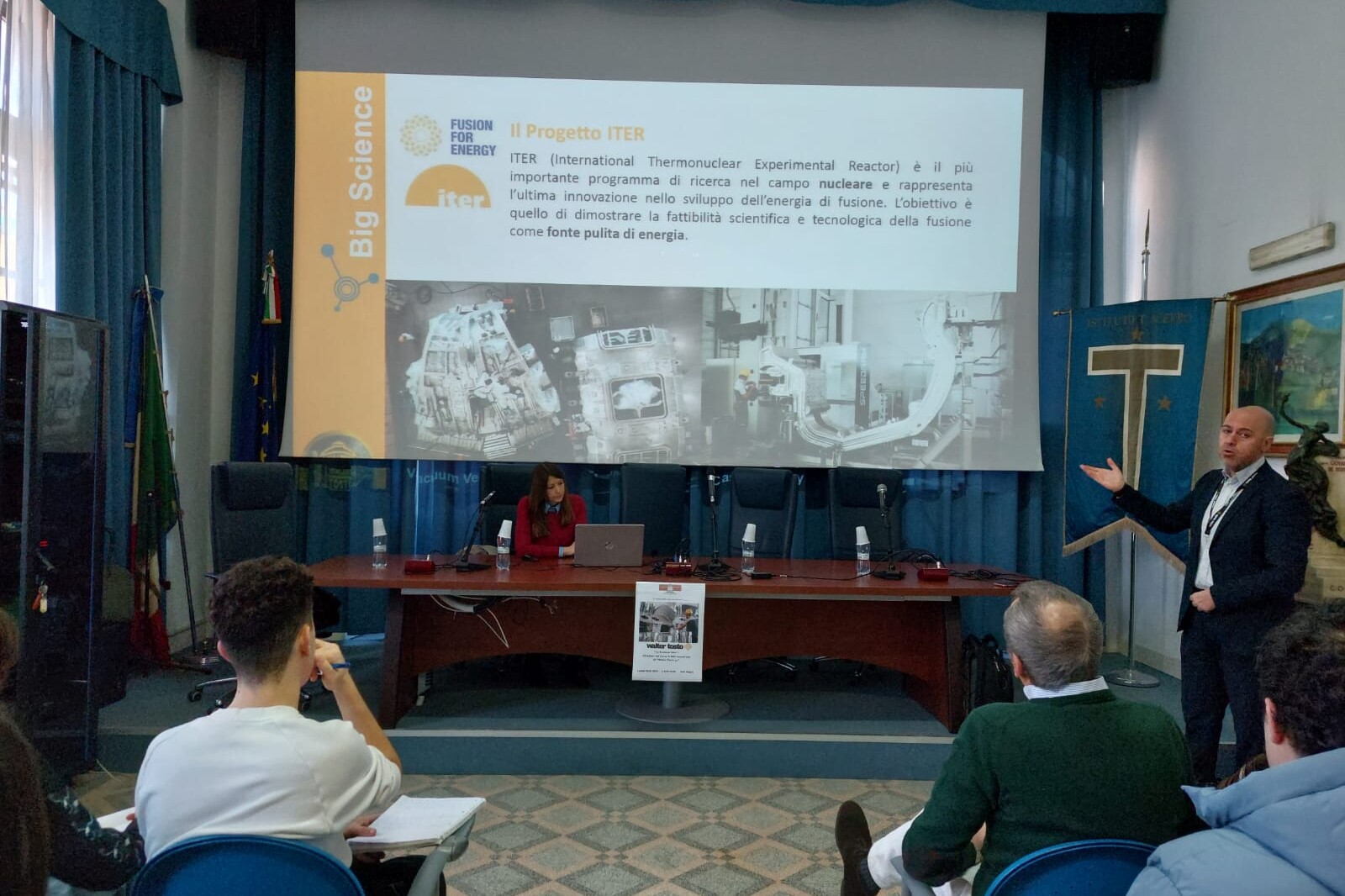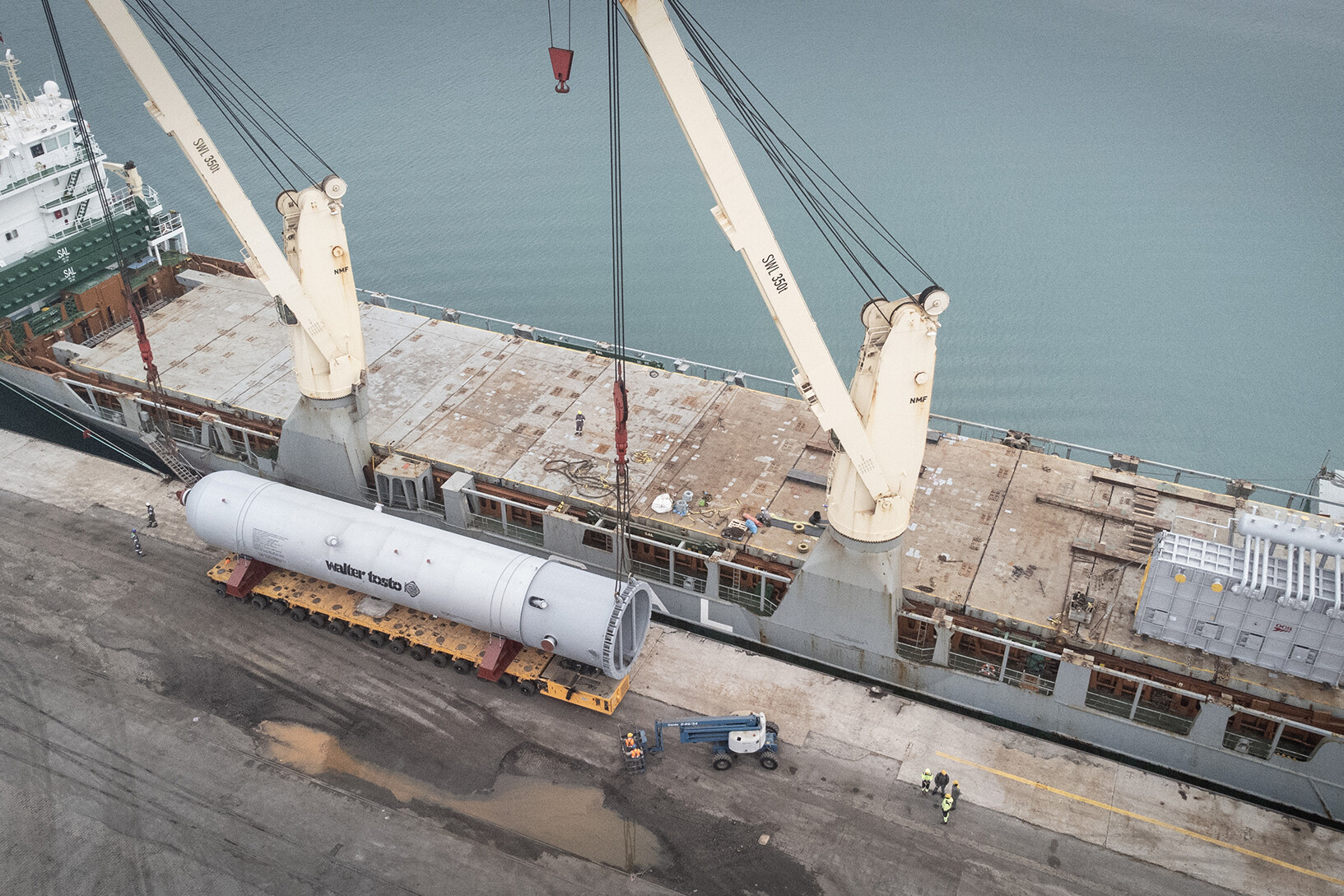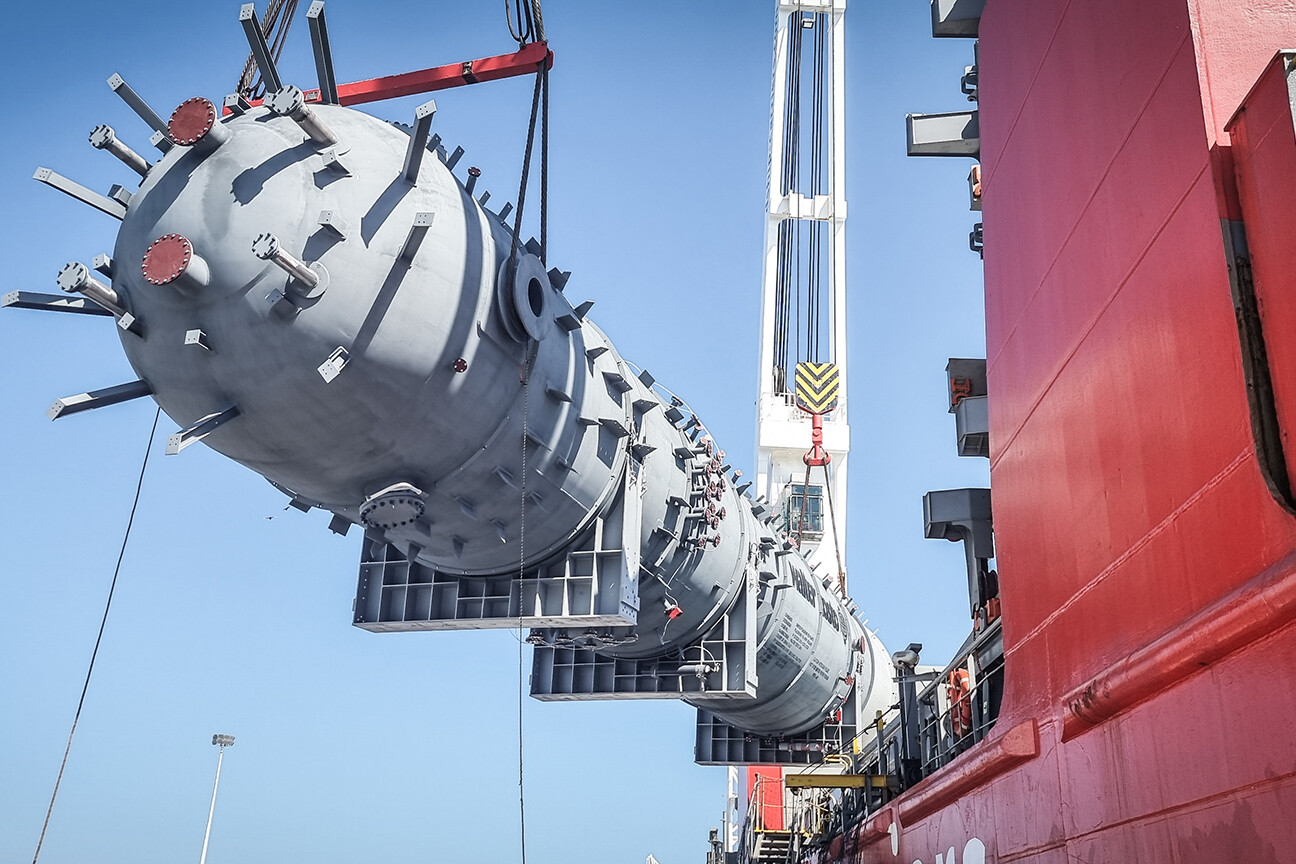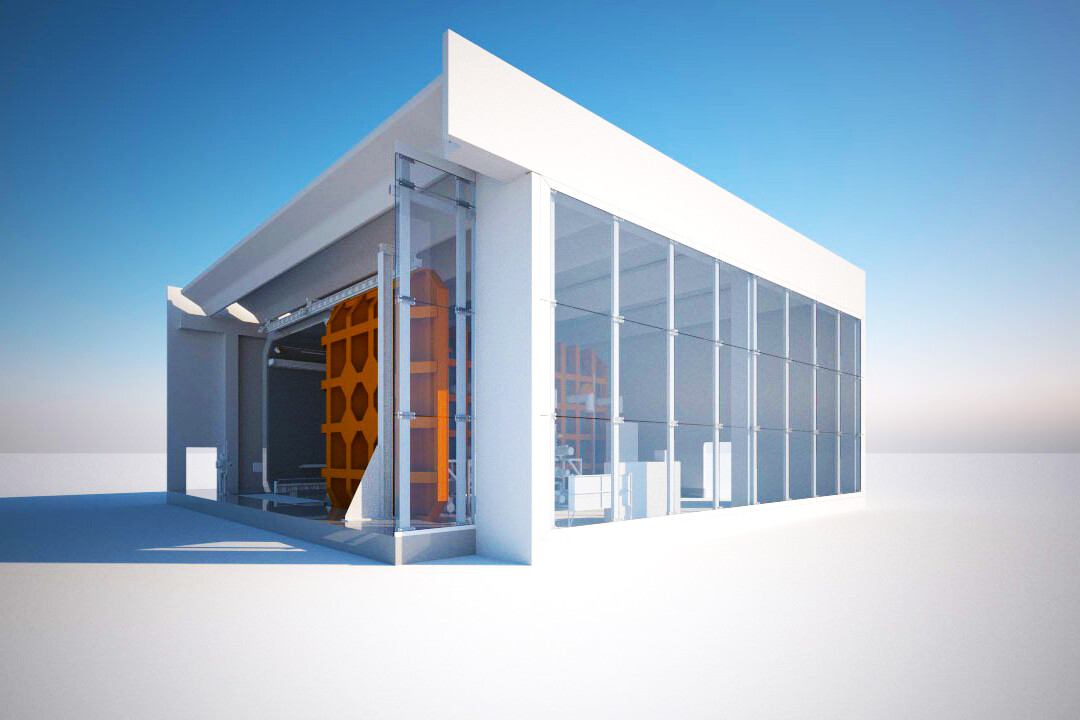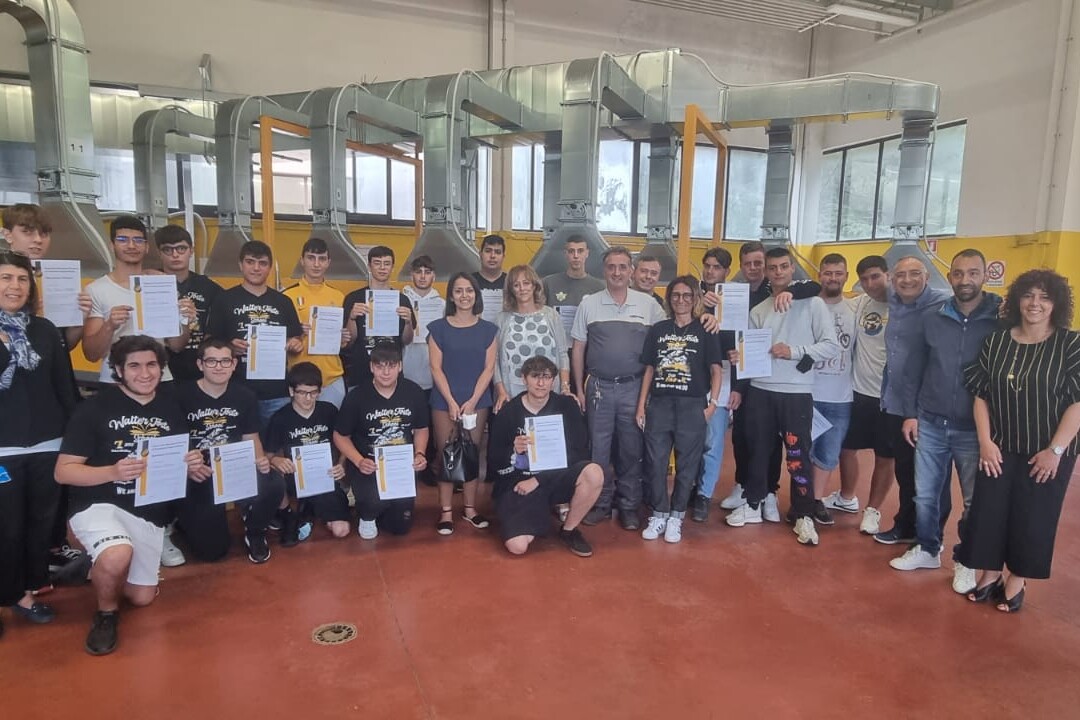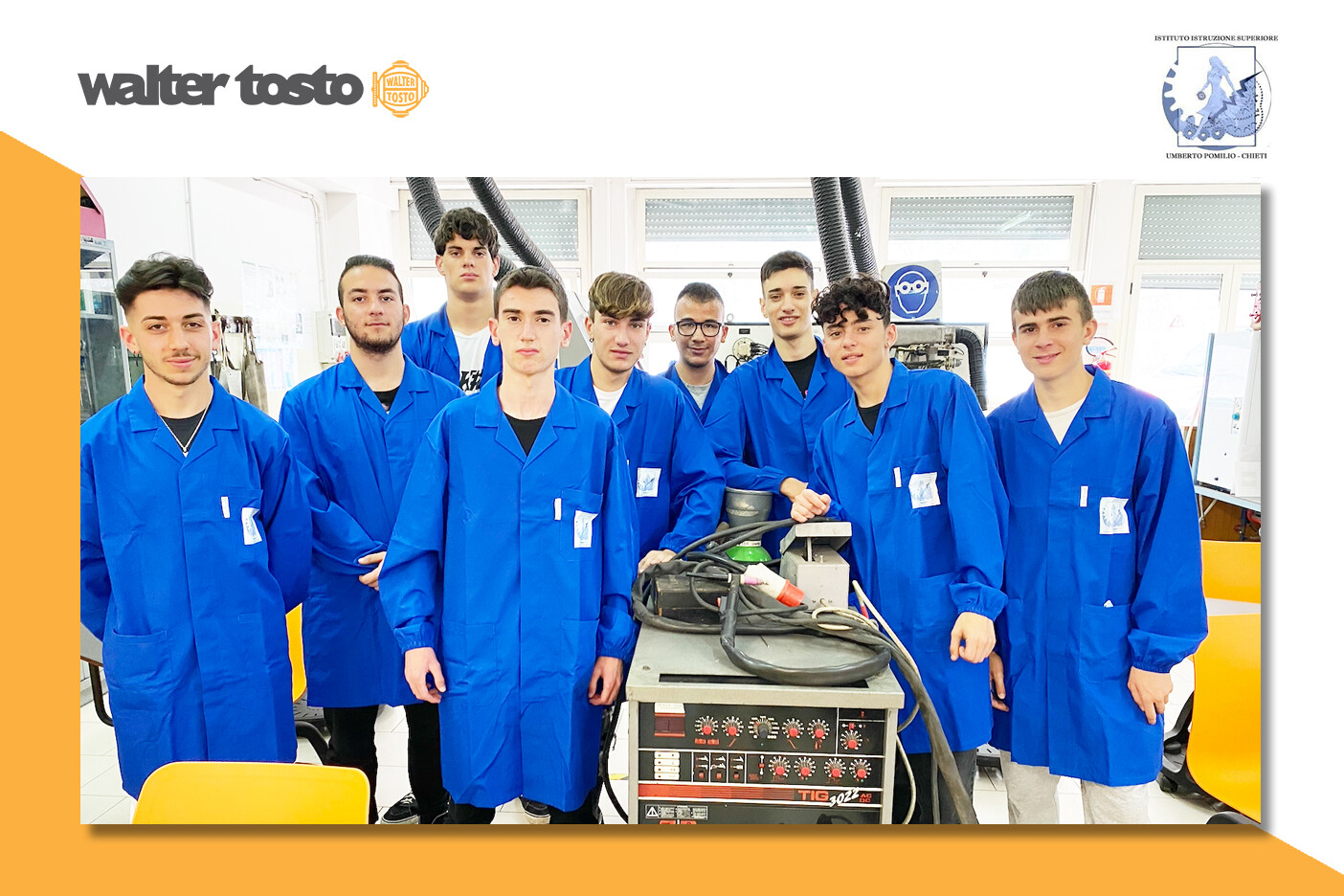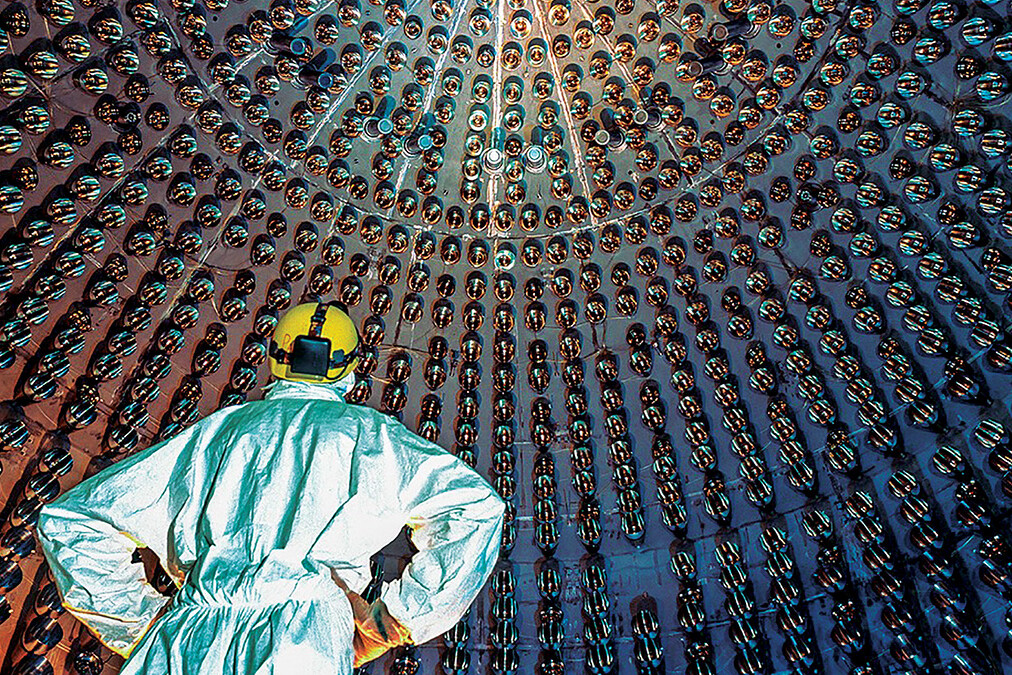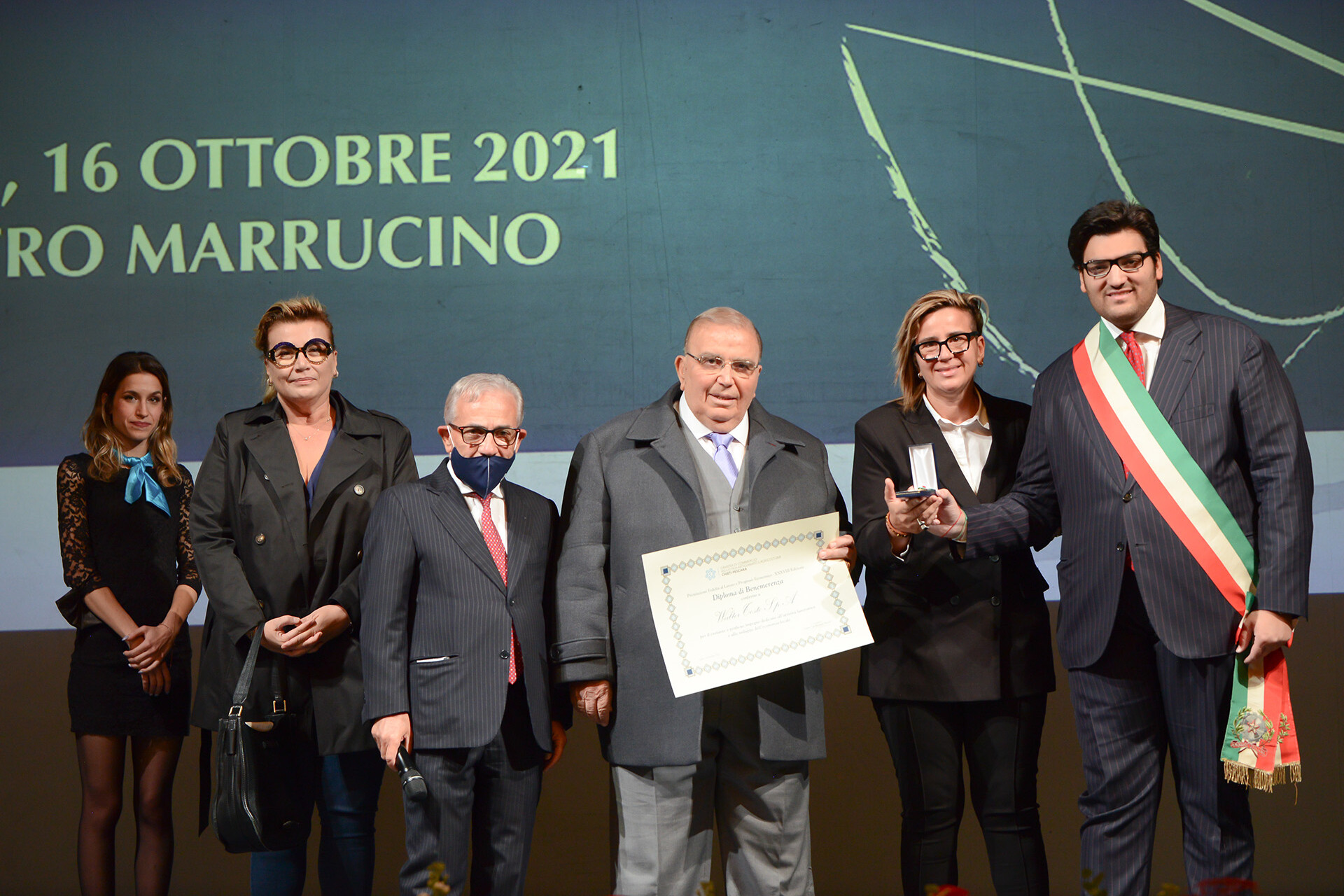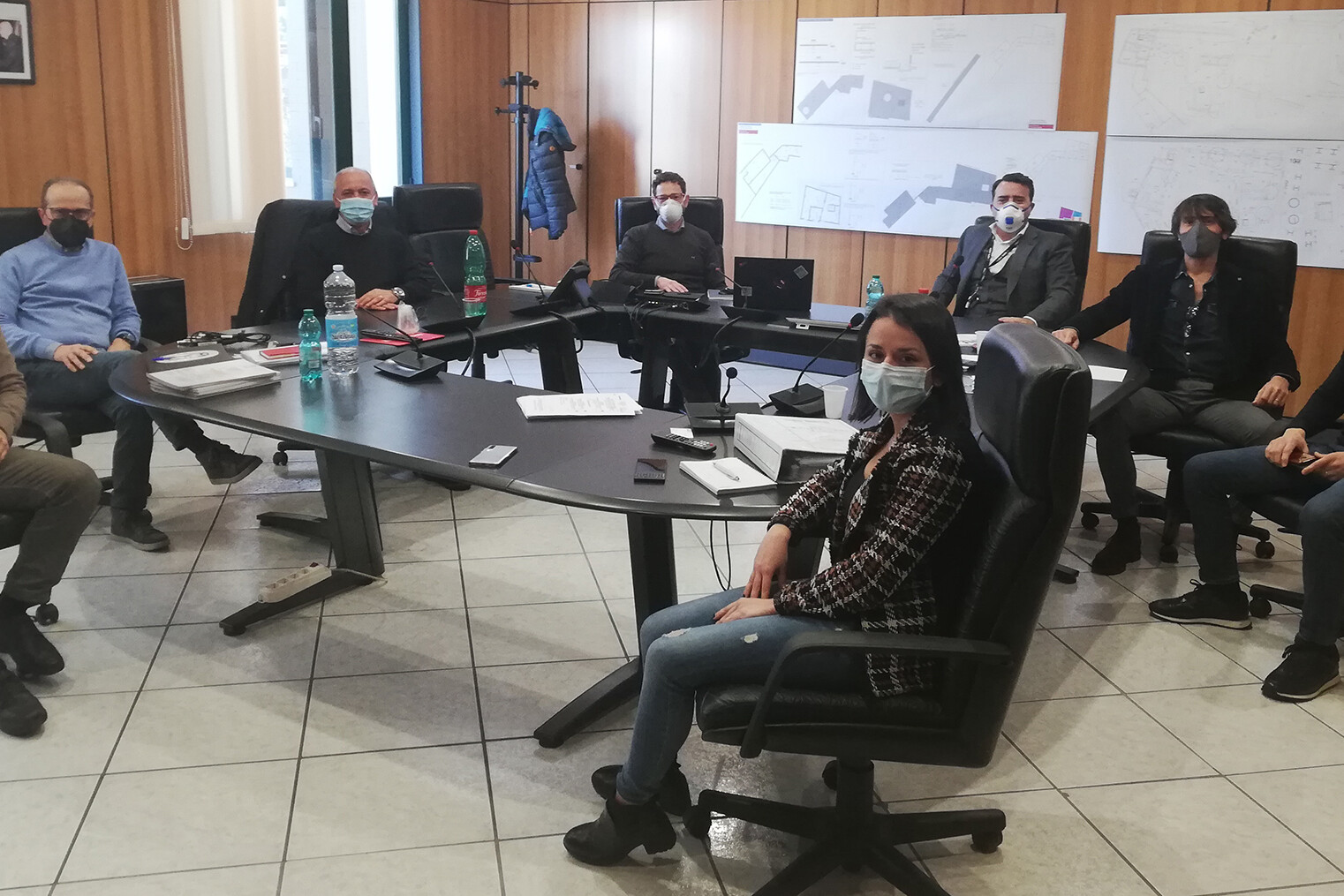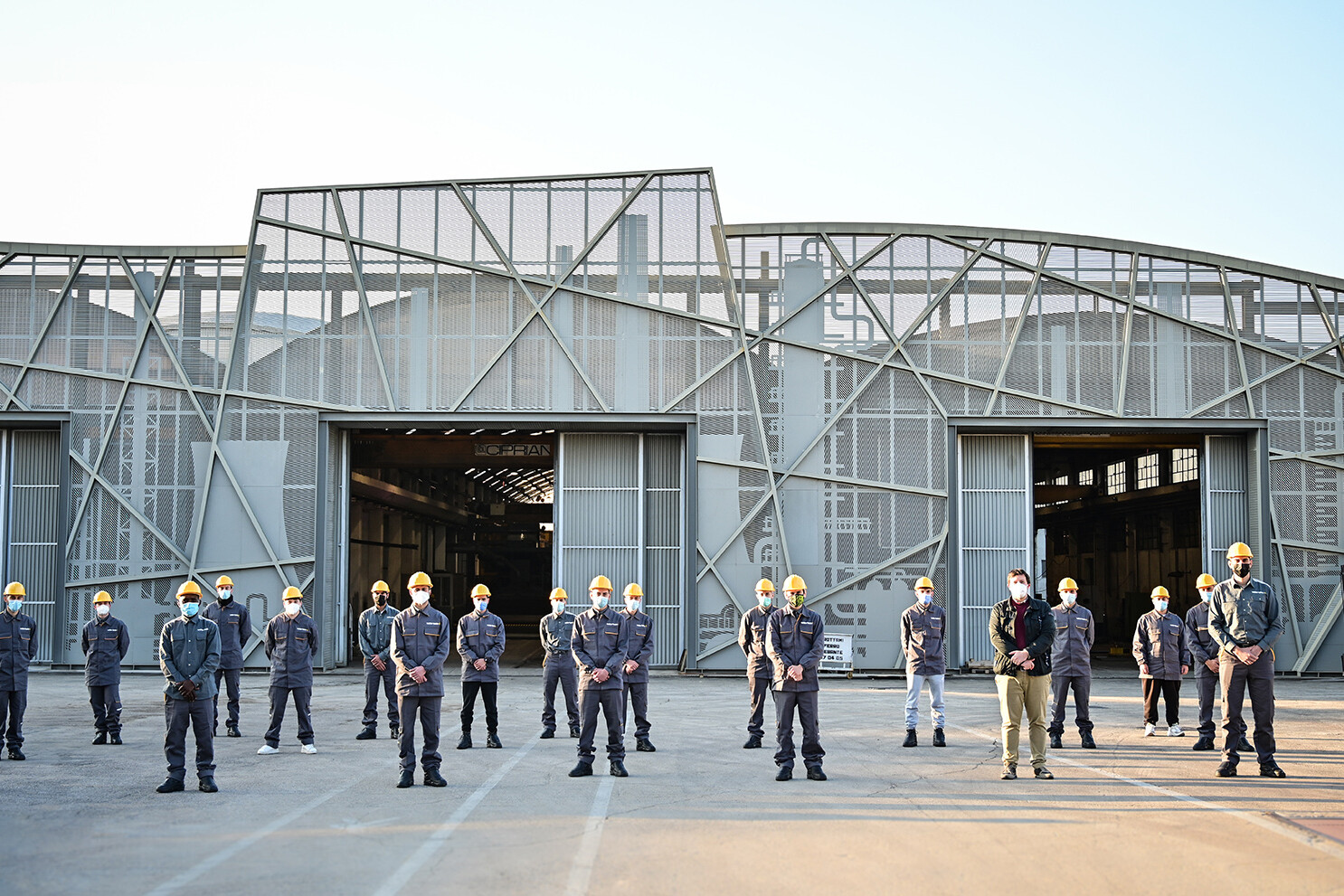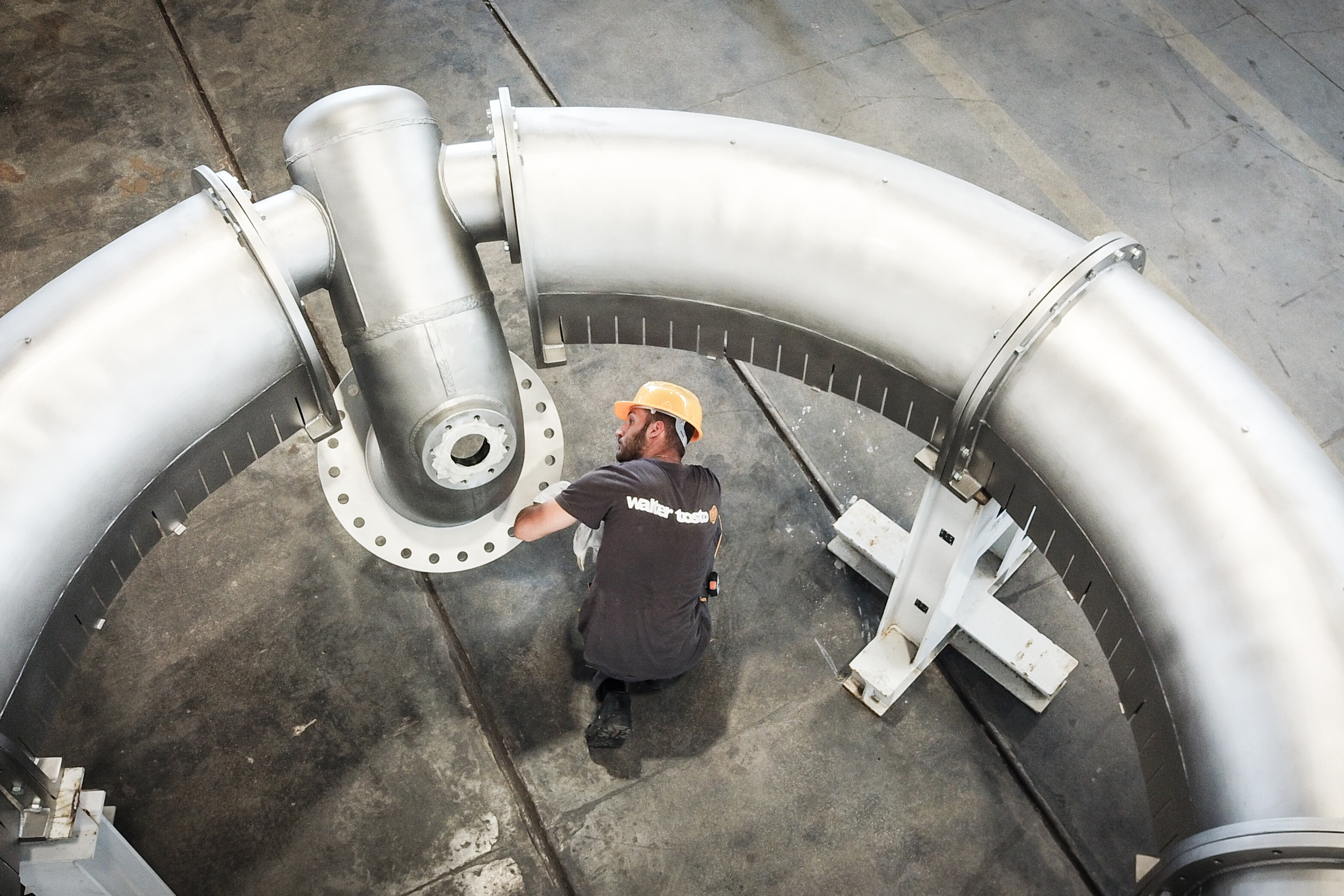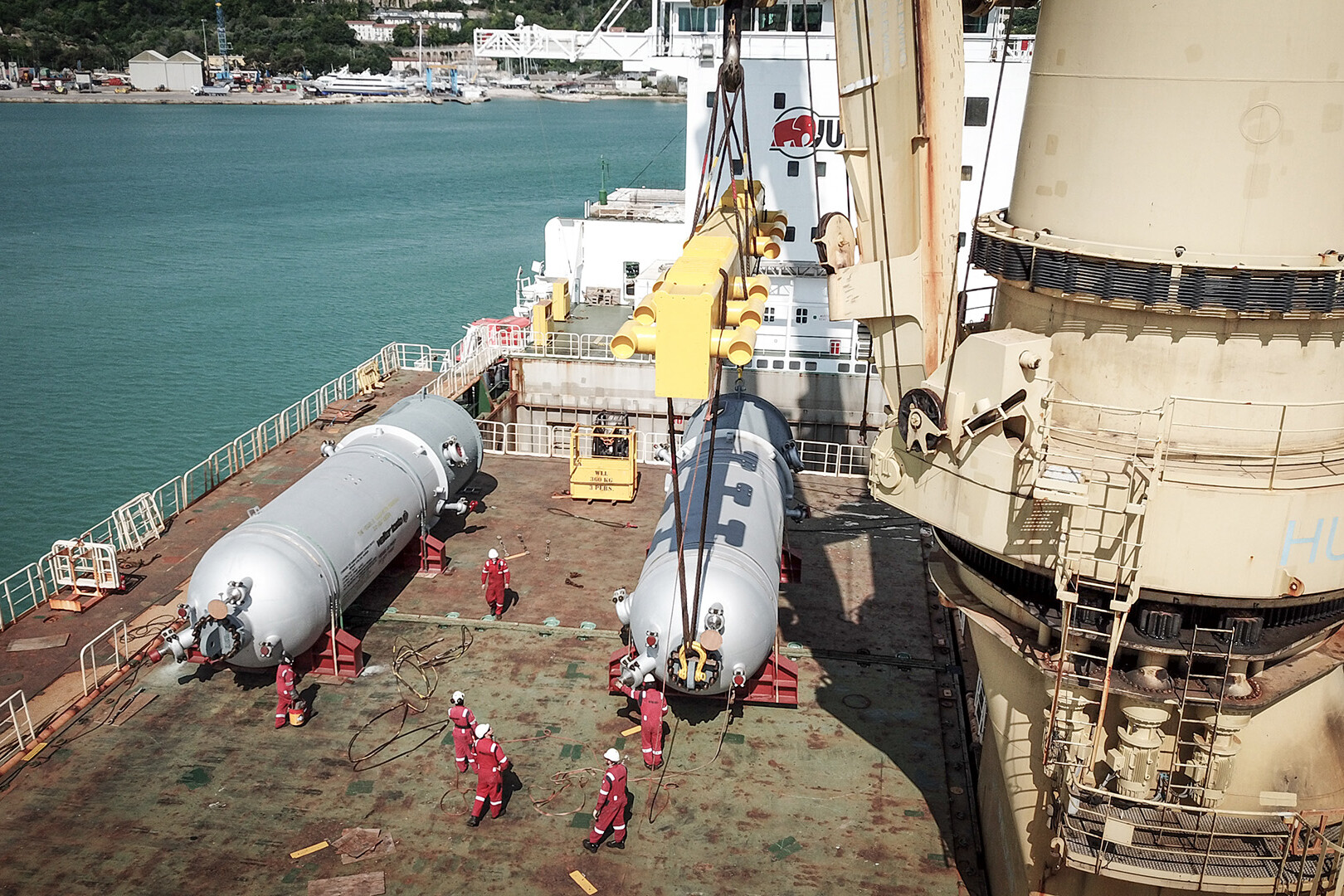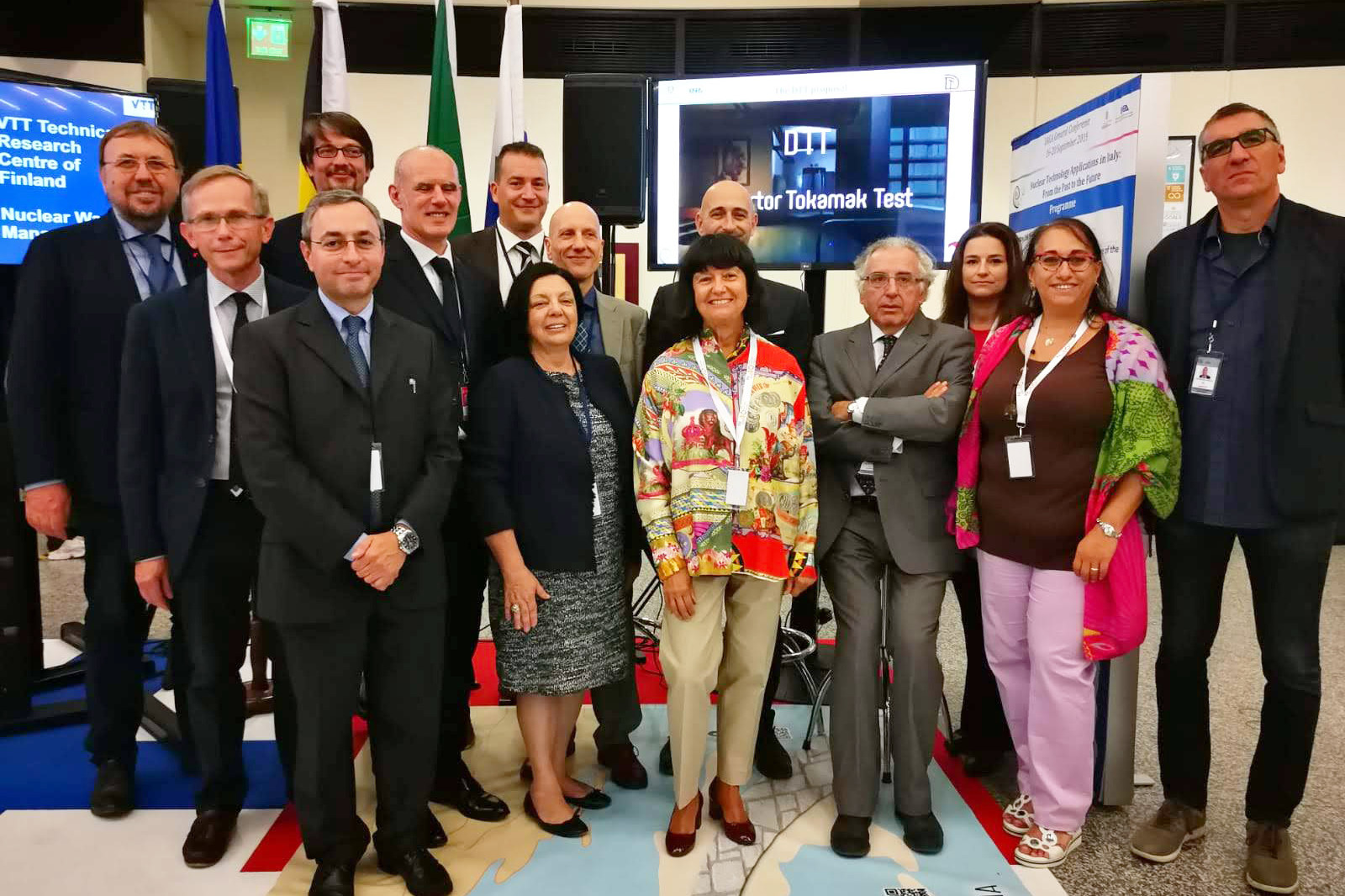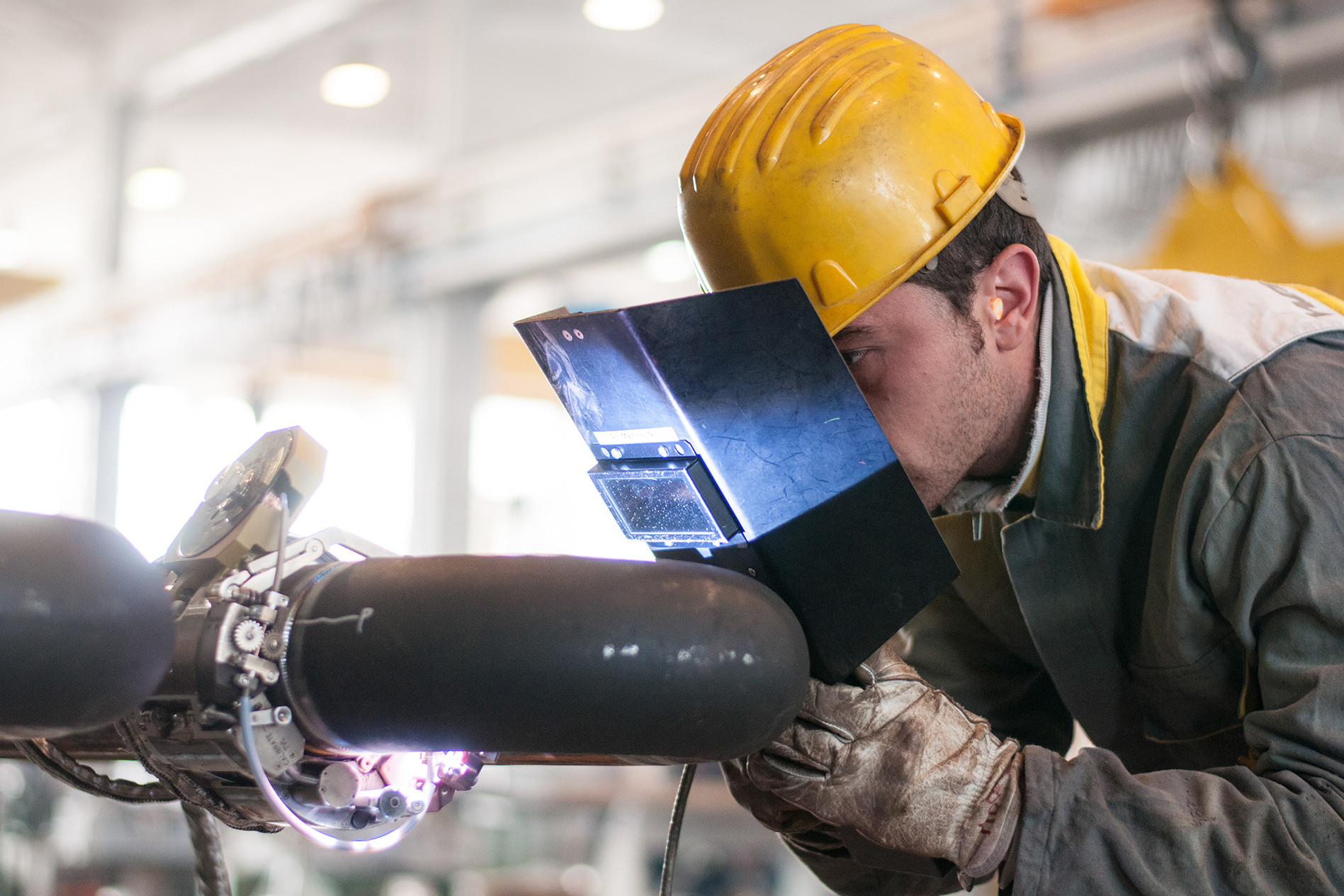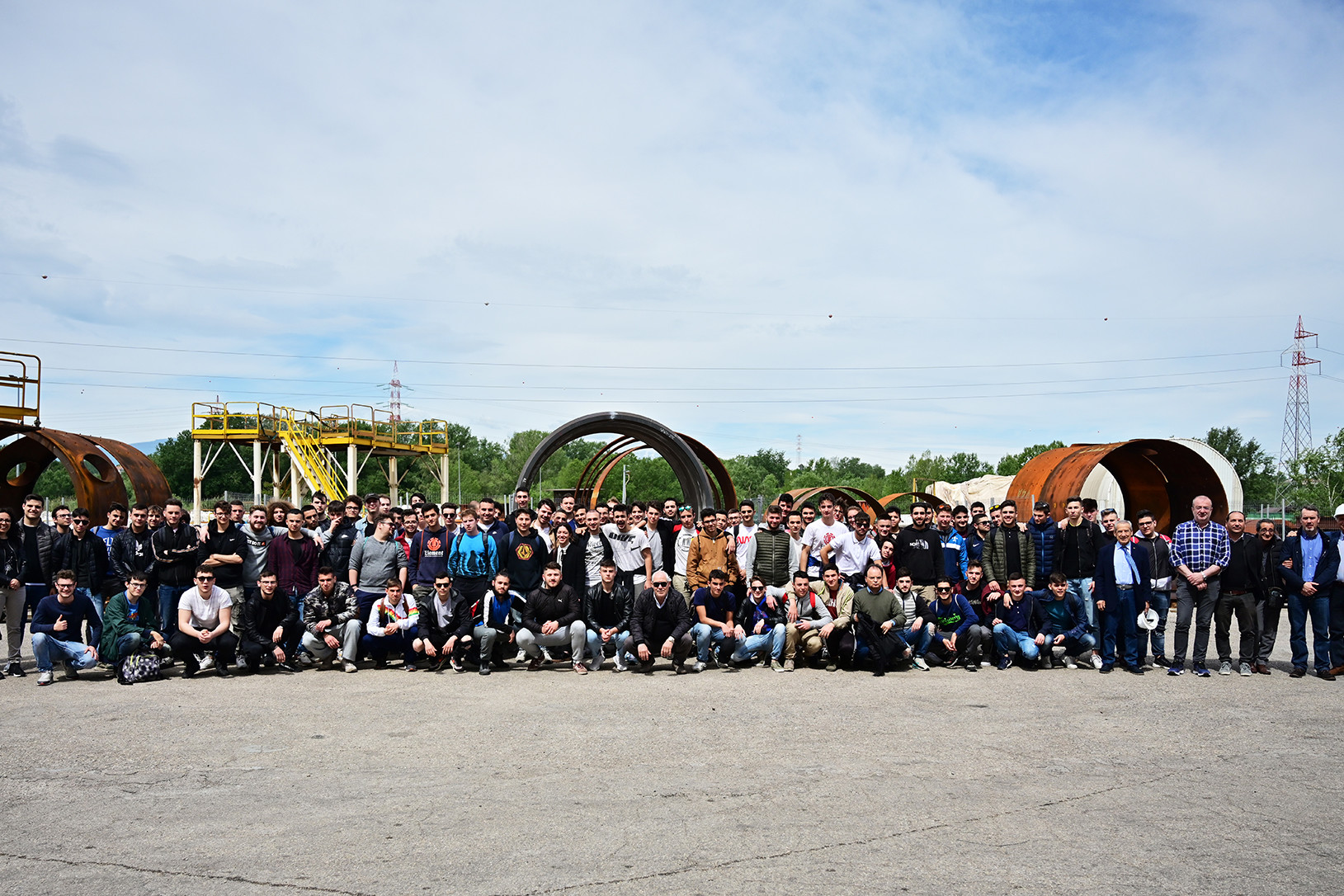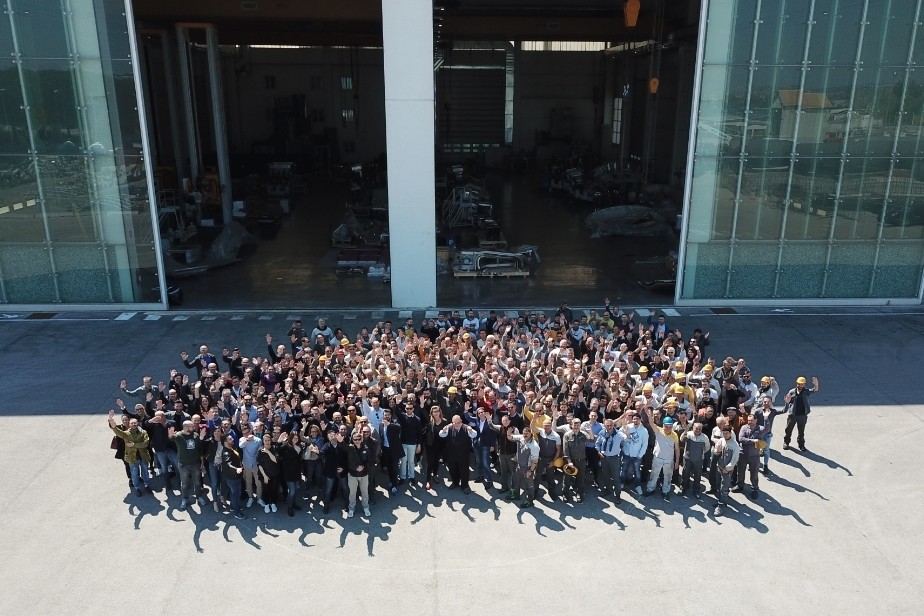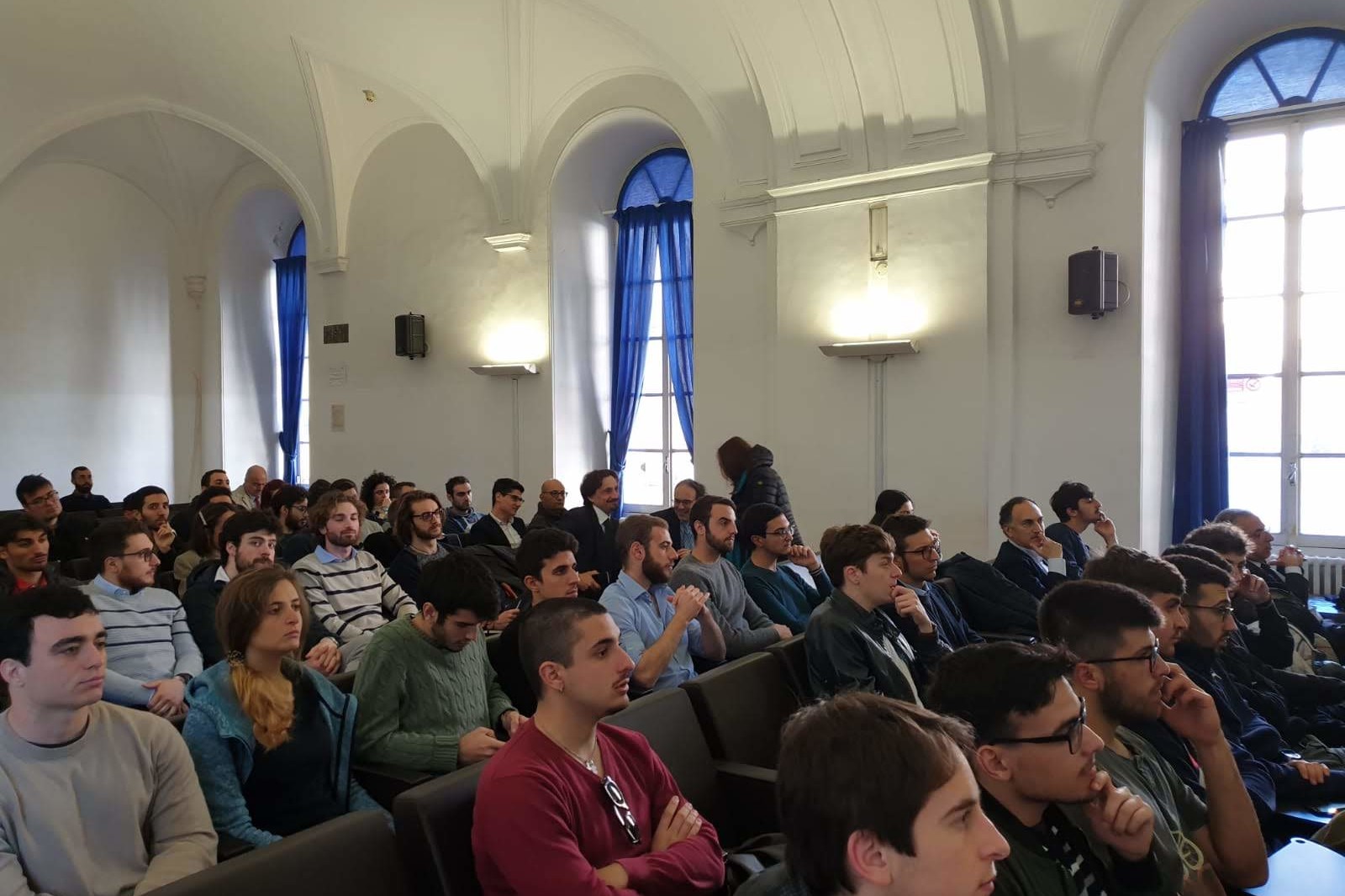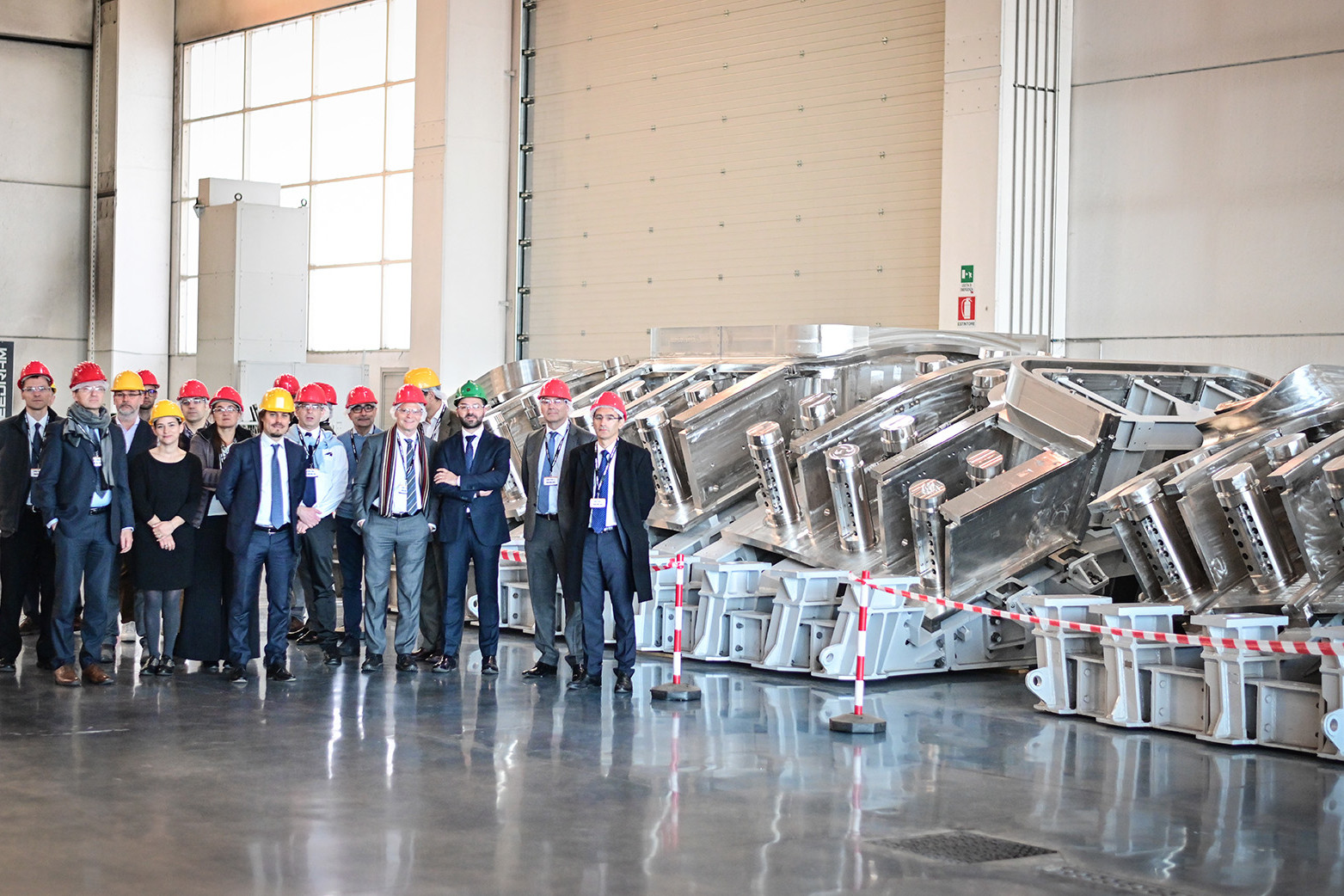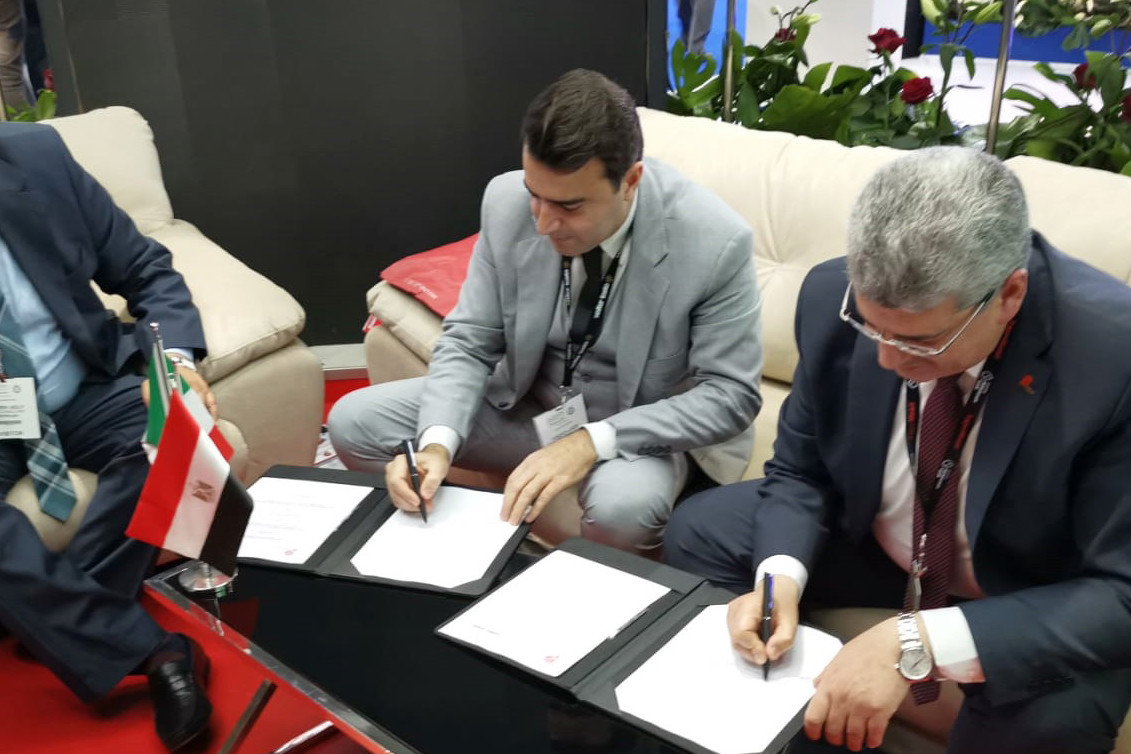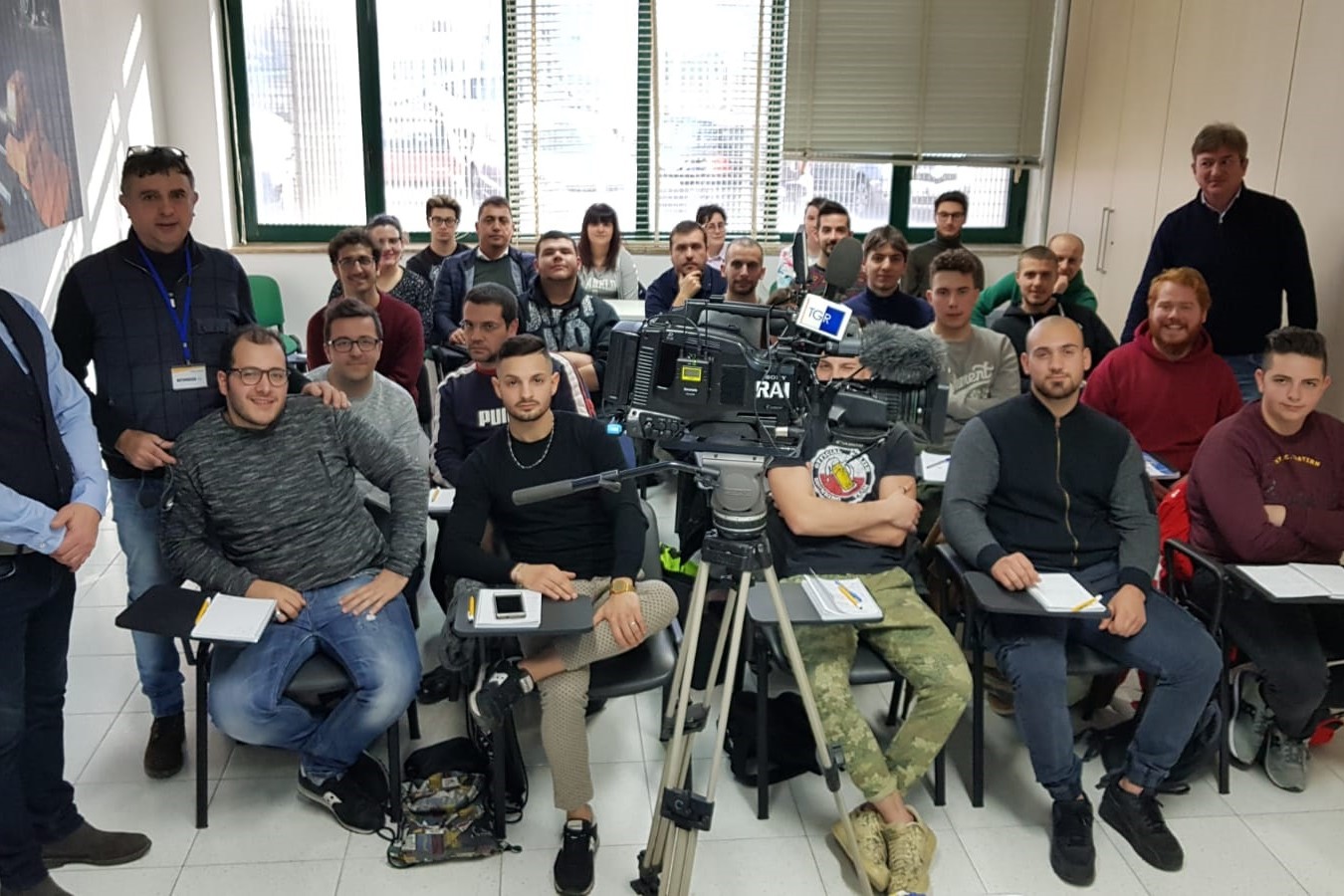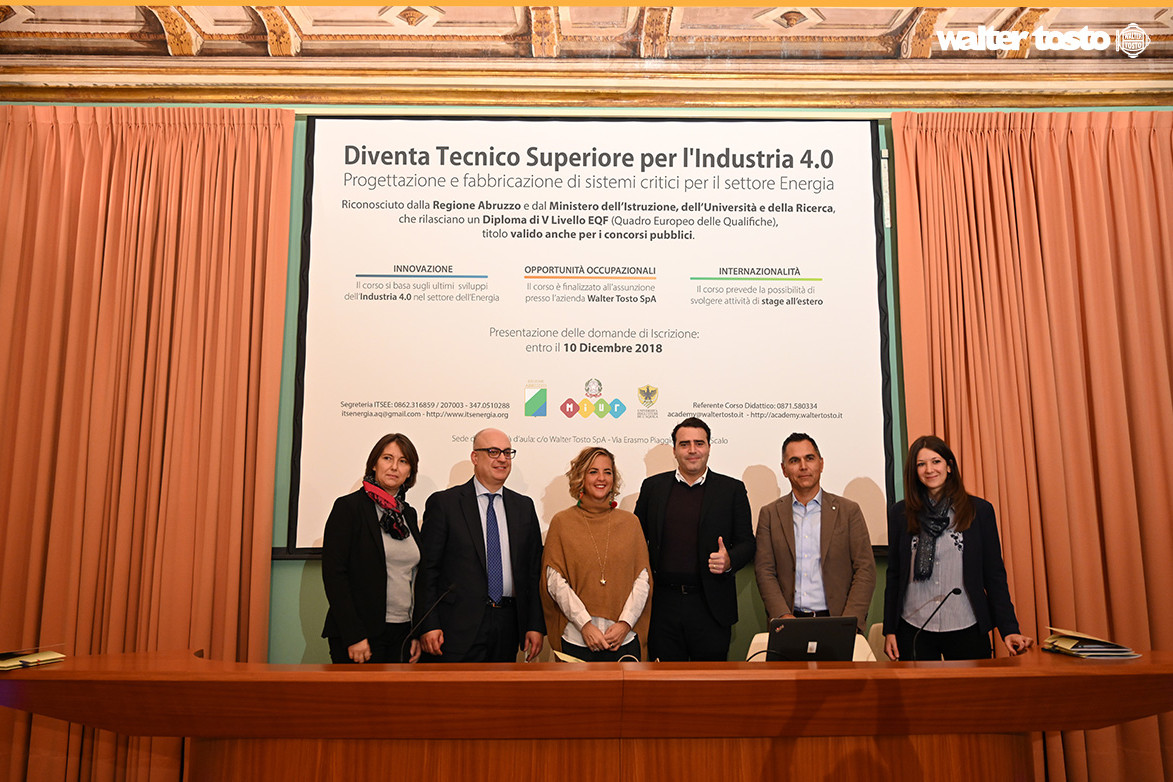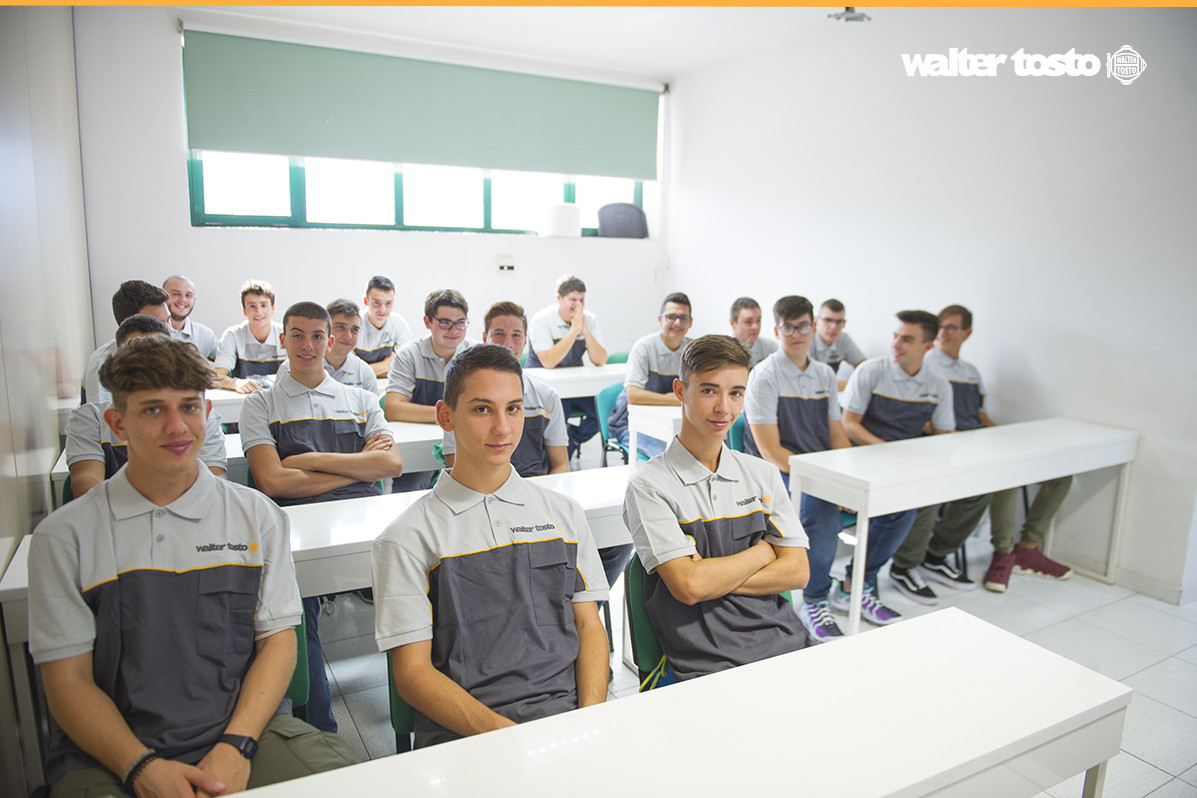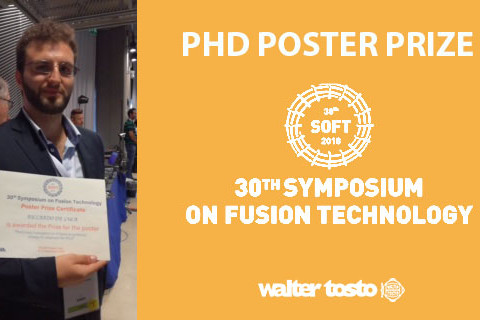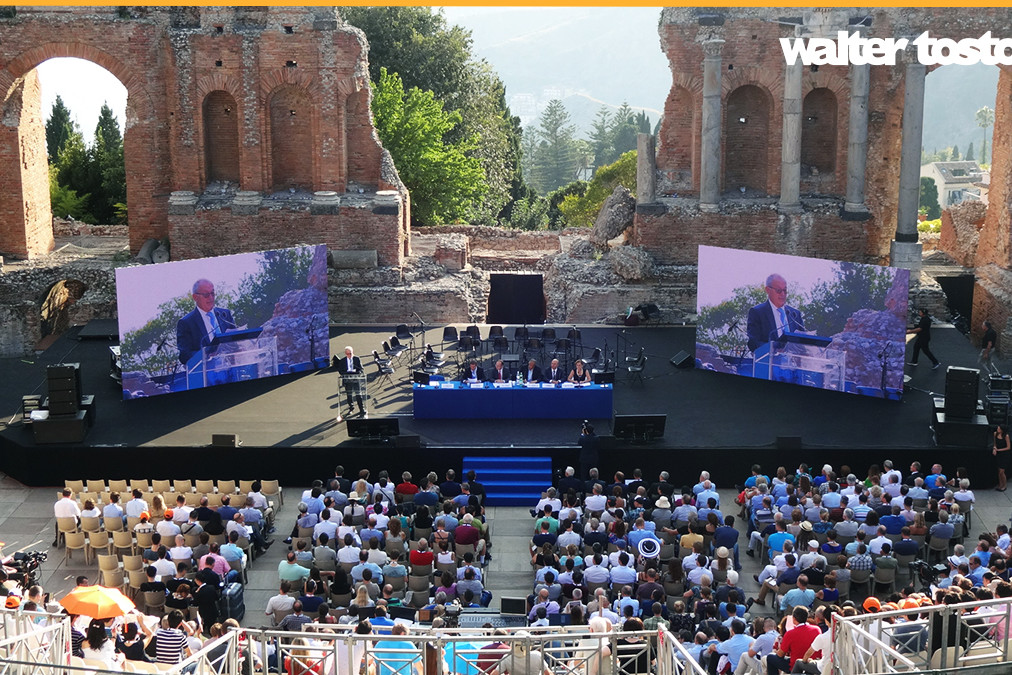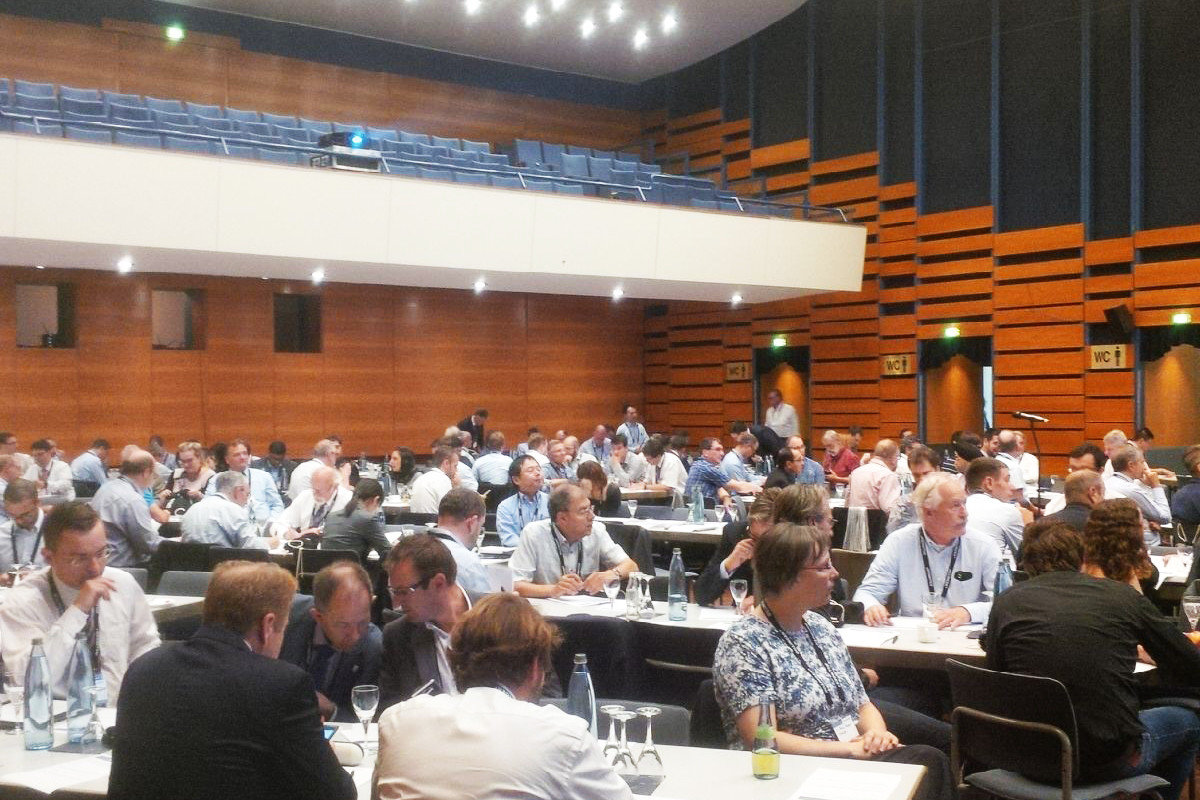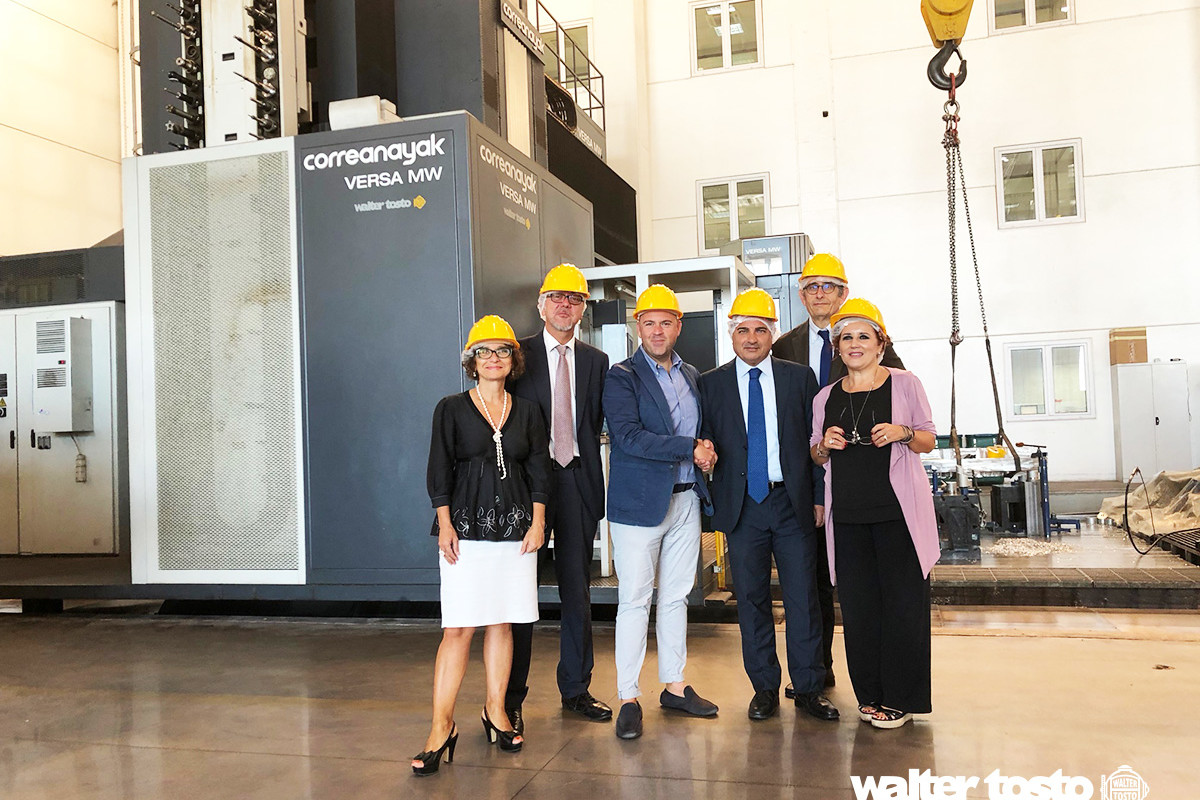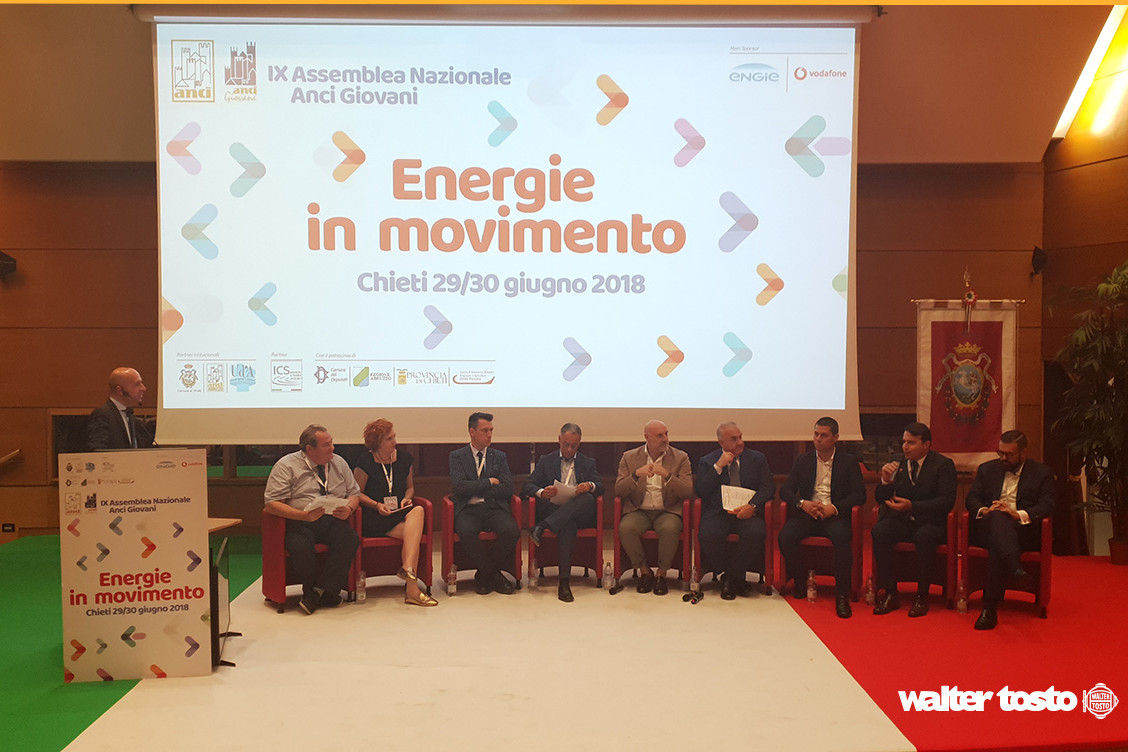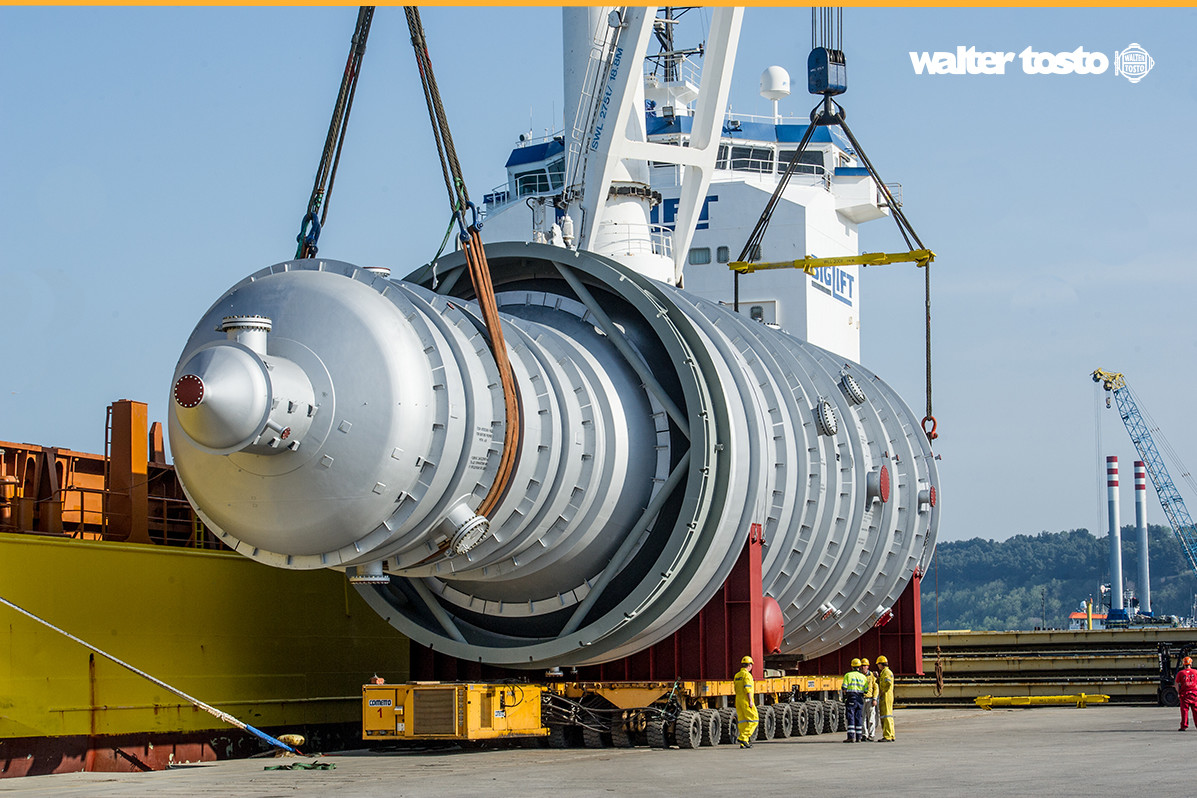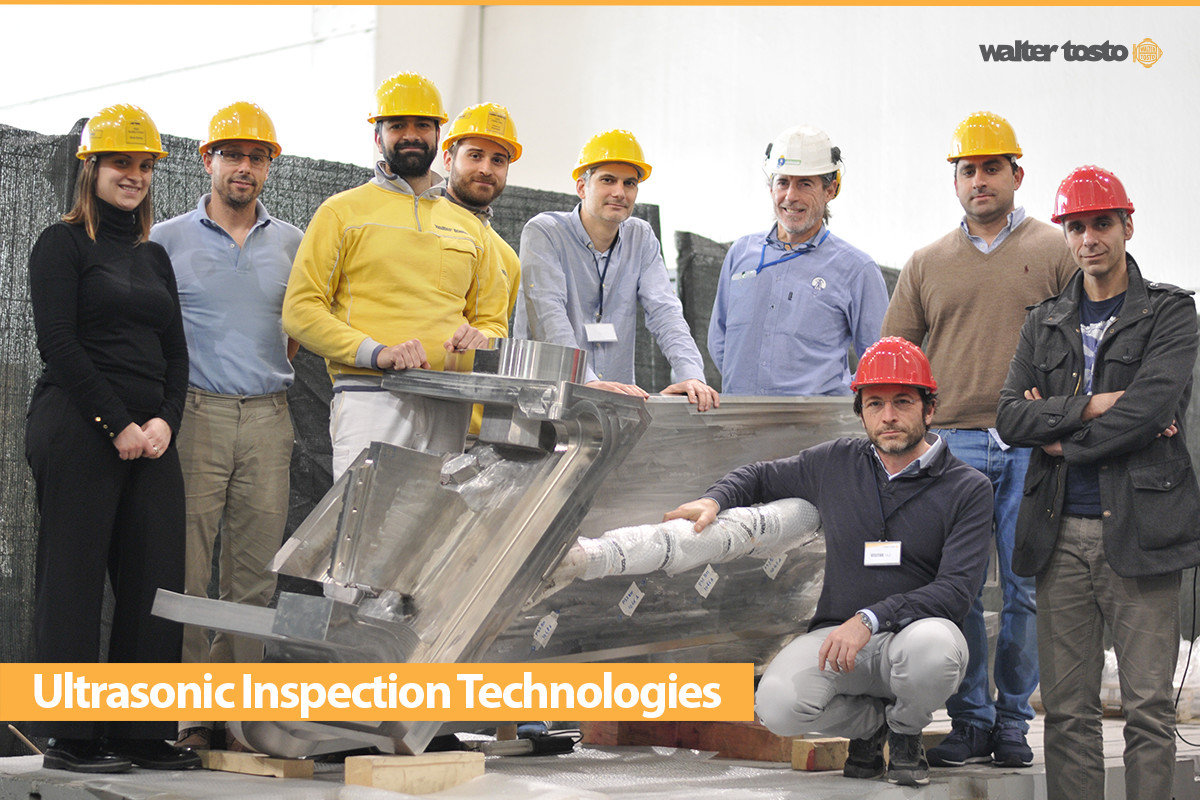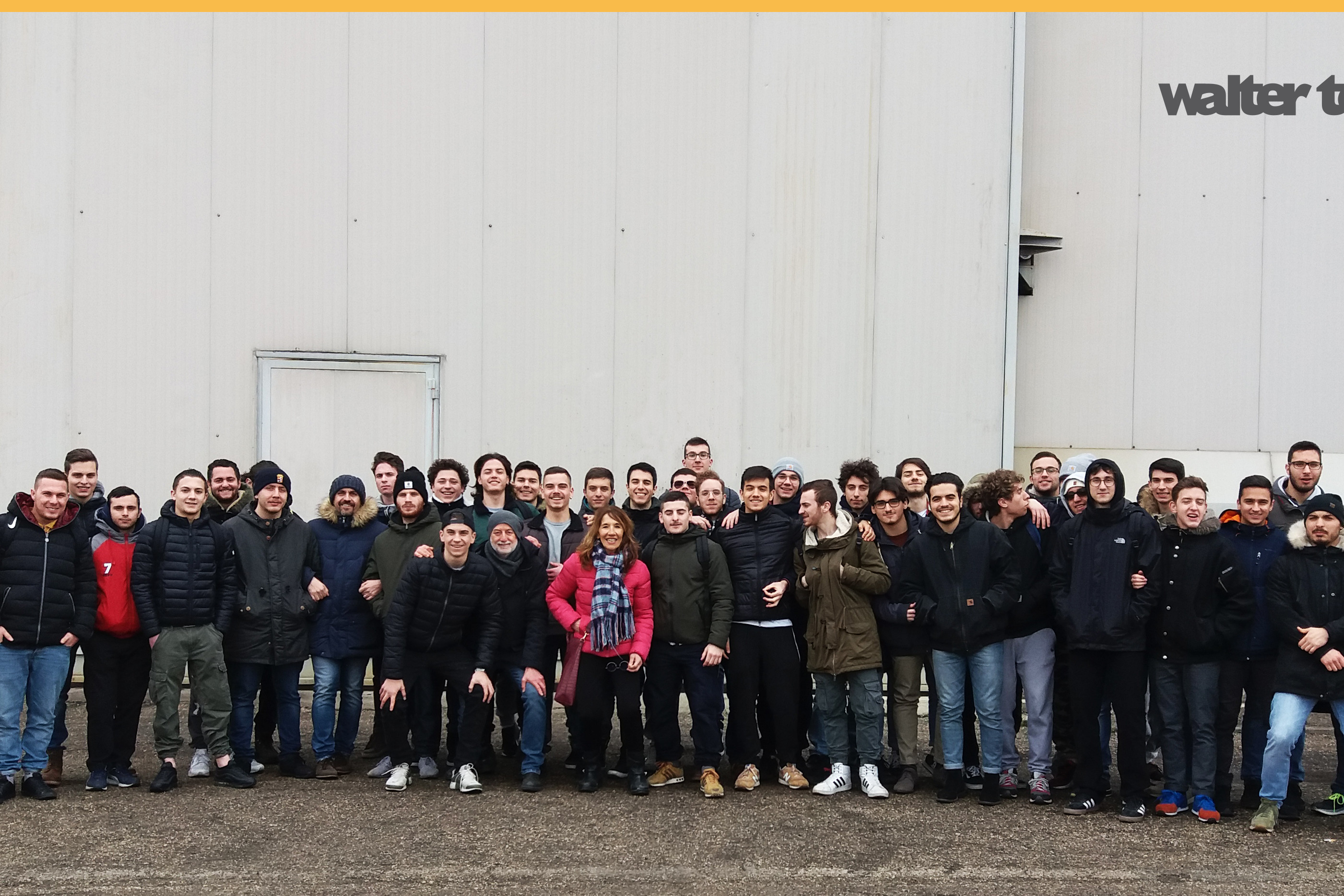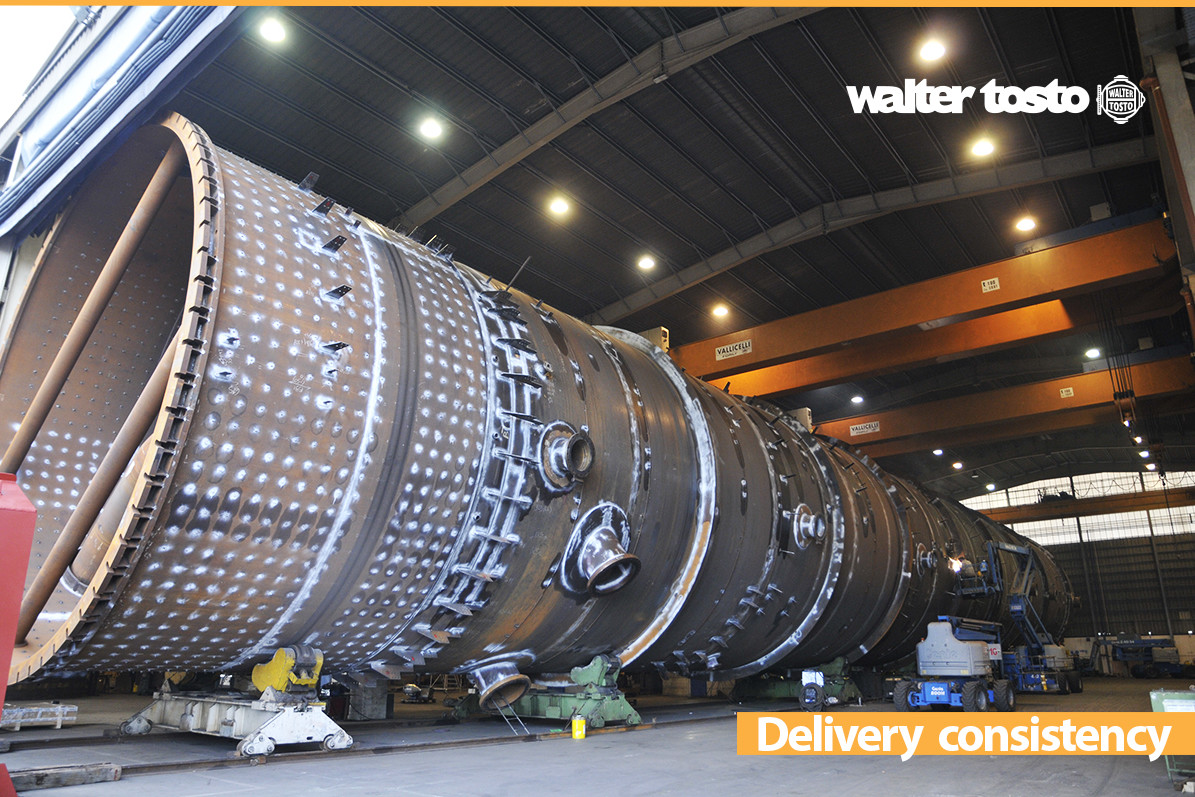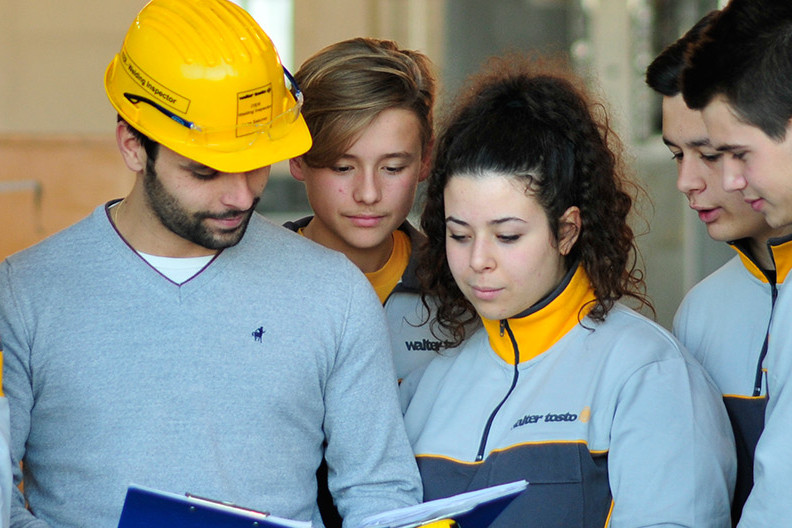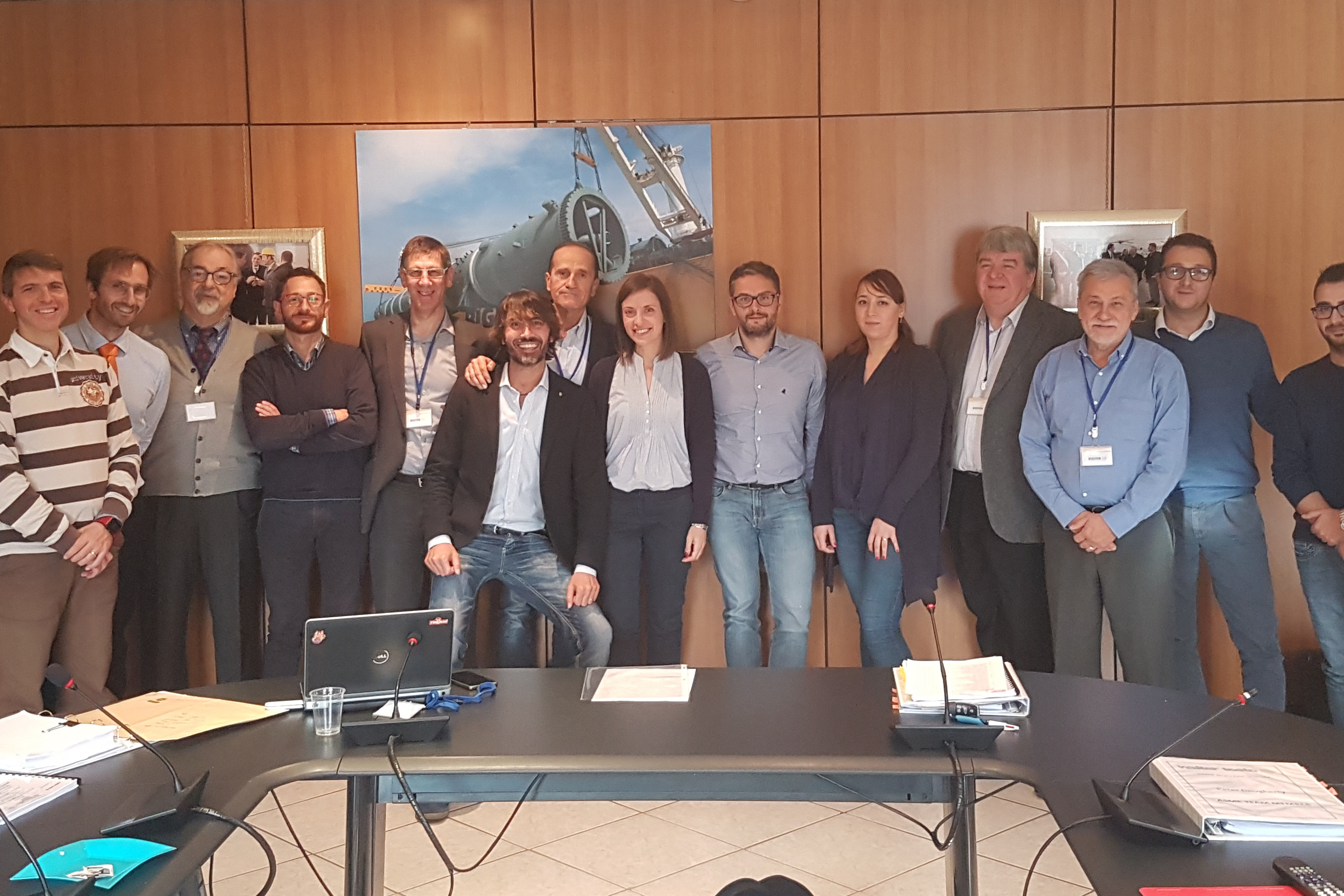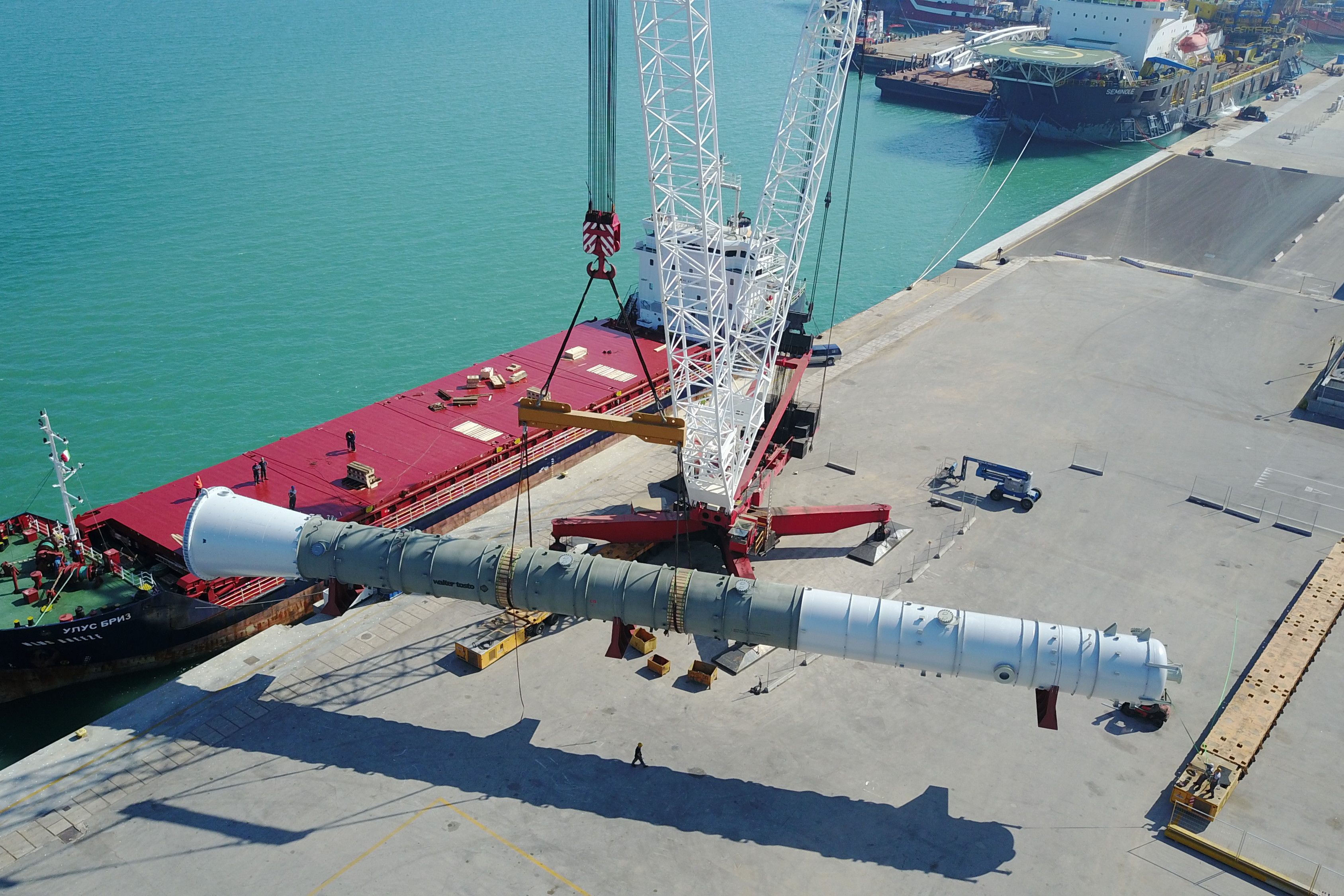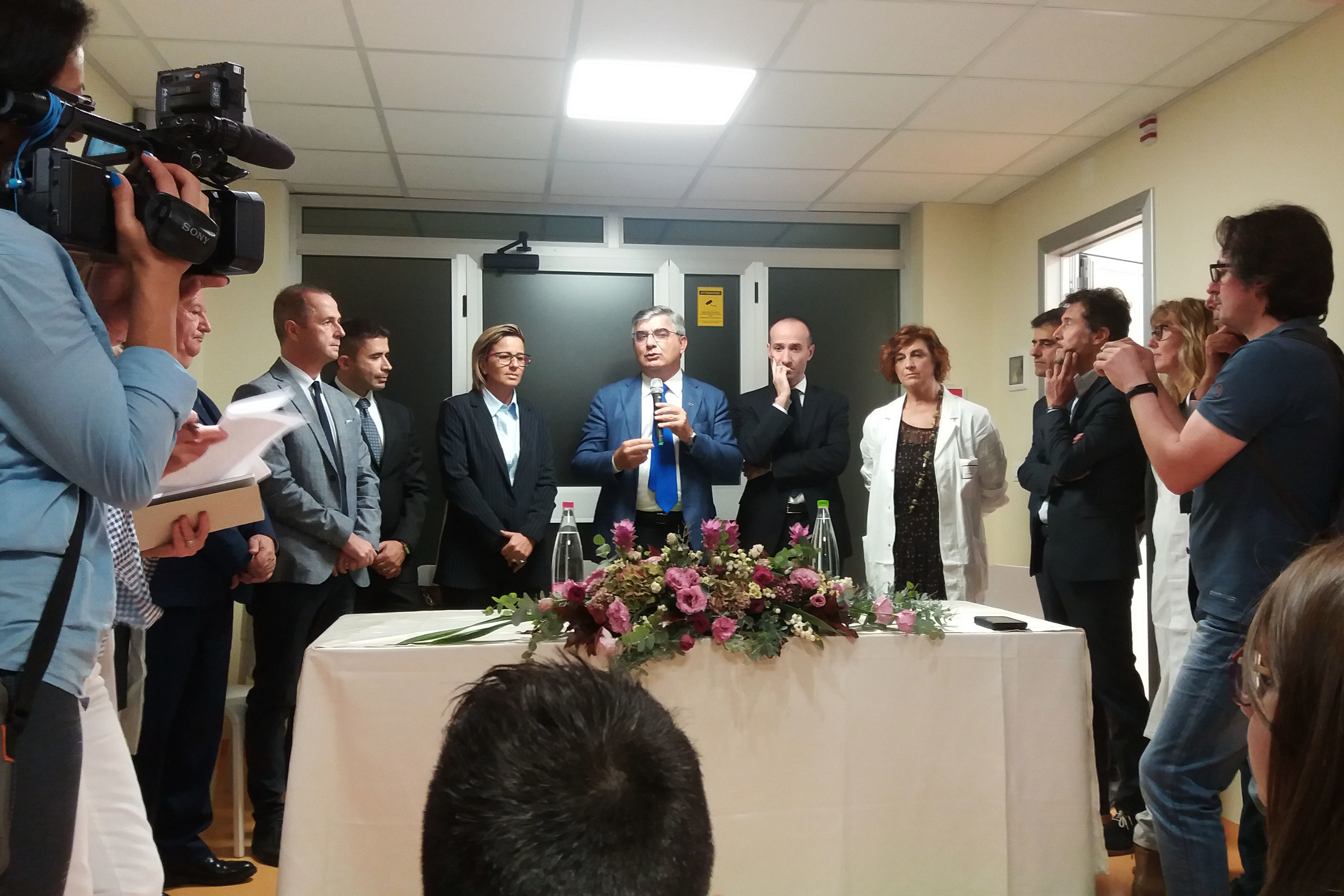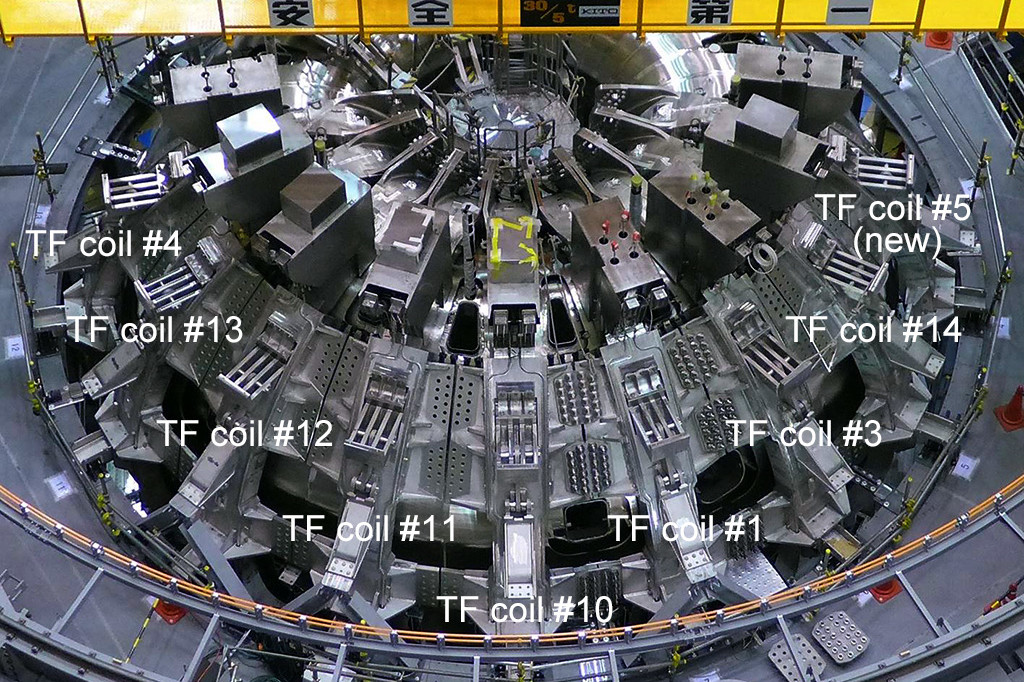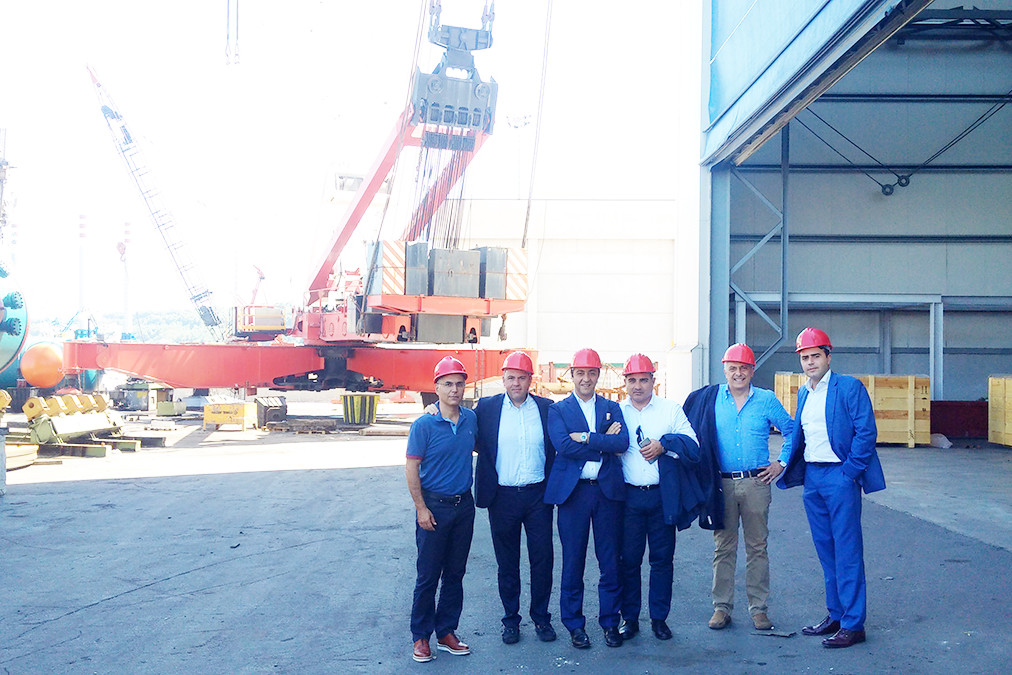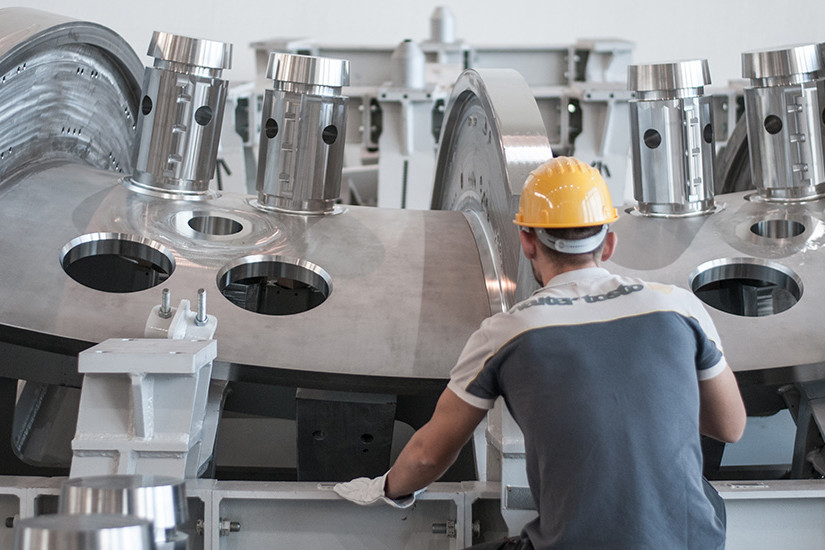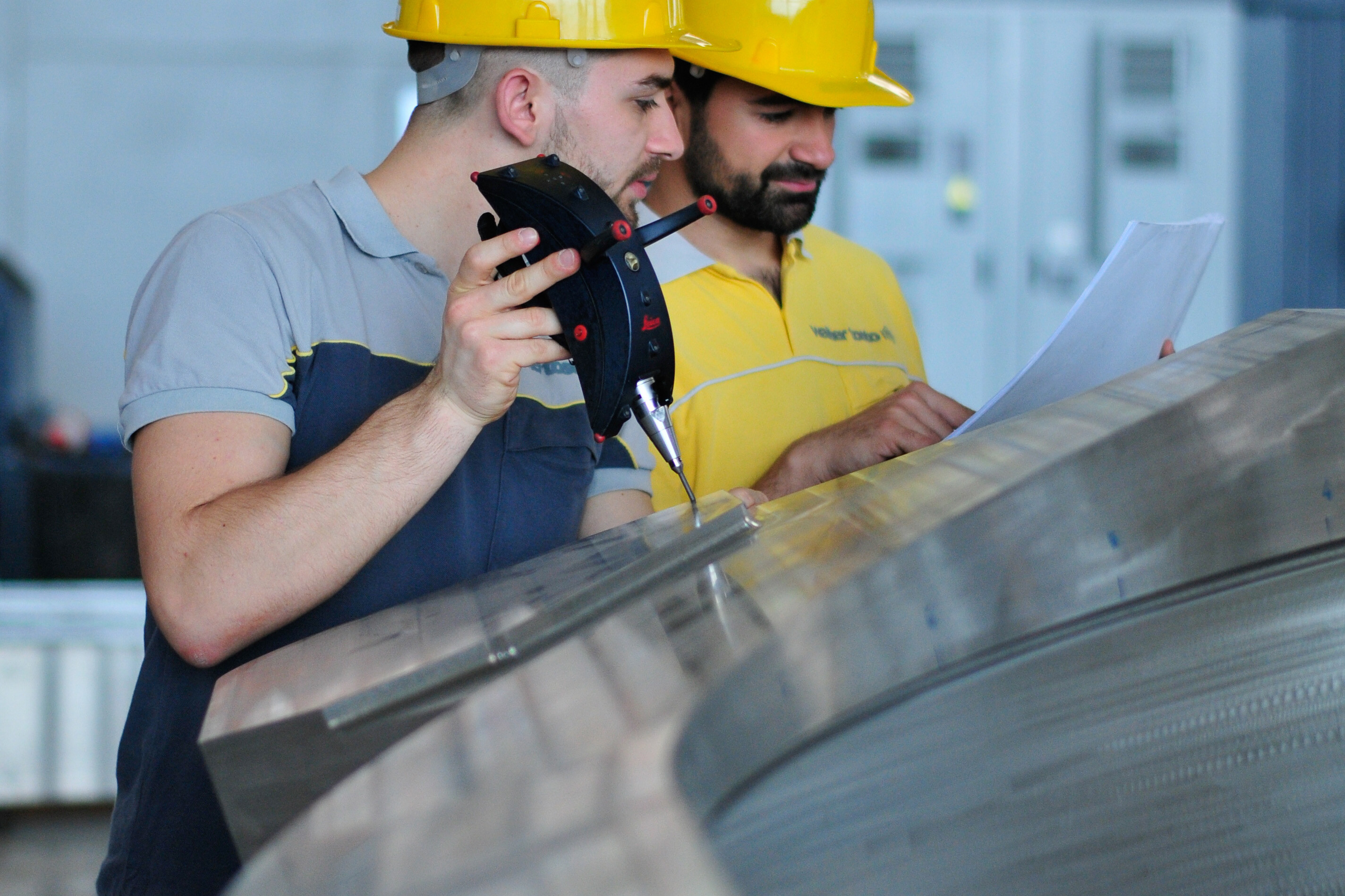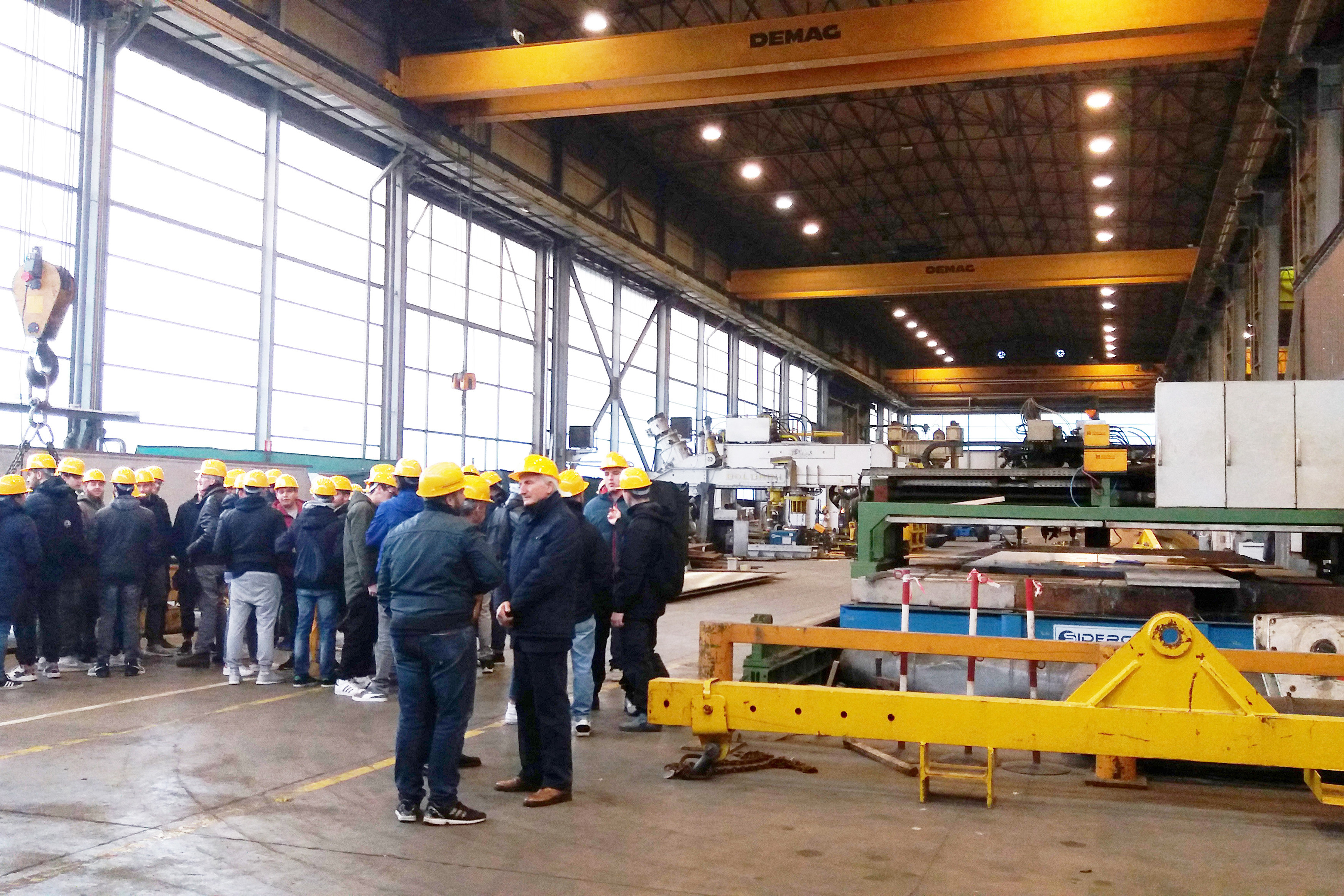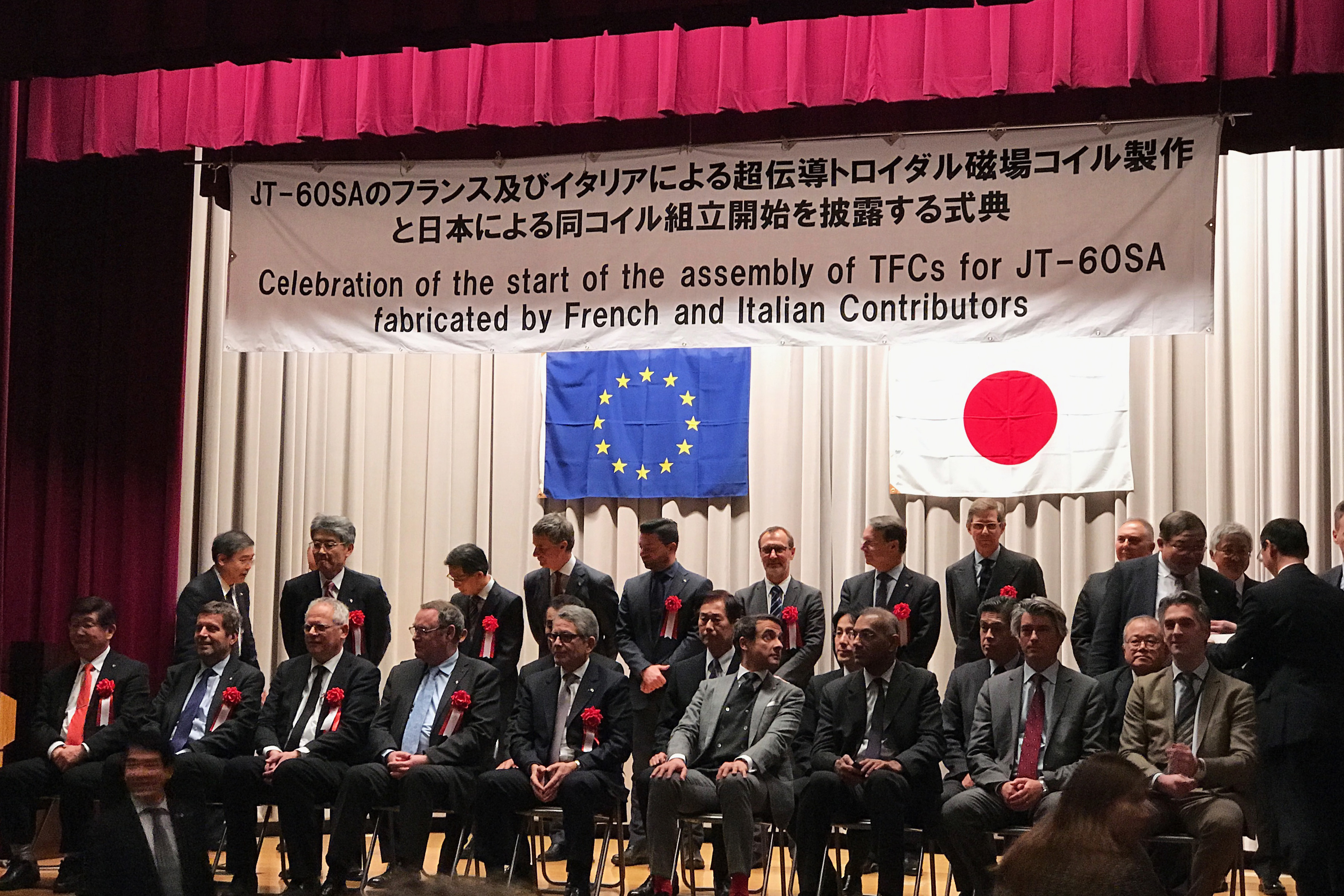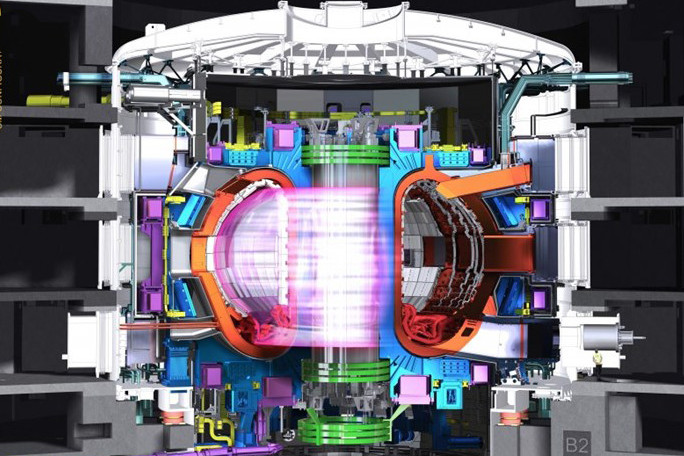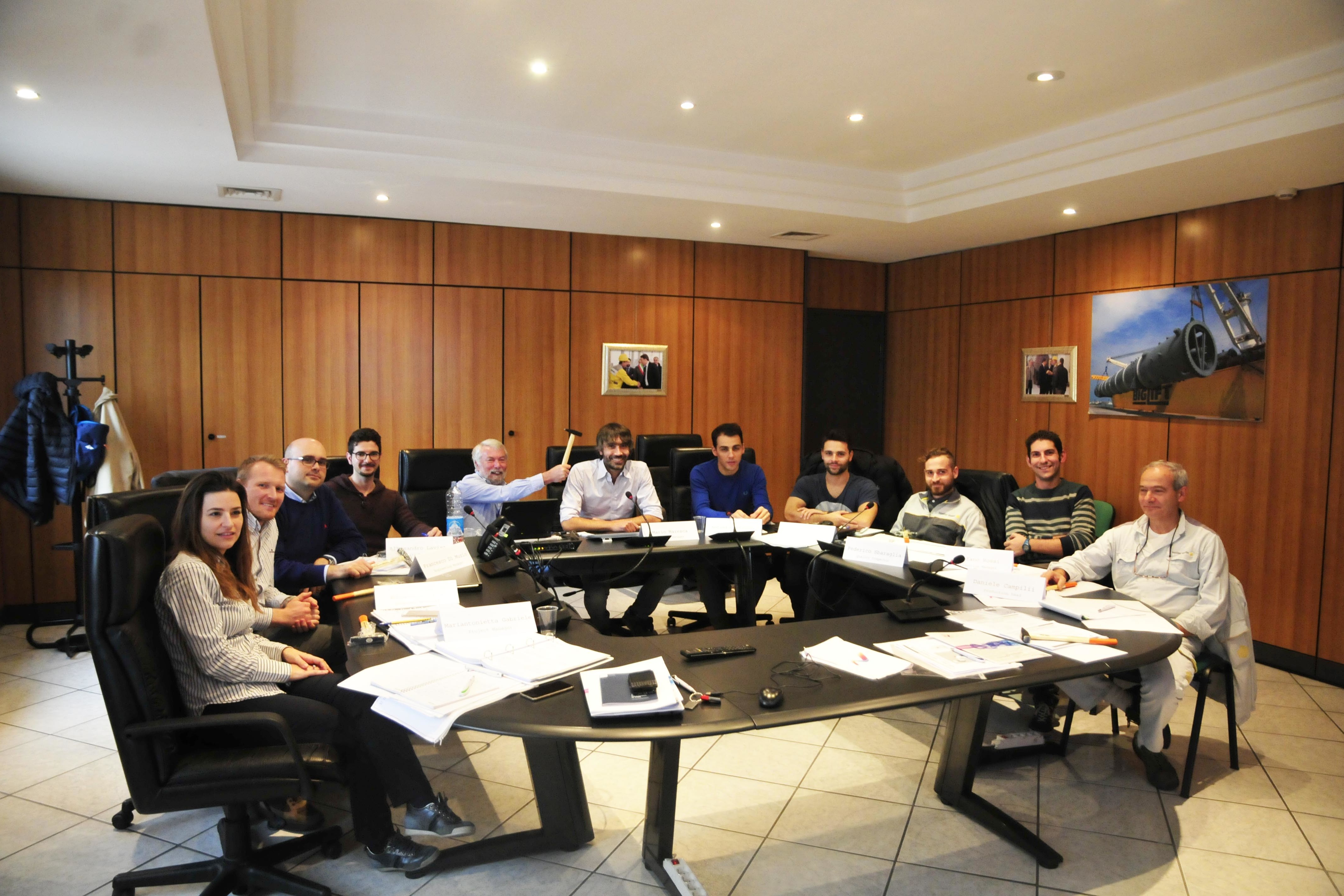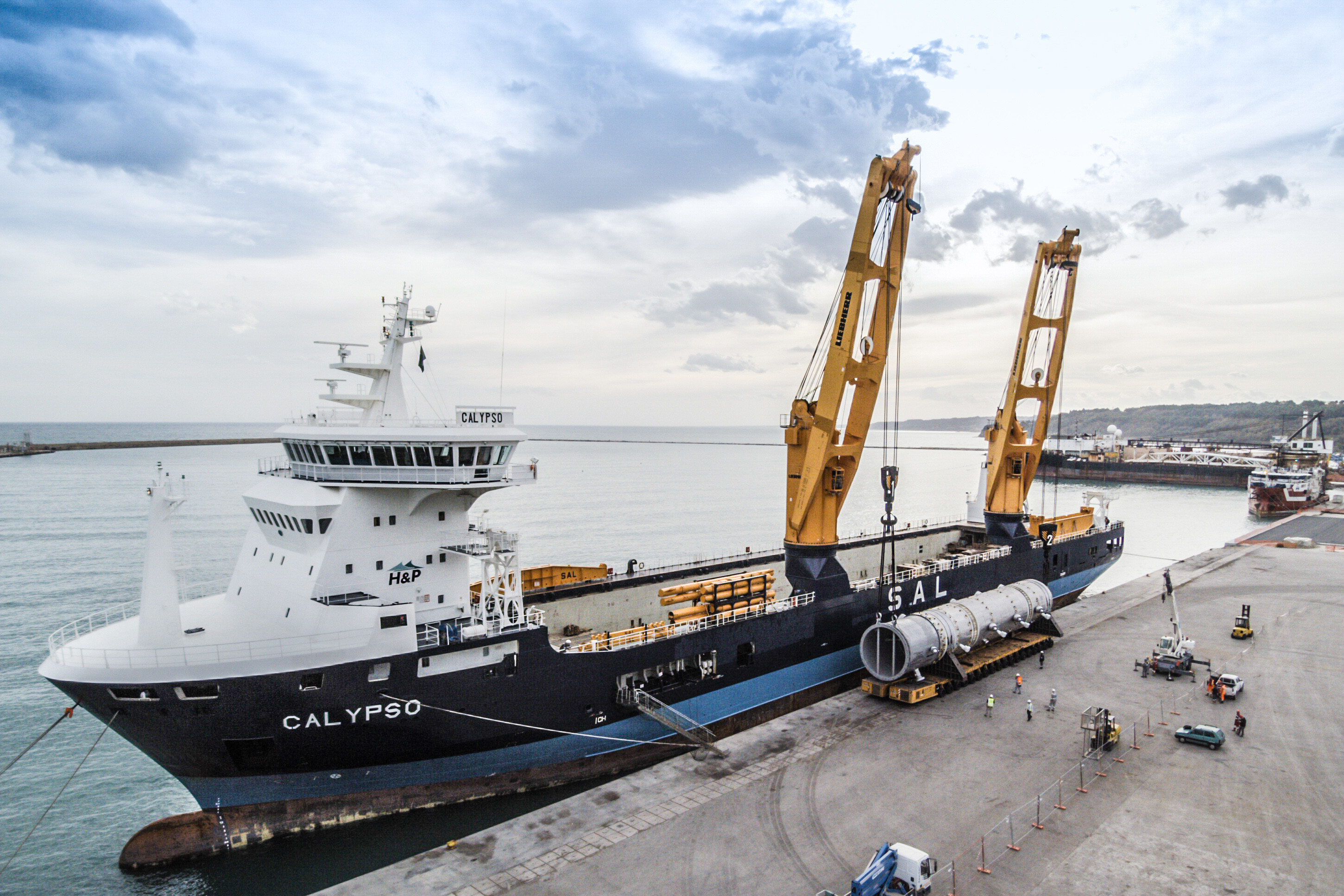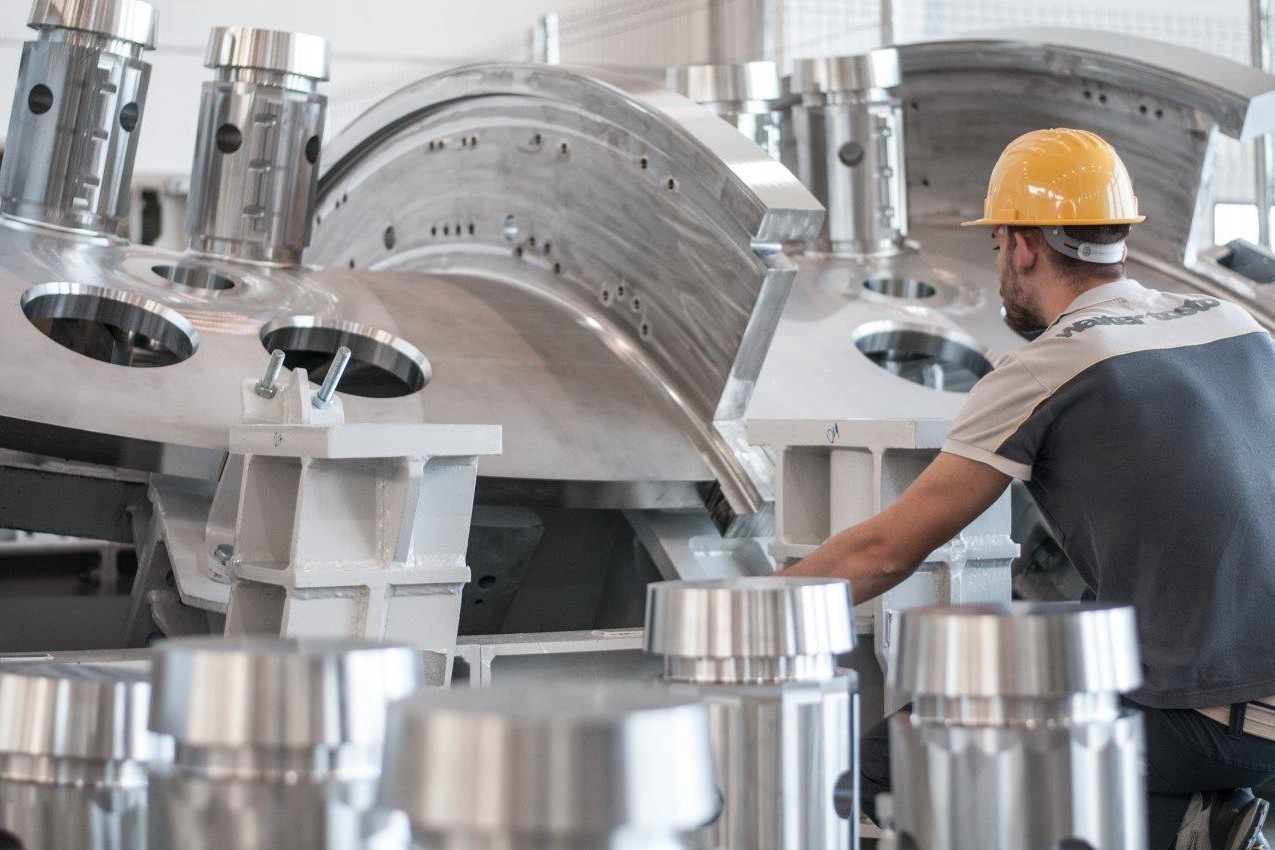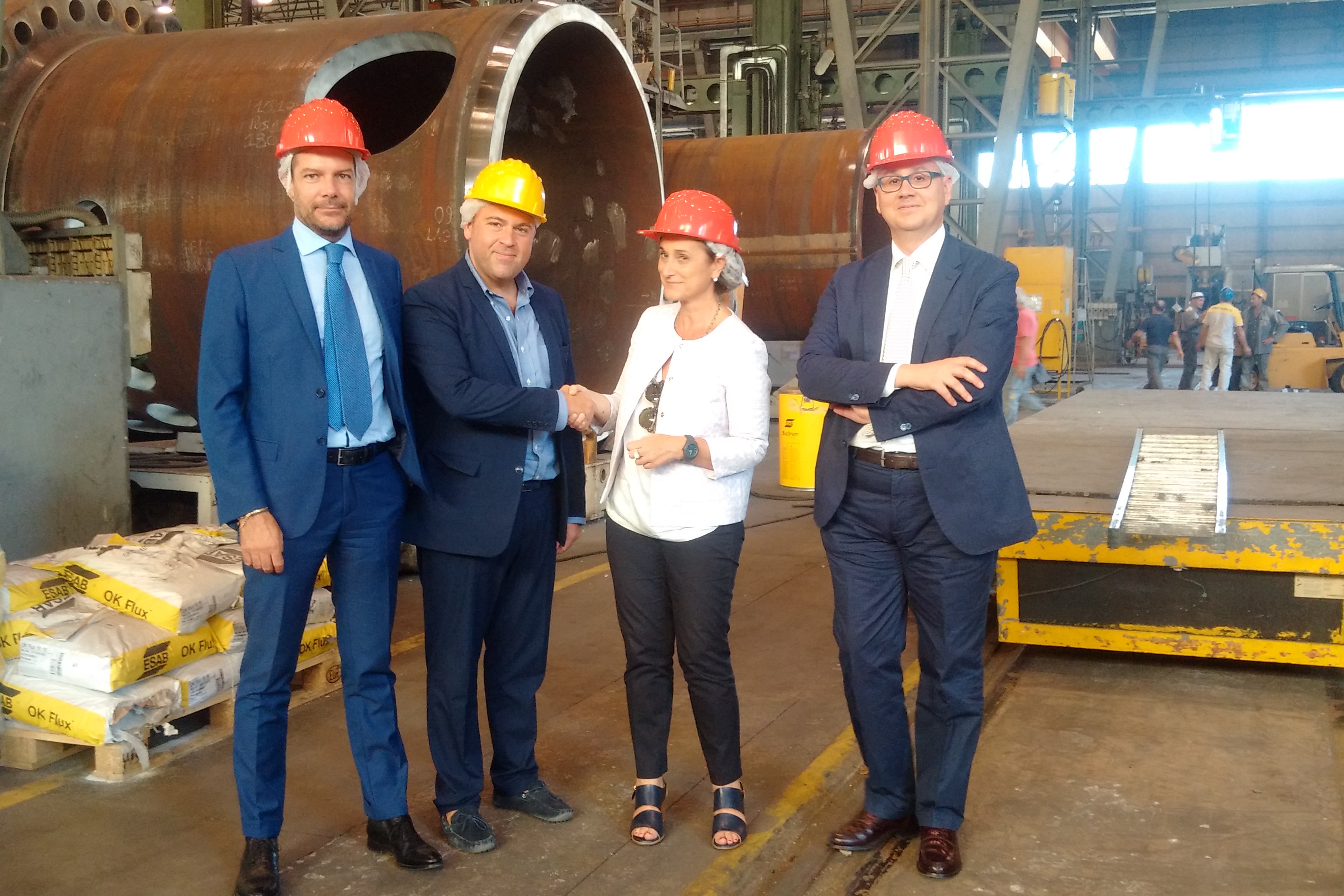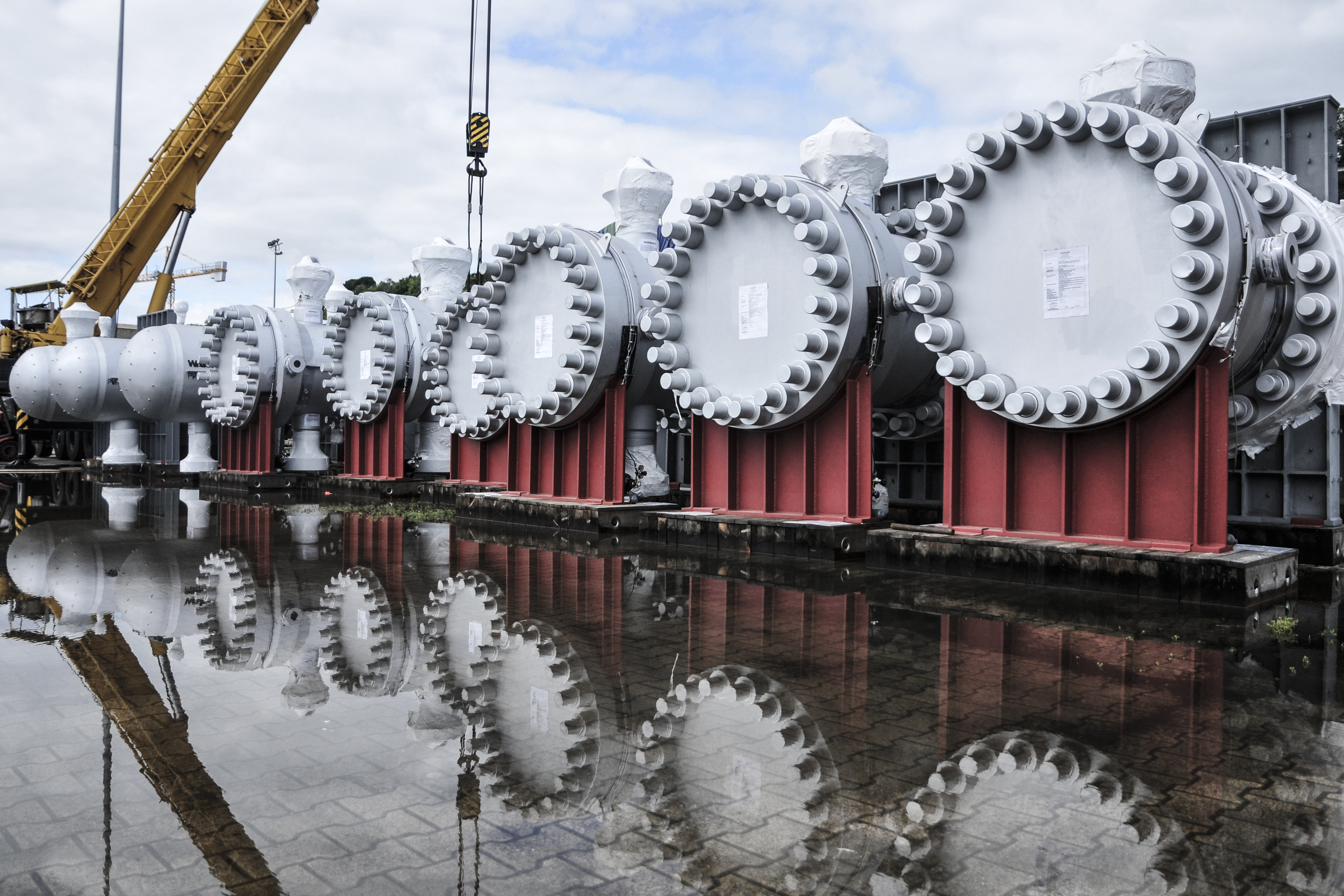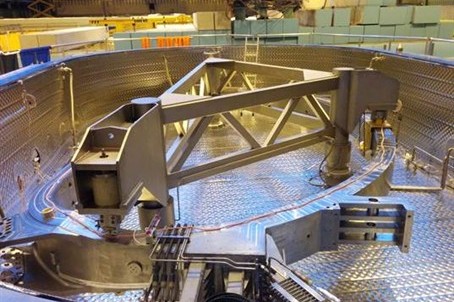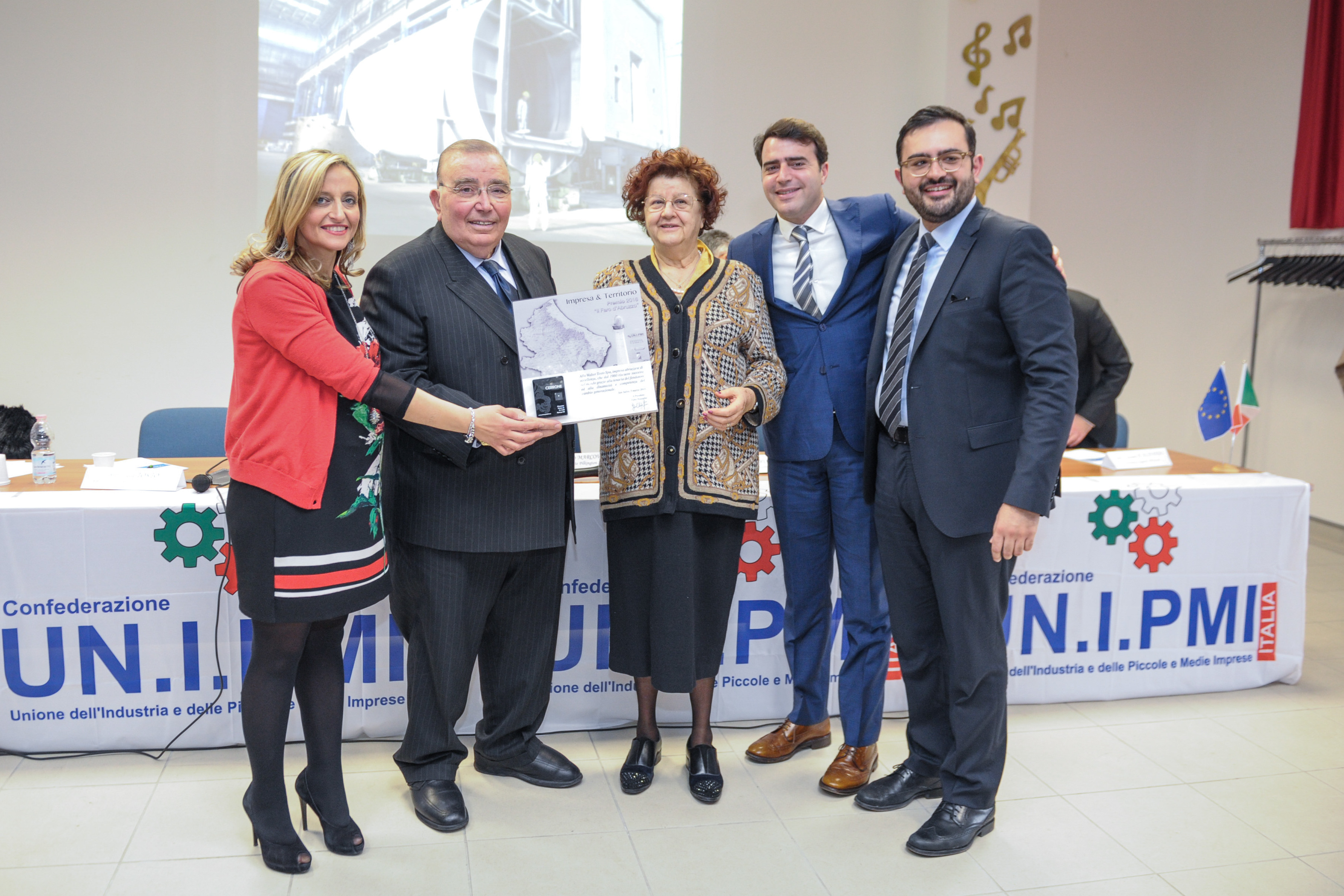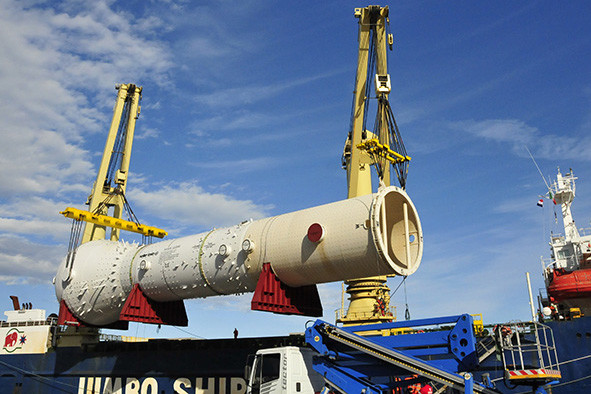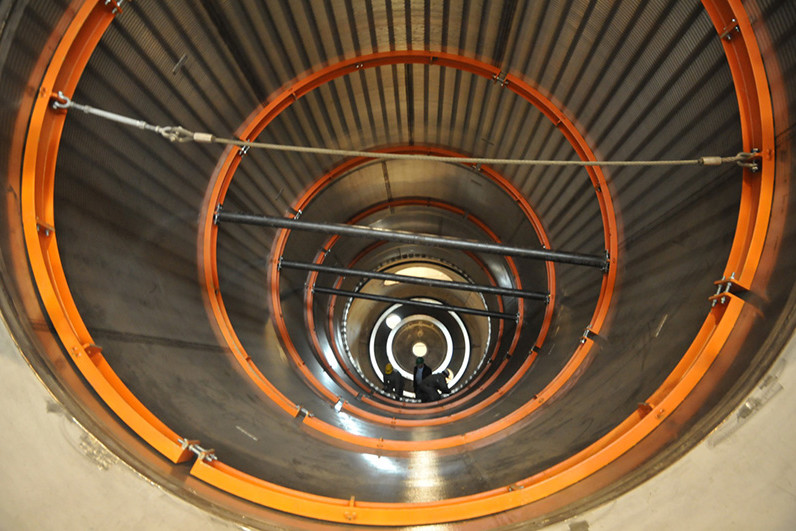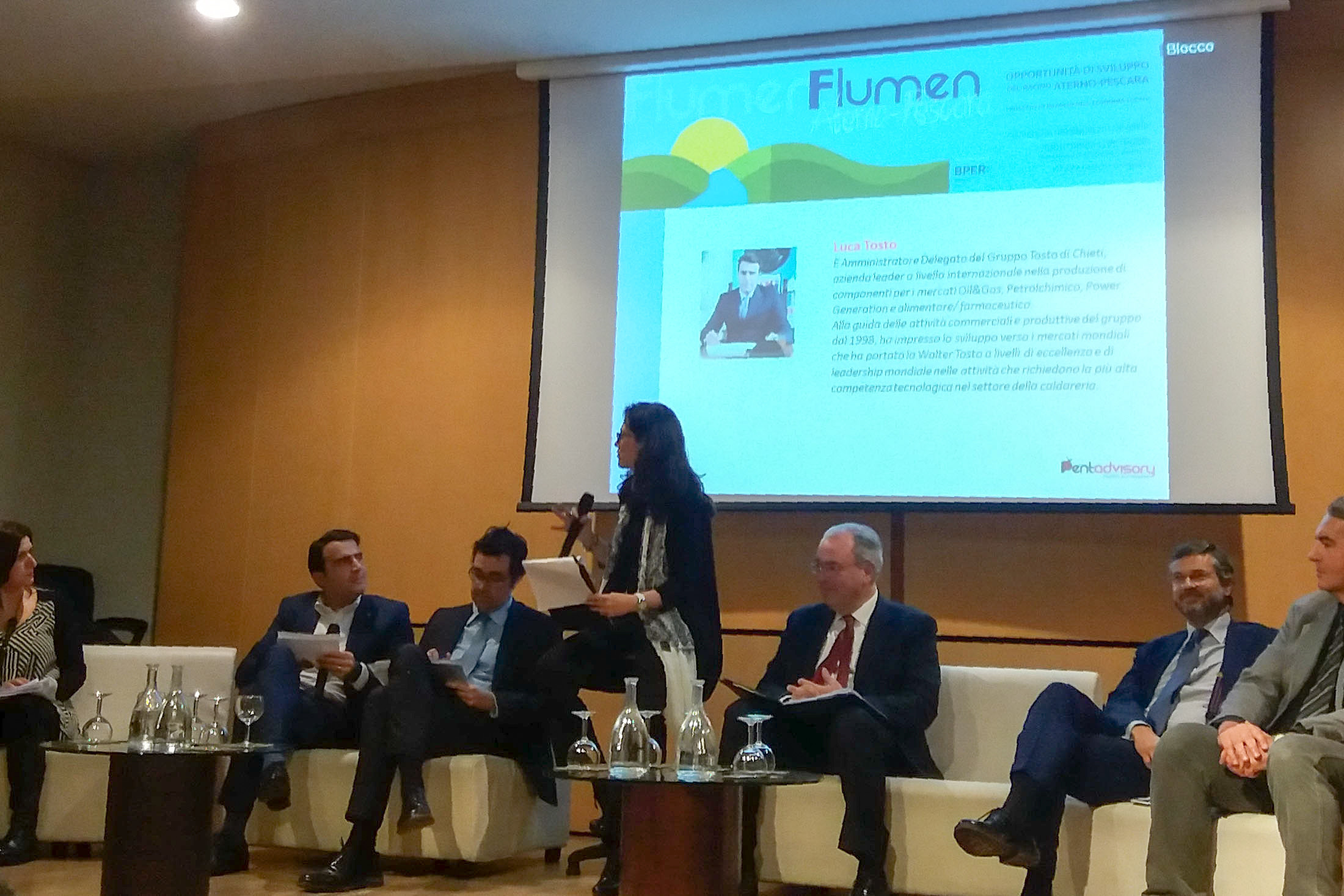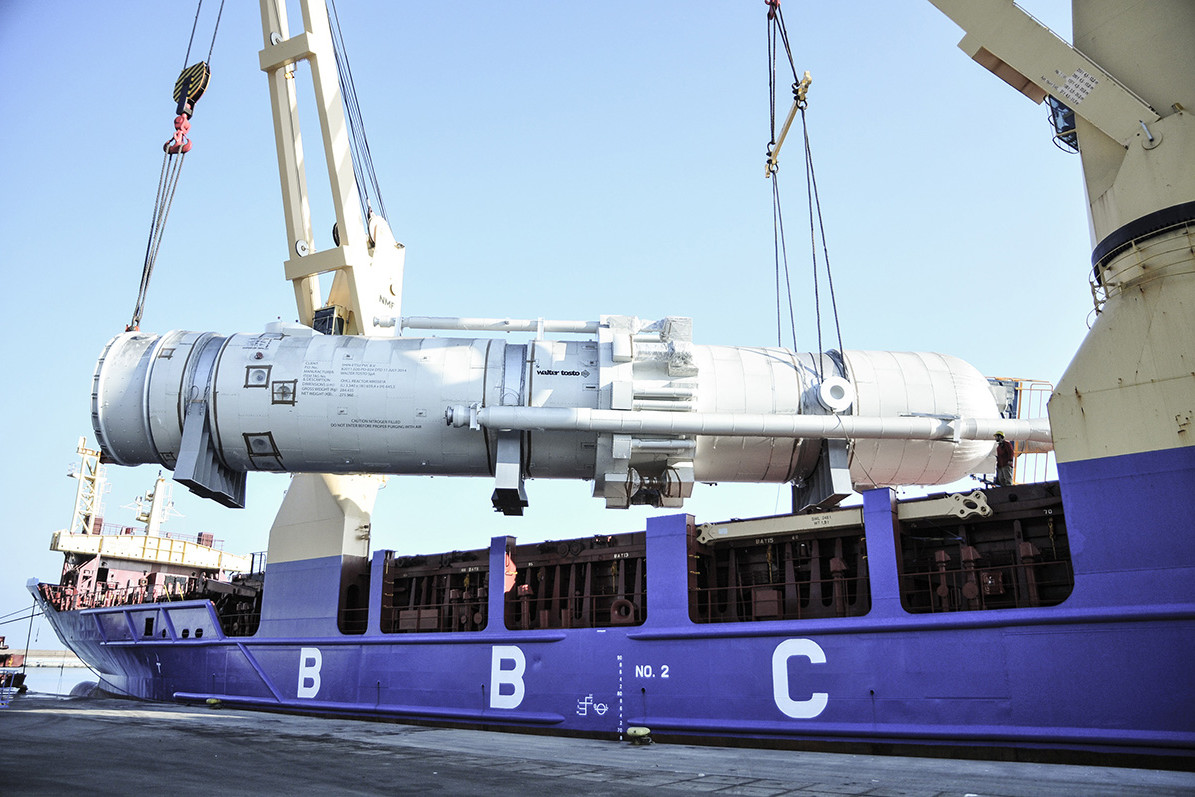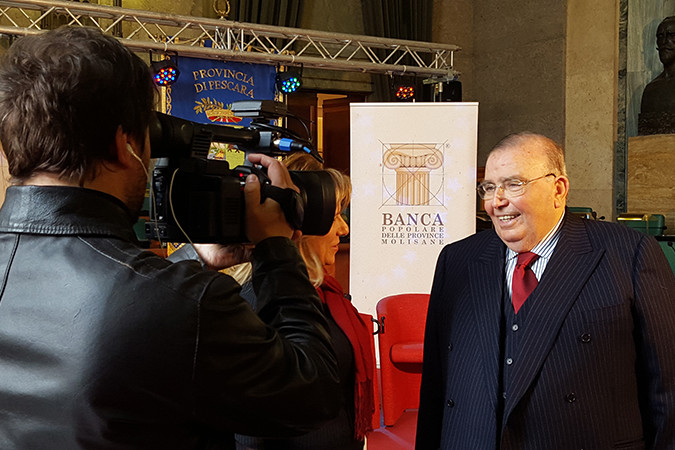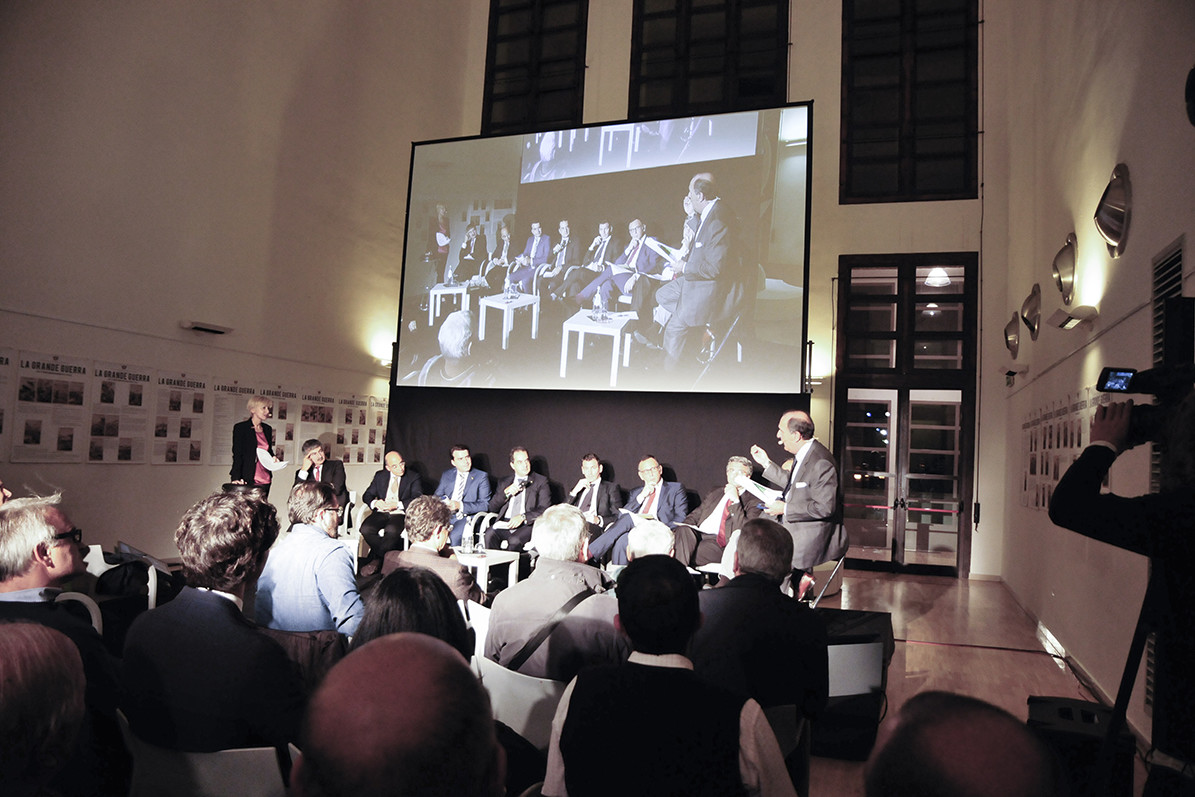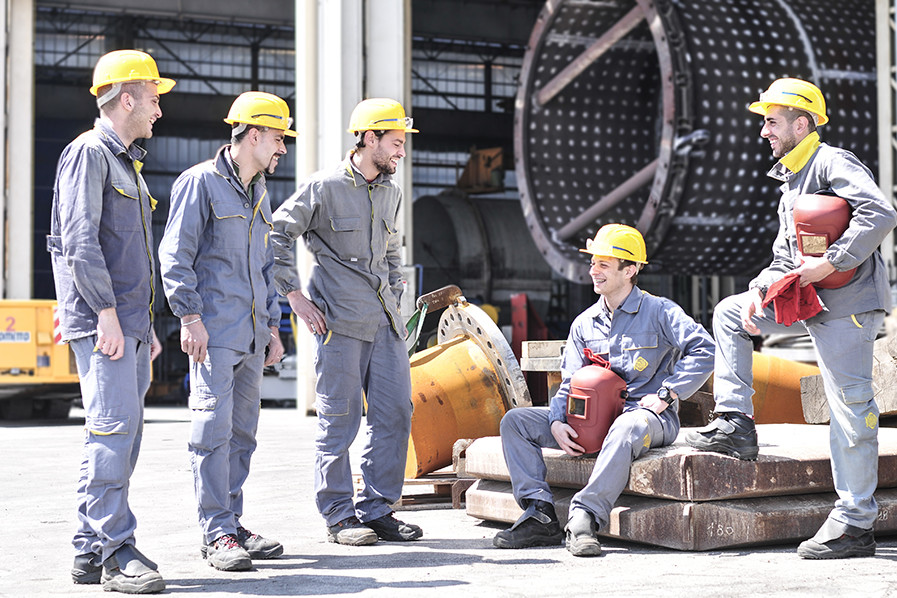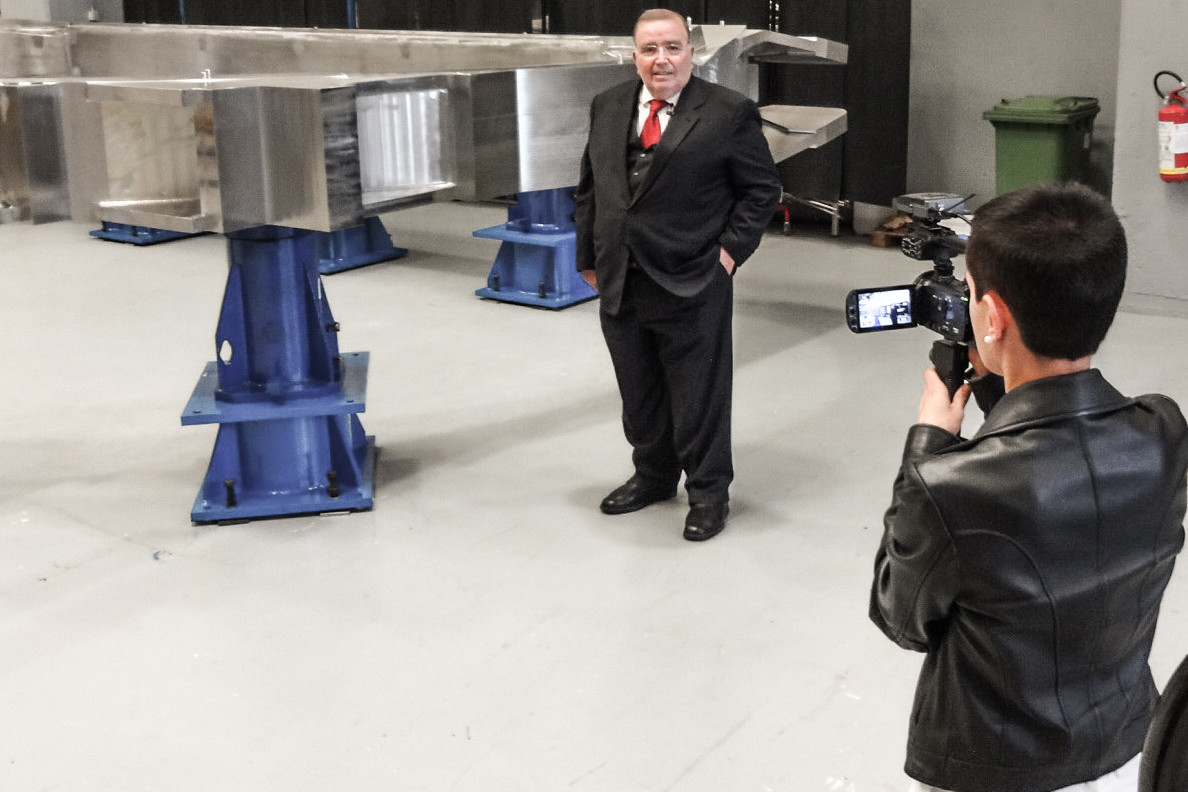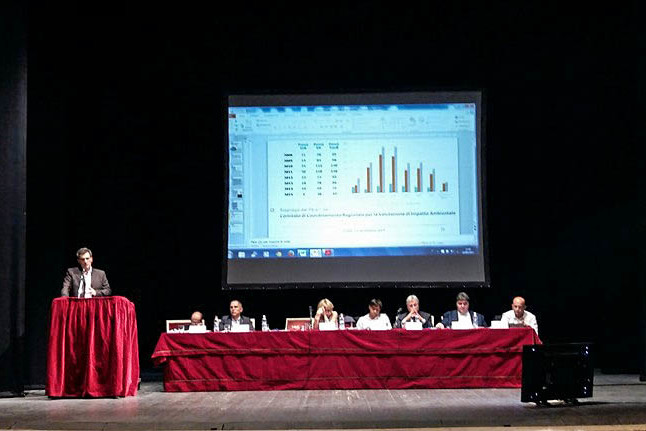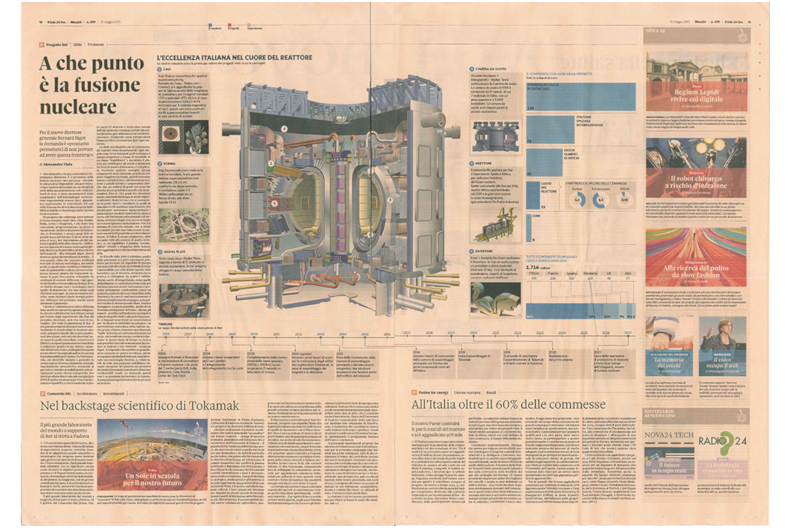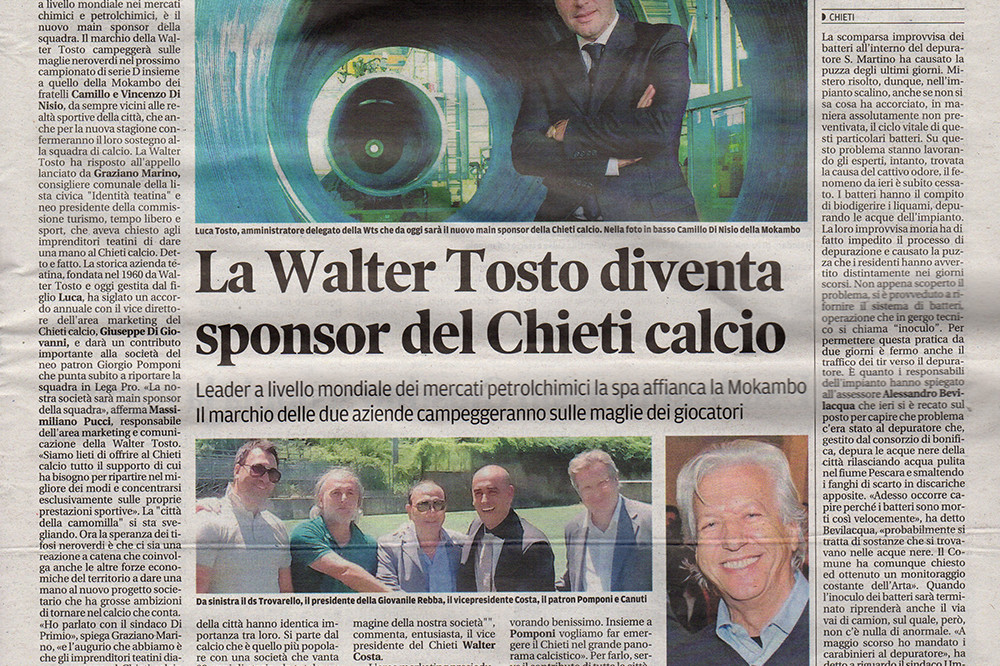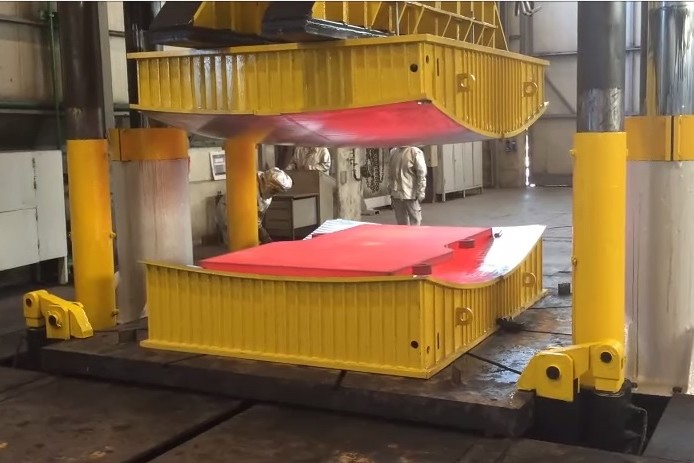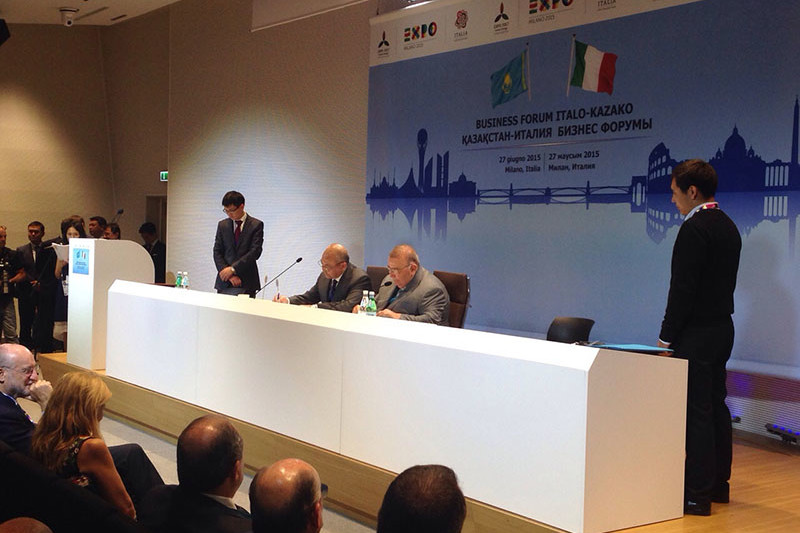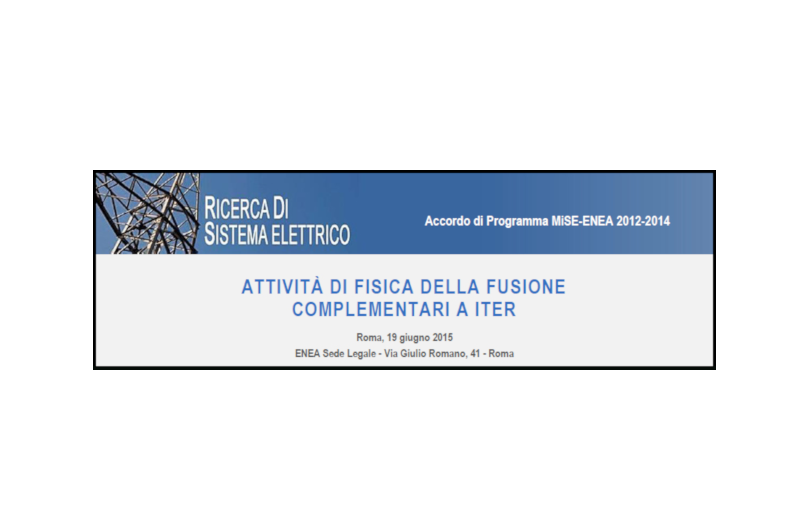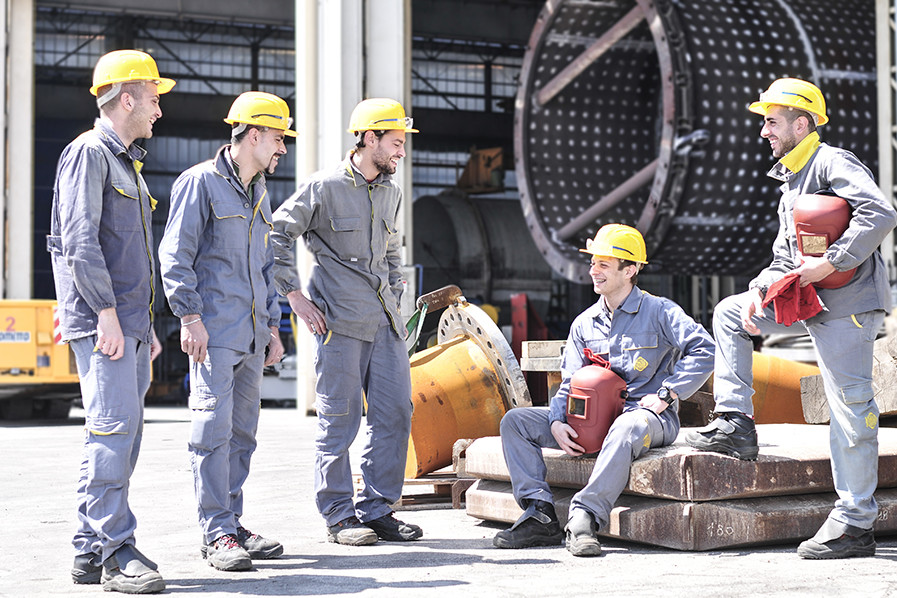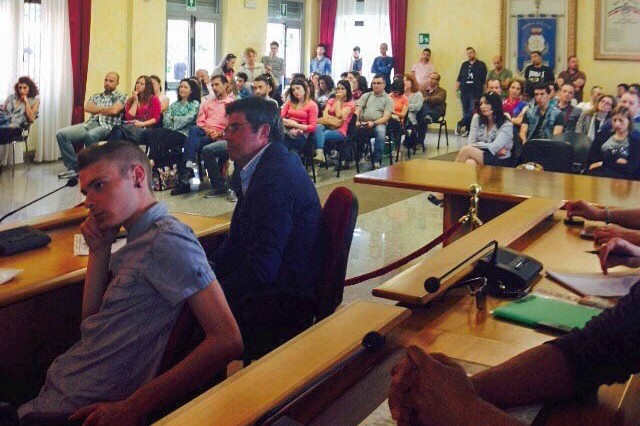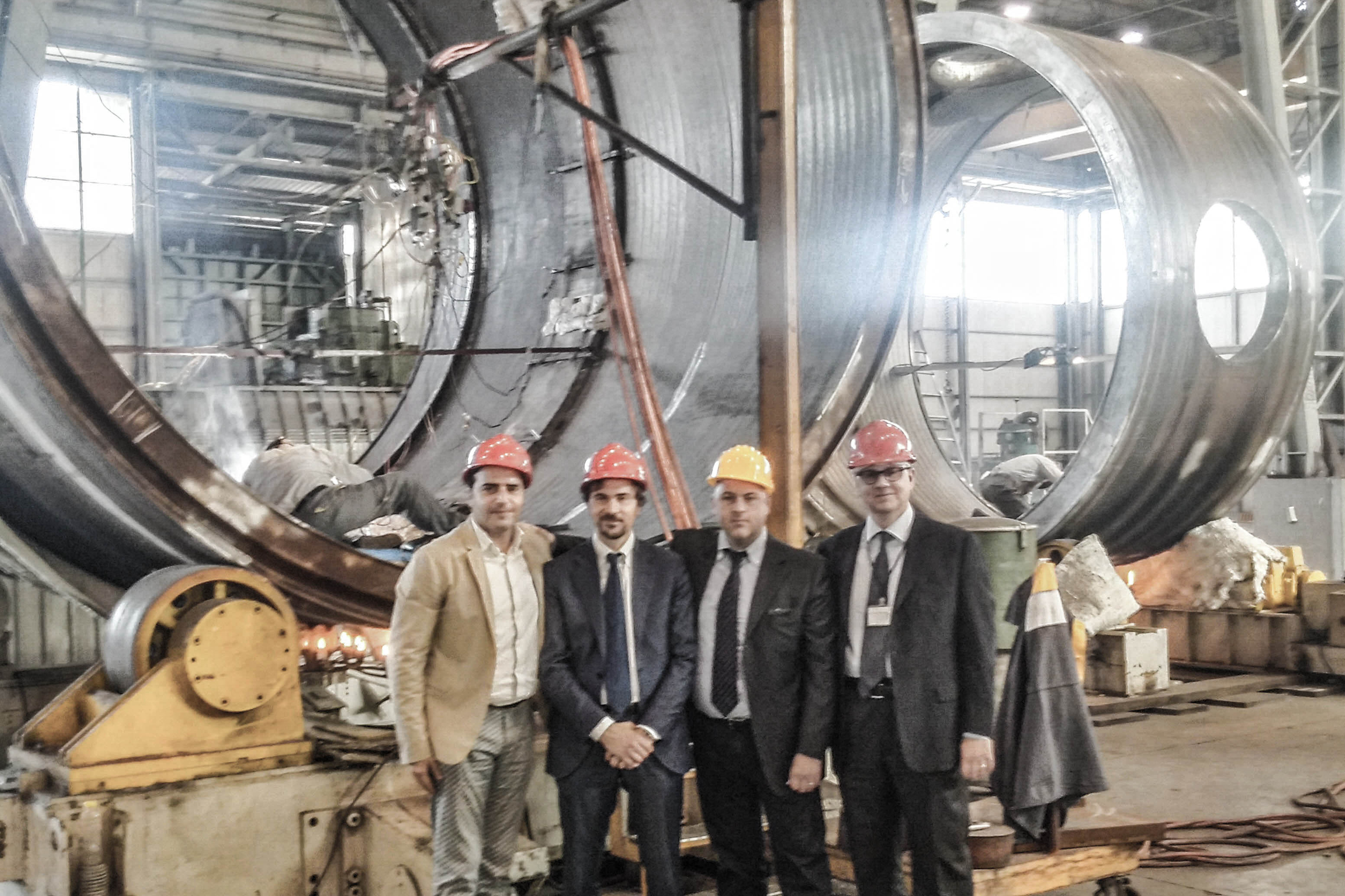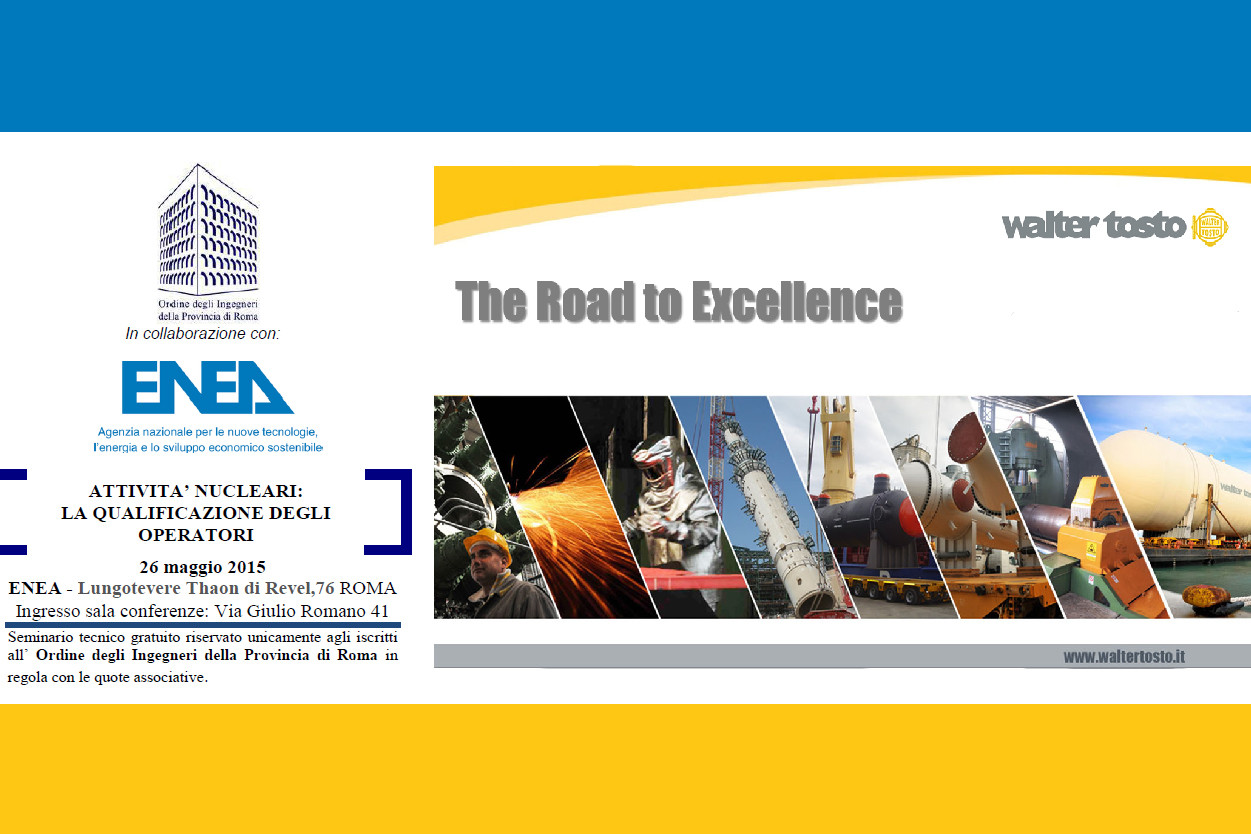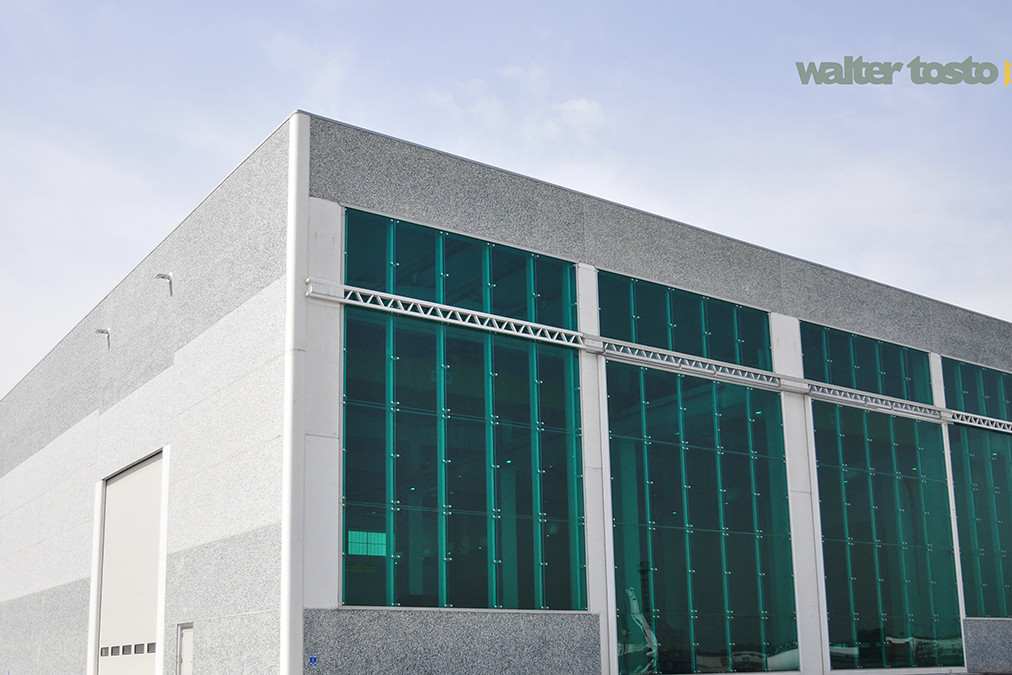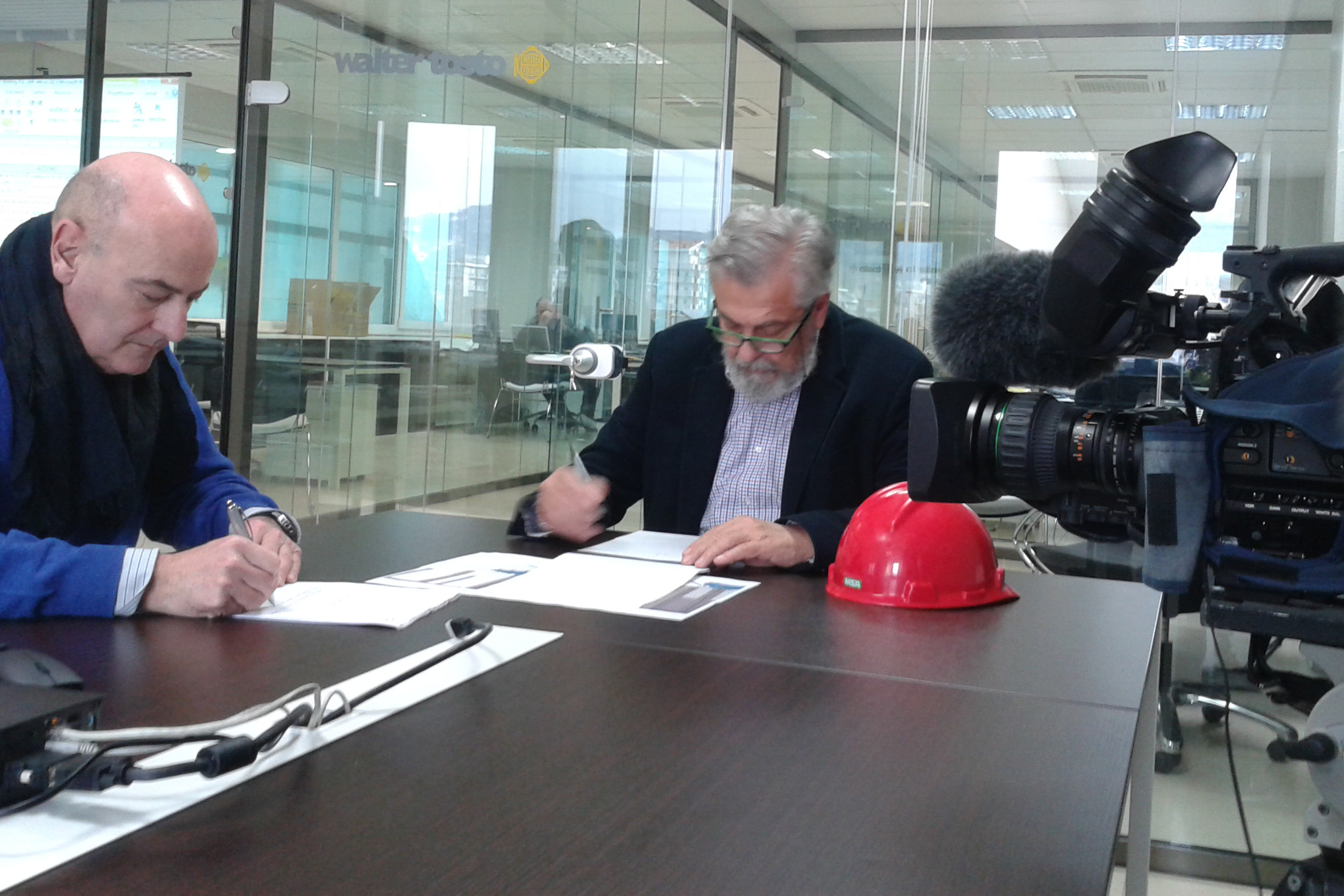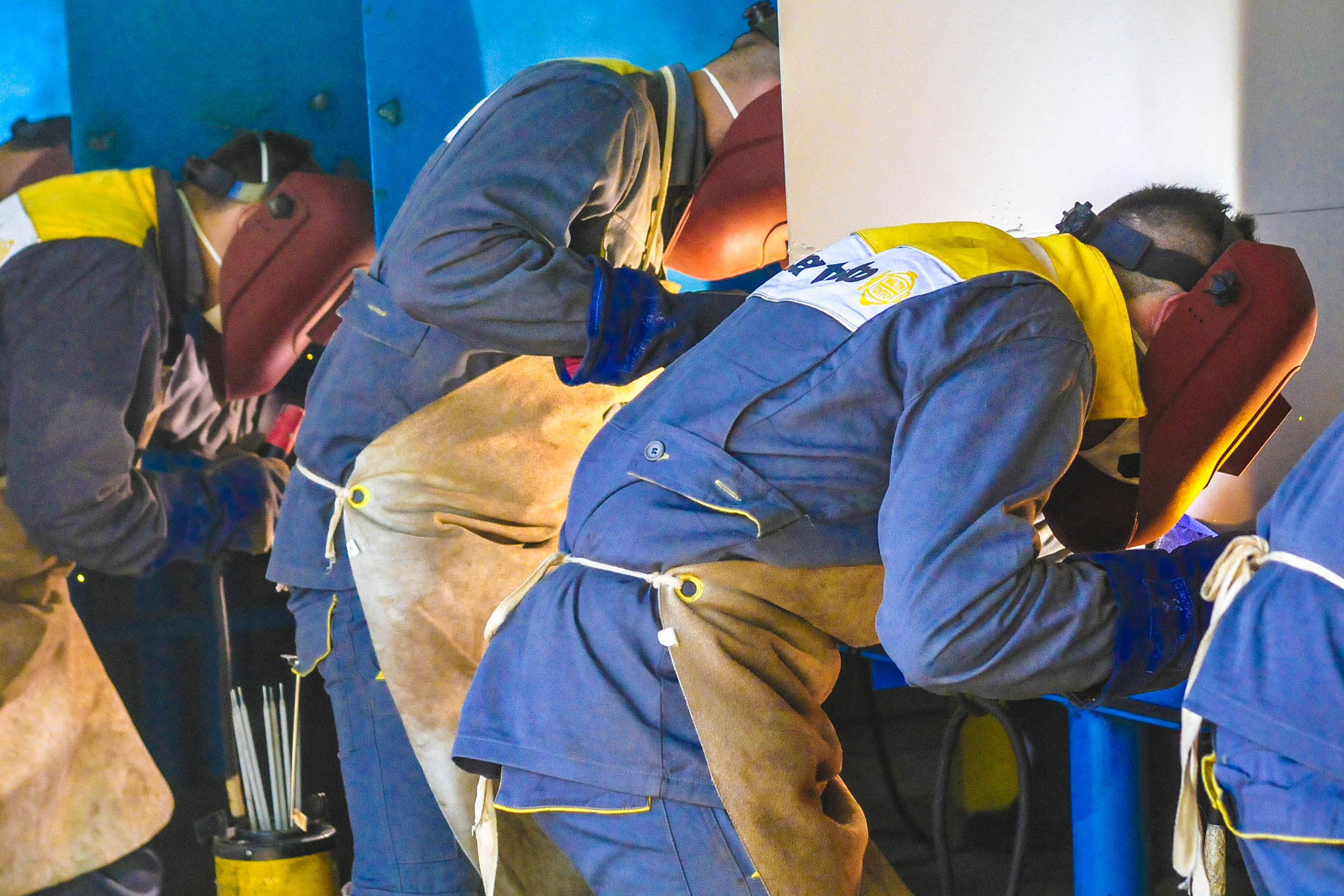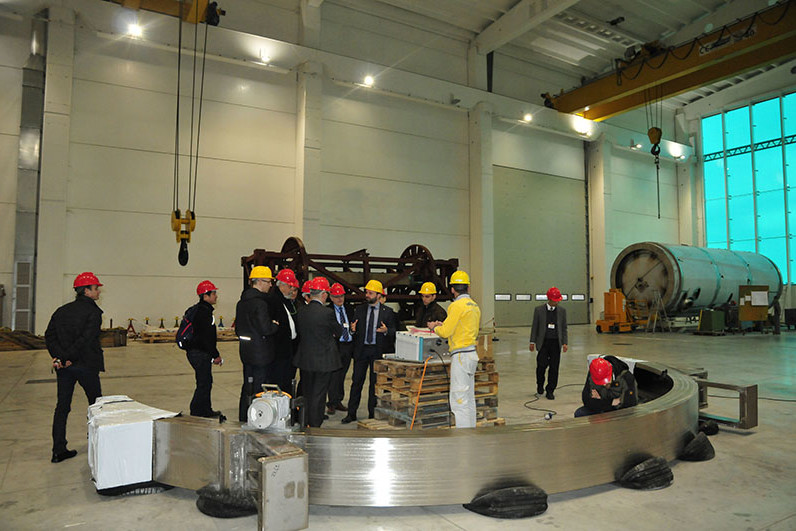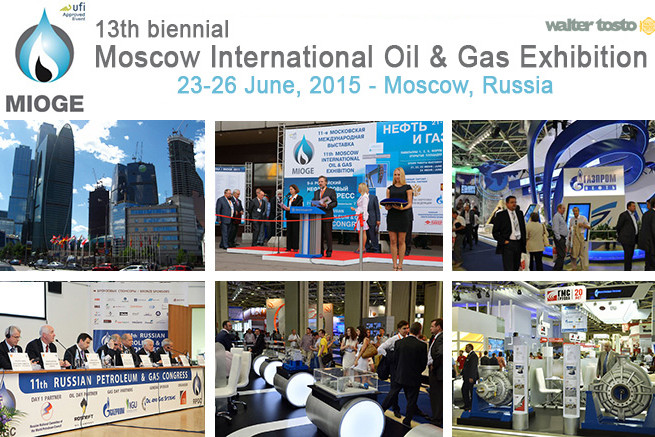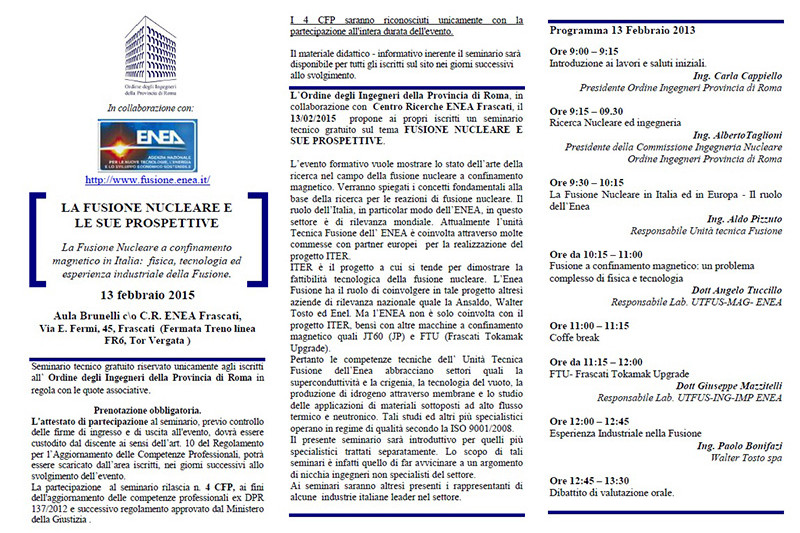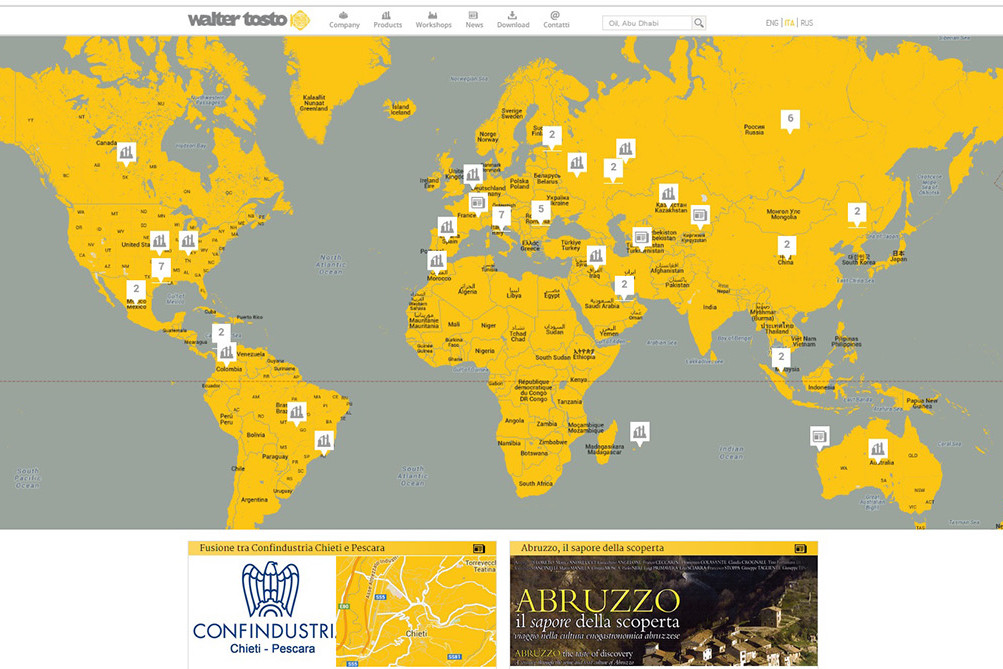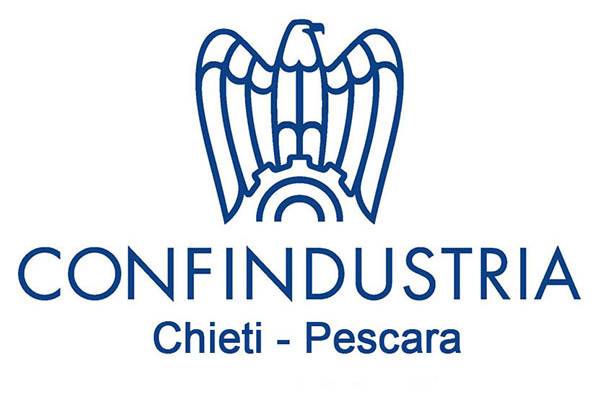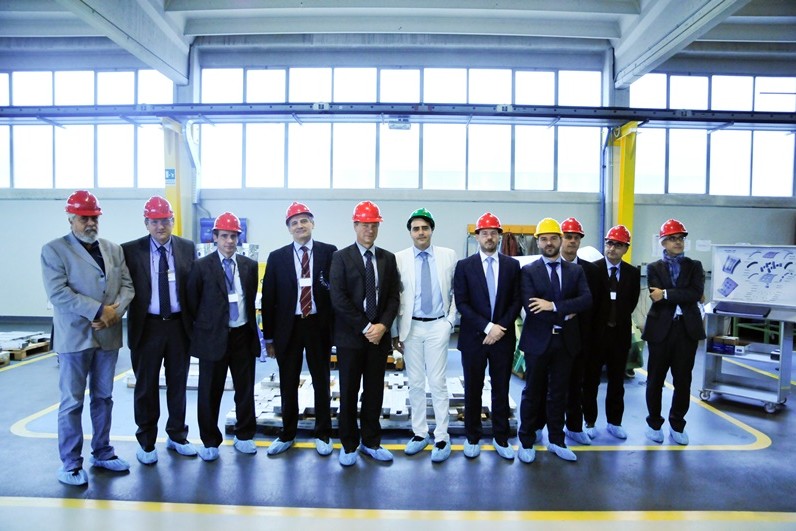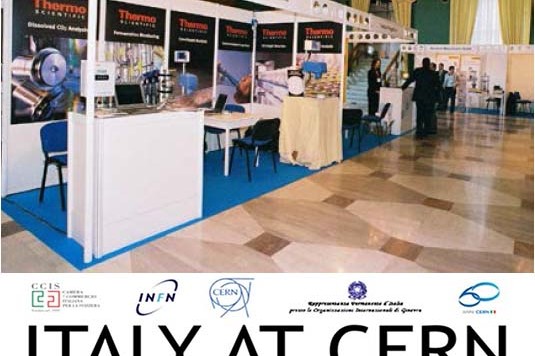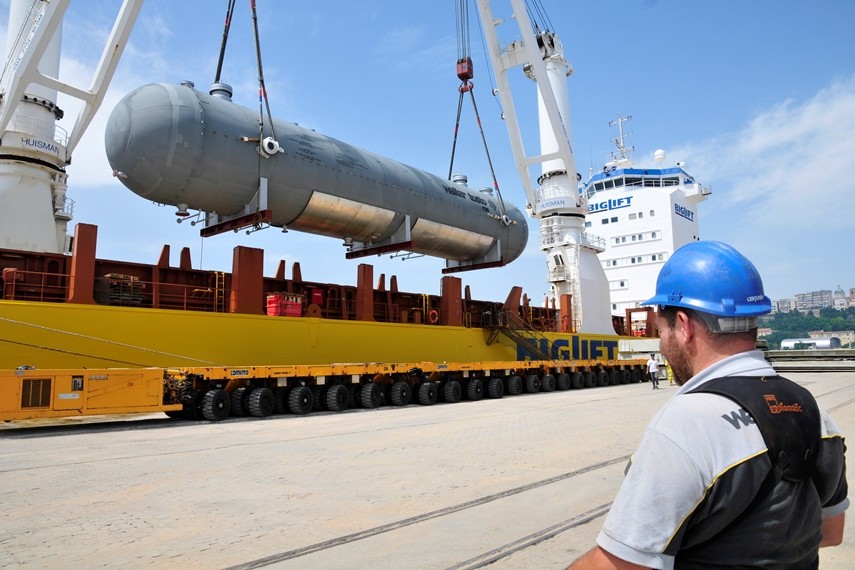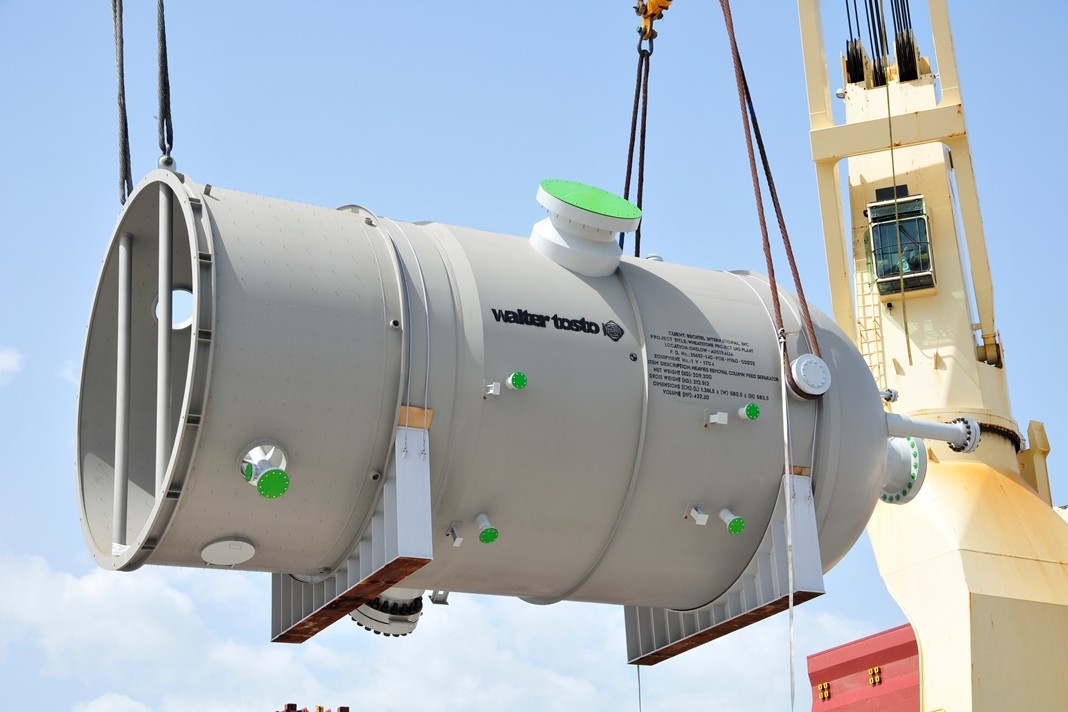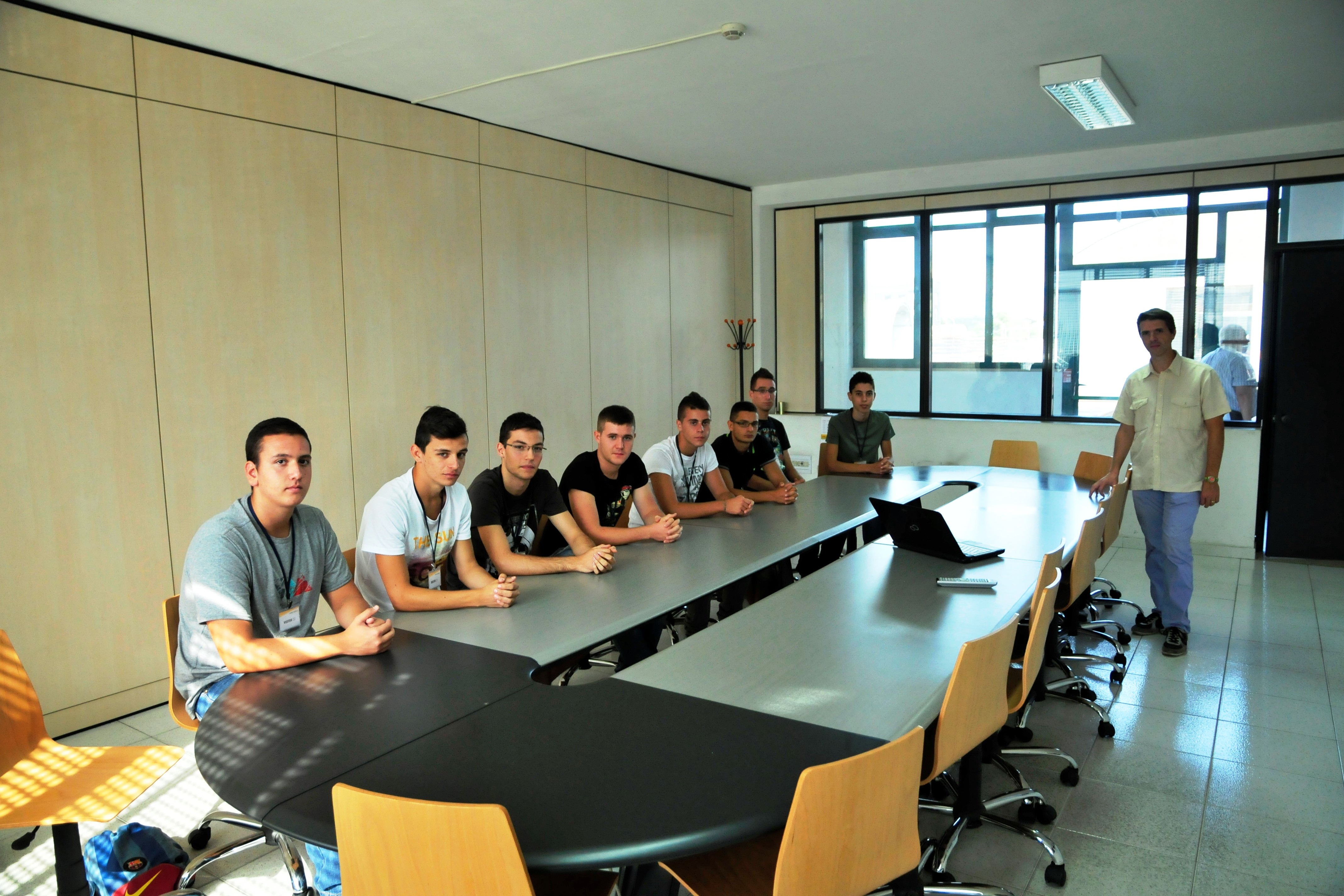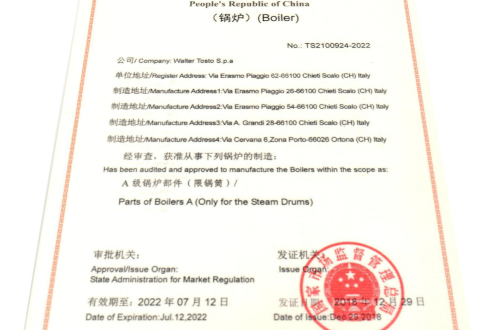The start-up phase of the JT-60SA (tokamak) machine built to support ITER, the most important Big Science project on nuclear fusion energy, is proceeding as planned.
The tokamak (complex fusion device) JT-60SA has recently become superconducting and has currently reached an operating temperature of – 269 ° C, roughly equivalent to the temperature of the space.
The superconducting system represents the heart of the reactor of the Broader Approach research project, the agreement between Europe and Japan aimed at a faster execution of the world research program on nuclear fusion. To date, it is the largest superconducting tokamak in the world and it will remain so until ITER is completed.
The Italian companies, supervised and coordinated by ENEA, have provided a significant contribution in the fabrication of the high-tech components for the project. Among these, Walter Tosto has manufactured the toroidal field (TF) coils to contain the superconducting magnetic system.
After the completion of the tokamak assembly in Naka in March 2020, the joint Japanese and European team is preparing to obtain the “first plasma”.
The machine was started up on 10 October 2020. The process began with the evacuation of all the air from the vacuum vessel. This phase, which lasted about three weeks, subsequently paved the way for the slow cooling of the magnets to bring them, starting from an initial temperature of 27 ° C, to the operating temperature of – 269 ° C. The goal was achieved in the last few days and the current temperature can be viewed from the website http://www.jt60sa.org/jt60sa_tmon/.
Related Posts
Thursday March 14th, 2024
(Italiano) StocExpo 2024: Sphero porta a casa un prestigioso riconoscimento
Thursday November 30th, 2023
Walter Tosto Spa supports the Ukrainian Women’s Handball Team in the Women’s World Championship
Thursday September 7th, 2023
Walter Tosto at the round table “Selling Machinery in China” with Sace and Sumec
Wednesday June 14th, 2023
New delivery: Vacuum Column for Distillate Hydrotreating Unit
Monday March 20th, 2023
Walter Tosto SpA among the Top 200 companies in the Abruzzo and Molise regions
Tuesday February 14th, 2023
Petrojet and Walter Tosto renew their cooperation agreement for Oil & Gas projects in Egypt
Wednesday February 1st, 2023
Walter Tosto welcomed important delegates for the ITER project
Monday January 30th, 2023
Walter Tosto SpA meets the students of the Technical Institute “T. Acerbo” of Pescara
Wednesday January 11th, 2023
The first shipment of the year is preparing to land in Egypt
Monday November 28th, 2022
Students from the school of Collecorvino to visit Walter Tosto spa
Friday October 14th, 2022
Walter Tosto in Brussels to talk about new technologies in the nuclear field
Wednesday June 15th, 2022
Awarded the first Welding Operators of the “Di Marzio-Michetti” institute of Pescara
Wednesday January 26th, 2022
Important milestone for the international scientific community: Borexino comes to an end
Thursday October 14th, 2021
Centenary of the Professional Institute “Di Marzio – Michetti”
Thursday May 27th, 2021
New training project for students with Walter Tosto’s technicians
Friday April 2nd, 2021
Quality, Walter Tosto obtains the renewal of the ASME certification
Monday January 18th, 2021
Walter Tosto SpA enters the “Patent Box” subsidized taxation regime
Friday December 11th, 2020
Concentrating solar plants: the Nextower project is taking shape
Wednesday October 28th, 2020
Equipment designed by Walter Tosto to be installed in Illinois
Friday February 14th, 2020
Opportunities in Egypt: The agreement between Walter Tosto and Petrojet has been renewed
Friday December 20th, 2019
Waste Heat Boilers for methanol plant in Saudi Arabia just shipped
Tuesday November 5th, 2019
More than 100 students are attending high-level courses in Walter Tosto SpA
Friday October 18th, 2019
Industry 4.0 course in Walter Tosto: 24 students to start the internship phase
Friday September 13th, 2019
Students of the Master in Fusion Energy visit Walter Tosto SpA
Thursday September 5th, 2019
ITER: a crucial step was reached for the Vacuum Vessel’s sectors construction
Friday July 12th, 2019
Intesa Sanpaolo to visit the Tosto Group in its headquarters in Chieti
Tuesday June 25th, 2019
ITER Project: Delegates of the Chinese government to visit Walter Tosto SpA
Monday May 13th, 2019
Tour in Walter Tosto for 110 technical institute students of Pescara
Wednesday April 17th, 2019
Nuclear: Research and Industry for Young Generation Conference
Thursday April 4th, 2019
Fluor and Exxon Mobil grant a prestigious award to Walter Tosto SpA
Monday February 18th, 2019
Walter Tosto and Petrojet to sign an important agreement in Egypt
Wednesday December 19th, 2018
Walter Tosto to welcome 25 future industry 4.0 technicians
Wednesday December 12th, 2018
Quality: positive results for the renewal audit of the SELO certification
Monday December 3rd, 2018
Tosto Group and UBI Banca together for Foreign Markets opportunities
Friday November 23rd, 2018
At Palazzo Alteri with Banco BPM for the presentation of the new book of Carlo Verdone
Wednesday November 14th, 2018
The new training program for future industry 4.0 technicians was presented today
Monday September 17th, 2018
September 13th and 14th 2018: Ninth edition of the Dillinger Pressure Vessel Colloquim
Thursday September 13th, 2018
Banco BPM and Gruppo Tosto: a collaboration coming from the past and looking to the future
Monday March 5th, 2018
The students of the Industrial Institute at Heavy Industry lesson
Thursday November 9th, 2017
ASME reconfirms Walter Tosto with the certification for nuclear components
Friday September 8th, 2017
The last TF coil for the JT-60 SA project has been delivered
Thursday March 23rd, 2017
Walter Tosto joined the Energy, Construction and Dwelling hub
Monday February 6th, 2017
Meeting with the Boards of the AMW consortium and Fusion for Energy
Thursday February 2nd, 2017
Speech of Prof. Testa to the Commission for Productive Activities
Tuesday January 24th, 2017
Walter Tosto recognized sustainable company of advanced level
Monday December 19th, 2016
WT’s employees performed in a talent show for the Christmas Dinner
Wednesday December 14th, 2016
A new milestone in nuclear fusion: Wendelstein 7-X works!
Tuesday November 22nd, 2016
The Undersecretary Claudio De Vincenti visited Walter Tosto SpA
Wednesday October 19th, 2016
October 25 to 28, 2016 : Food and Pharma will participate to Cibus Tec
Wednesday October 5th, 2016
Walter Tosto was invited as a judge at the “Brodetto” Festival
Wednesday October 5th, 2016
New York celebrates the arrival of the first pieces of the panoramic wheel
Friday September 9th, 2016
A special cargo for Walter Tosto: New York Wheel is the mission
Friday September 2nd, 2016
BNL Commercial Corporate Management visiting Walter Tosto SpA
Friday September 2nd, 2016
(Italiano) Opportunità di lavoro per un manutentore meccanico
Monday July 4th, 2016
Master’s student in fusion energy attend a lesson at Walter Tosto
Wednesday June 22nd, 2016
(Italiano) La Walter Tosto seleziona un addetto/a alla contabilità clienti
Friday November 20th, 2015
Entrepreneurs and Local Administrators meet up to talk about Energy
Thursday October 22nd, 2015
Rome, October 29-30. Walter Tosto participates to Oil&NonOil 2015
Tuesday September 22nd, 2015
Convention: the centrality of the project and the engineer’s role
Wednesday August 26th, 2015
Walter Tosto is the main sponsor of the Chieti football team
Thursday July 9th, 2015
Millionaires agreements between Italy and Kazakhstan at Expo 2015
Thursday May 21st, 2015
Even Luigi Febo chooses Walter Tosto for his political campaign
Wednesday May 6th, 2015
The mayor of Chieti starts his political campaing from WT’s workshops
Thursday March 19th, 2015
Power Division: firsts casings for the JT-60SA project are ready
Monday February 16th, 2015
Congratulations to the new F4E’s Director, Pietro Barabaschi
Thursday December 18th, 2014
University of L’Aquila: Walter Tosto SpA at Career Day 2014
Thursday November 6th, 2014
Sochi Winter Games: Walter Tosto SpA obtains a millionaire order
Tuesday November 4th, 2014
Walter Tosto SpA participates to the Economic Forum “Both Worlds 2014”
Monday October 27th, 2014
Walter Tosto Spa welcomes Fusion 4 Energy for the ITER project
Wednesday October 8th, 2014
Food & Pharma, WT SpA’s division, participates to CibusTec2014
Wednesday October 1st, 2014
Italy at CERN: an excellent showcase for the italian industry
Wednesday September 10th, 2014
New confirmations and renewed trust: when team play is the key
Tuesday September 9th, 2014
Master in Walter Tosto SpA: an extraordinary opportunity for young people
Thursday July 31st, 2014
University of Bucharest awards the excellence of Walter Tosto SpA
Thursday July 31st, 2014
Luca Tosto will talk about Fecne to the Forum “Opportunities in Romania”
Thursday July 31st, 2014
The Brazilian Petrobras reconfirms his trust in Walter Tosto SpA
Wednesday July 30th, 2014
The first manufacts Walter Tosto Rus leave the Adriatic coast
Wednesday July 30th, 2014
Walter Tosto contributes to the construction of the Wheatstone mega-project
Friday July 25th, 2014
Walter Tosto SpA welcomes students of Chieti, Pescara and Bucharest
Monday July 21st, 2014
Aipe, the Italian Association of Pressure Equipment has been launched
Thursday July 17th, 2014
July 30-31, 2014, Houston. Walter Tosto SpA will attend the GTL Technology Forum
Tuesday July 8th, 2014
Walter Tosto contributes to the construction of the Wheatstone mega-project
Siamo all’Expocentre di Mosca per partecipare all’evento Neftegaz 2018 insieme alle altre aziende del Gruppo

 Italiano
Italiano

